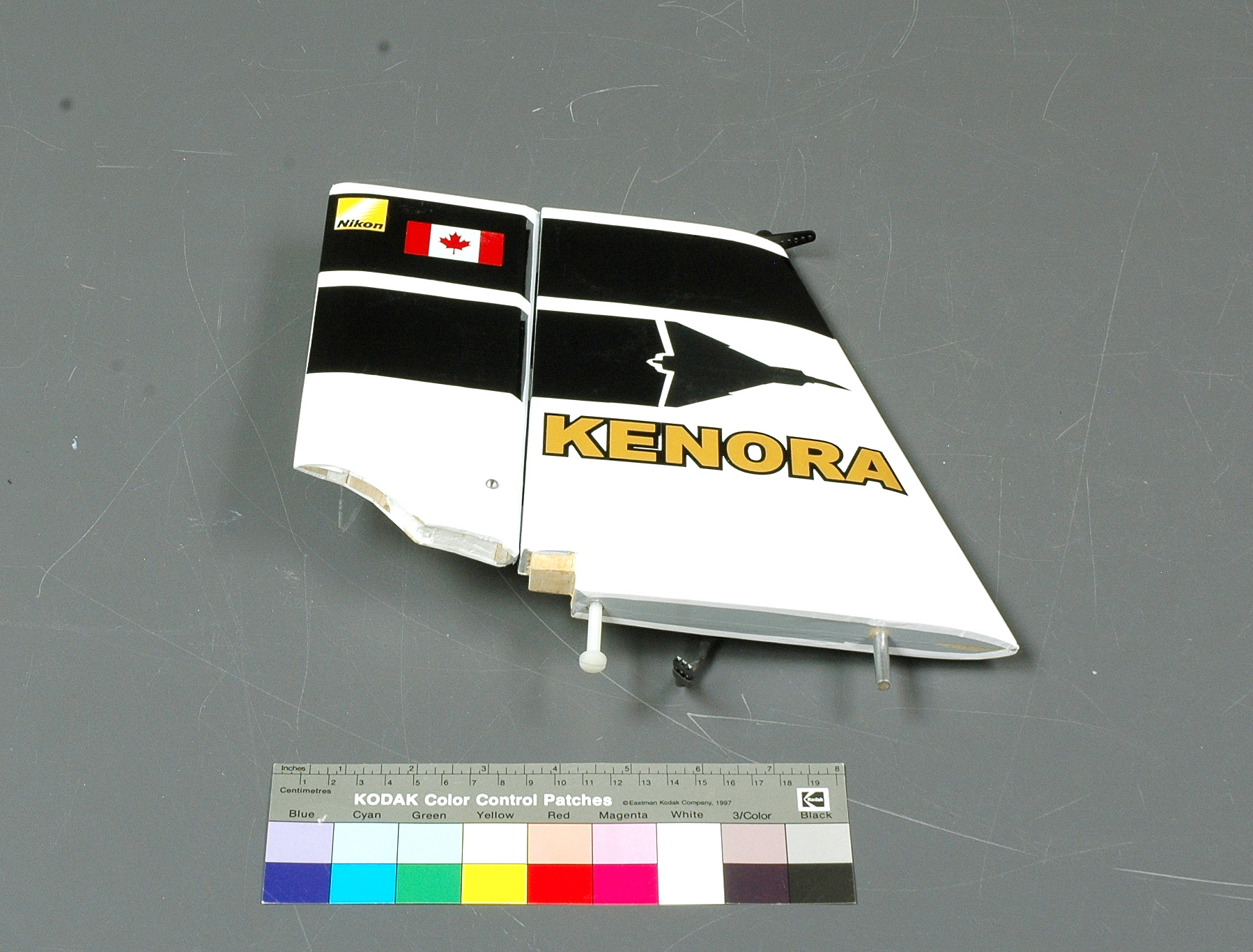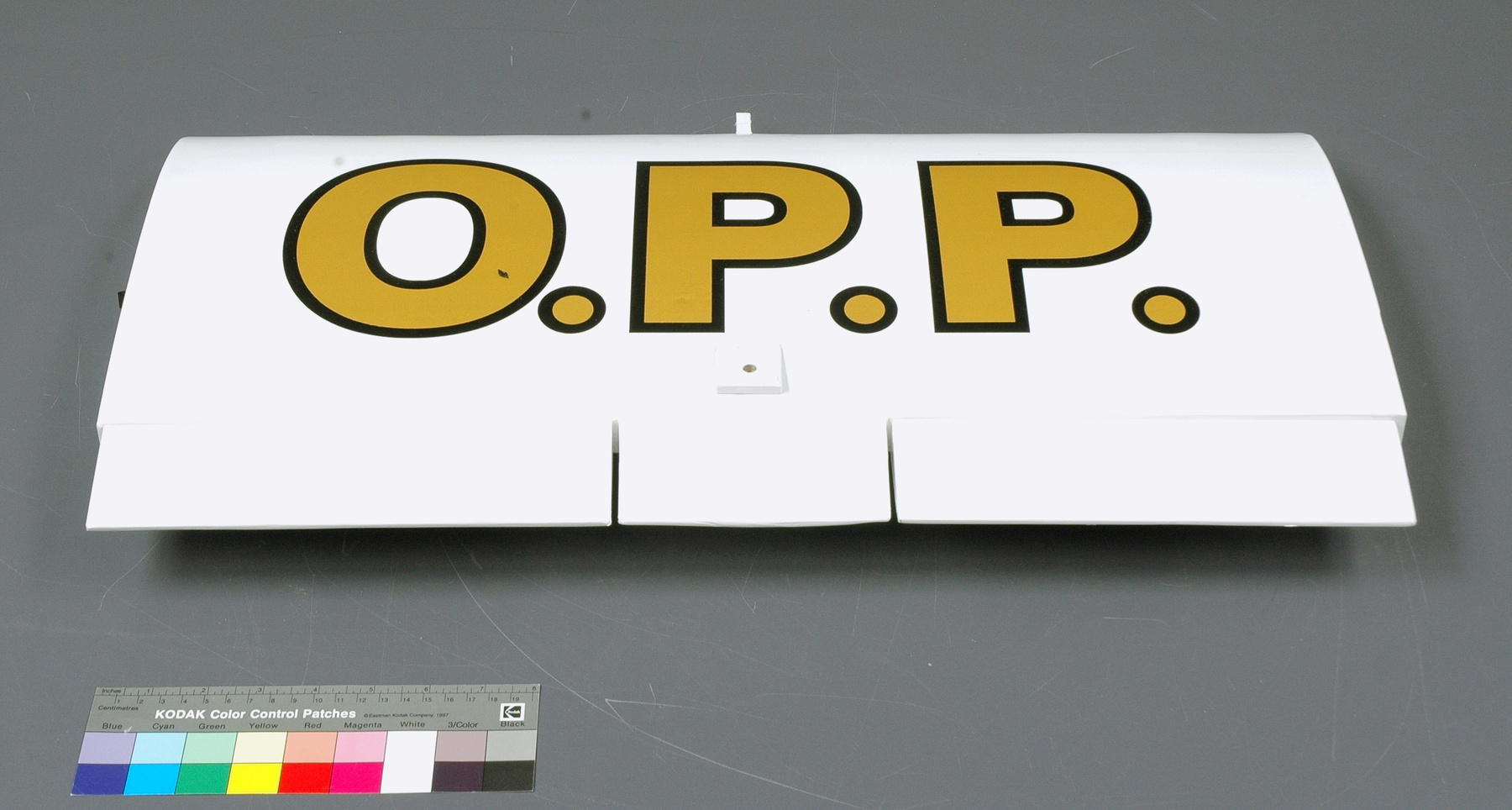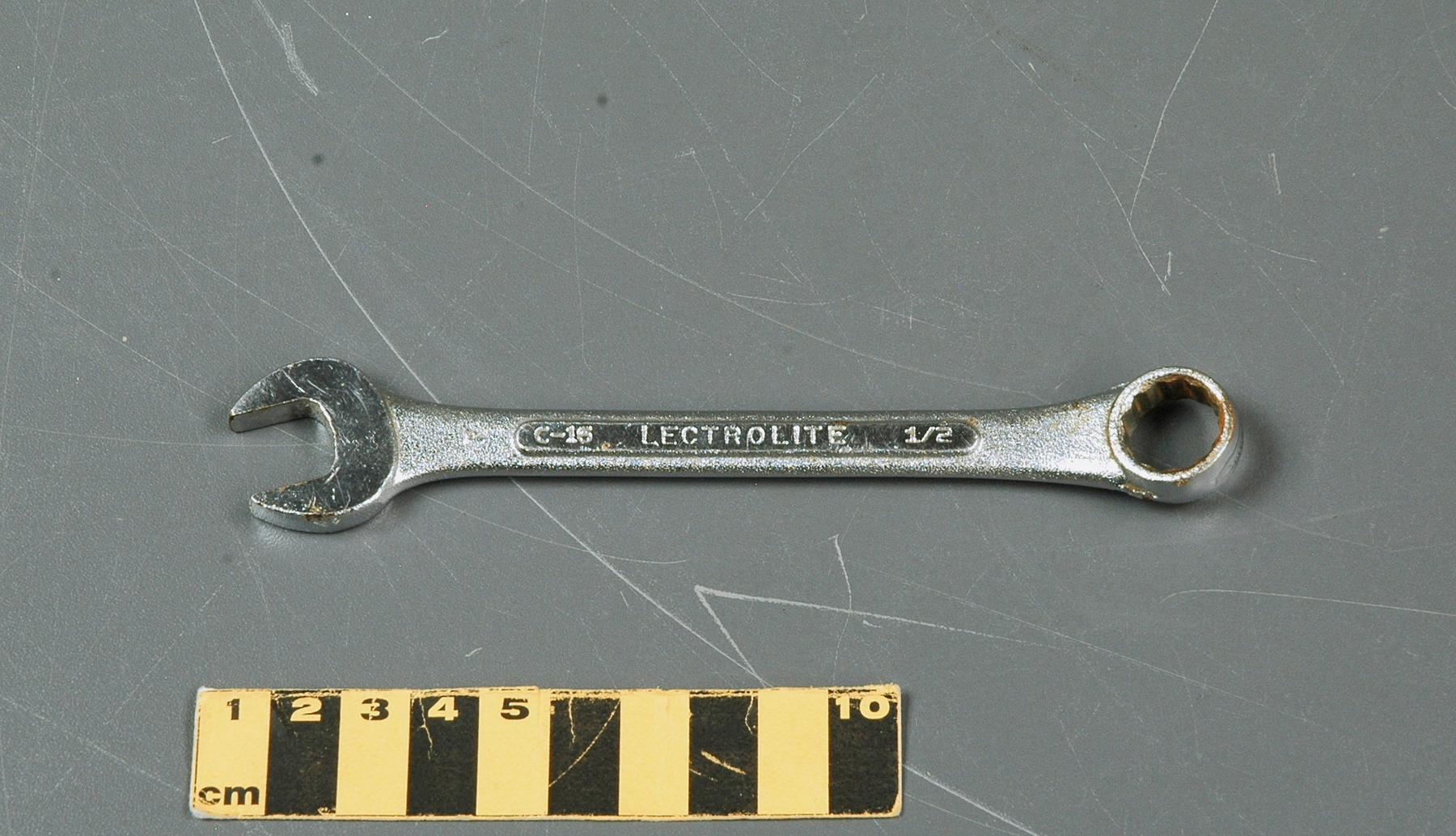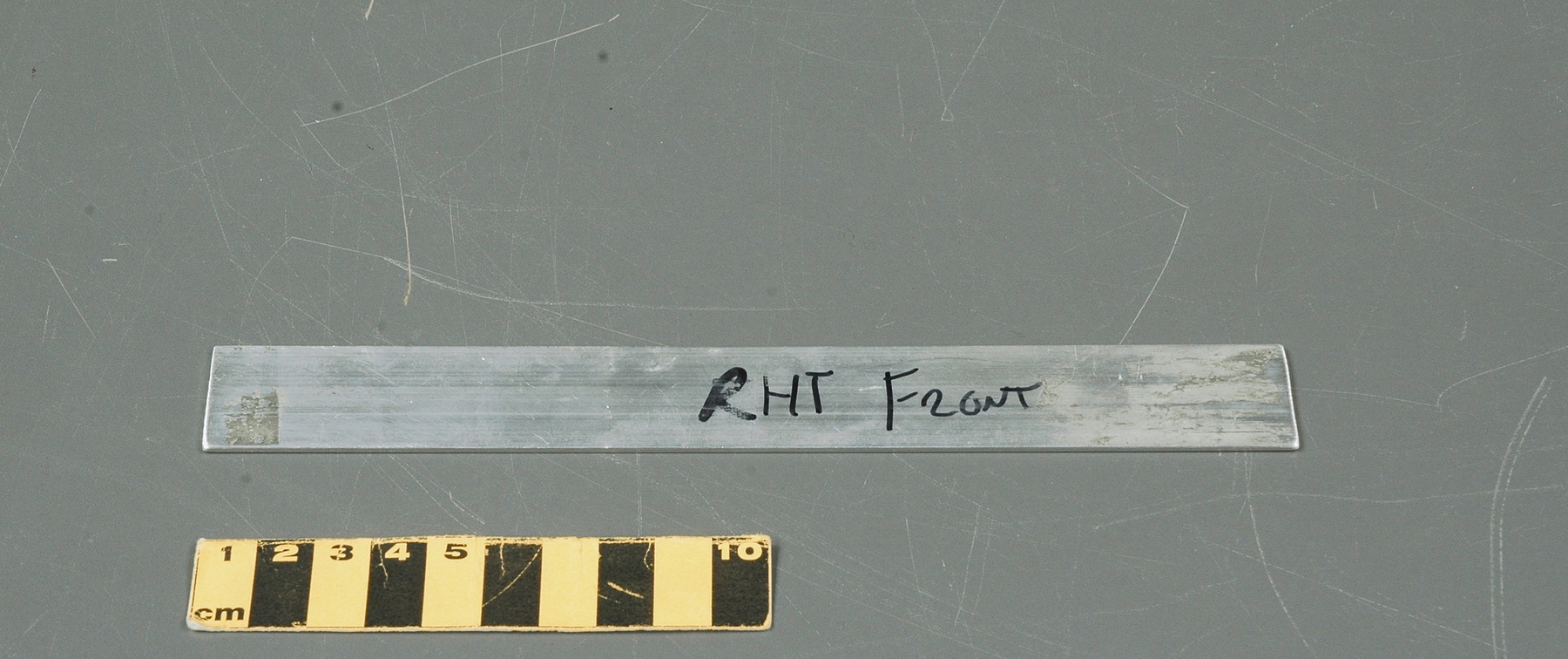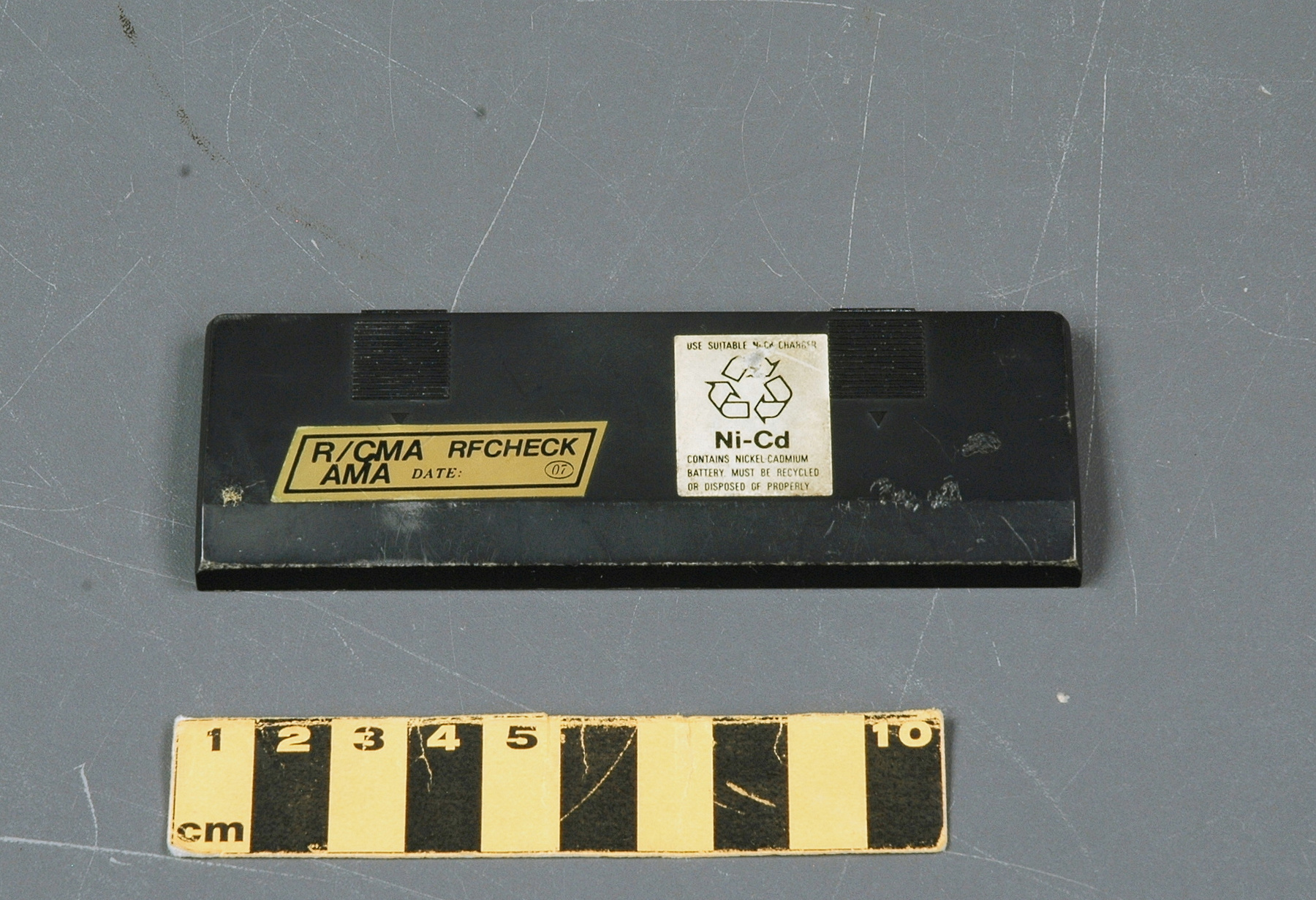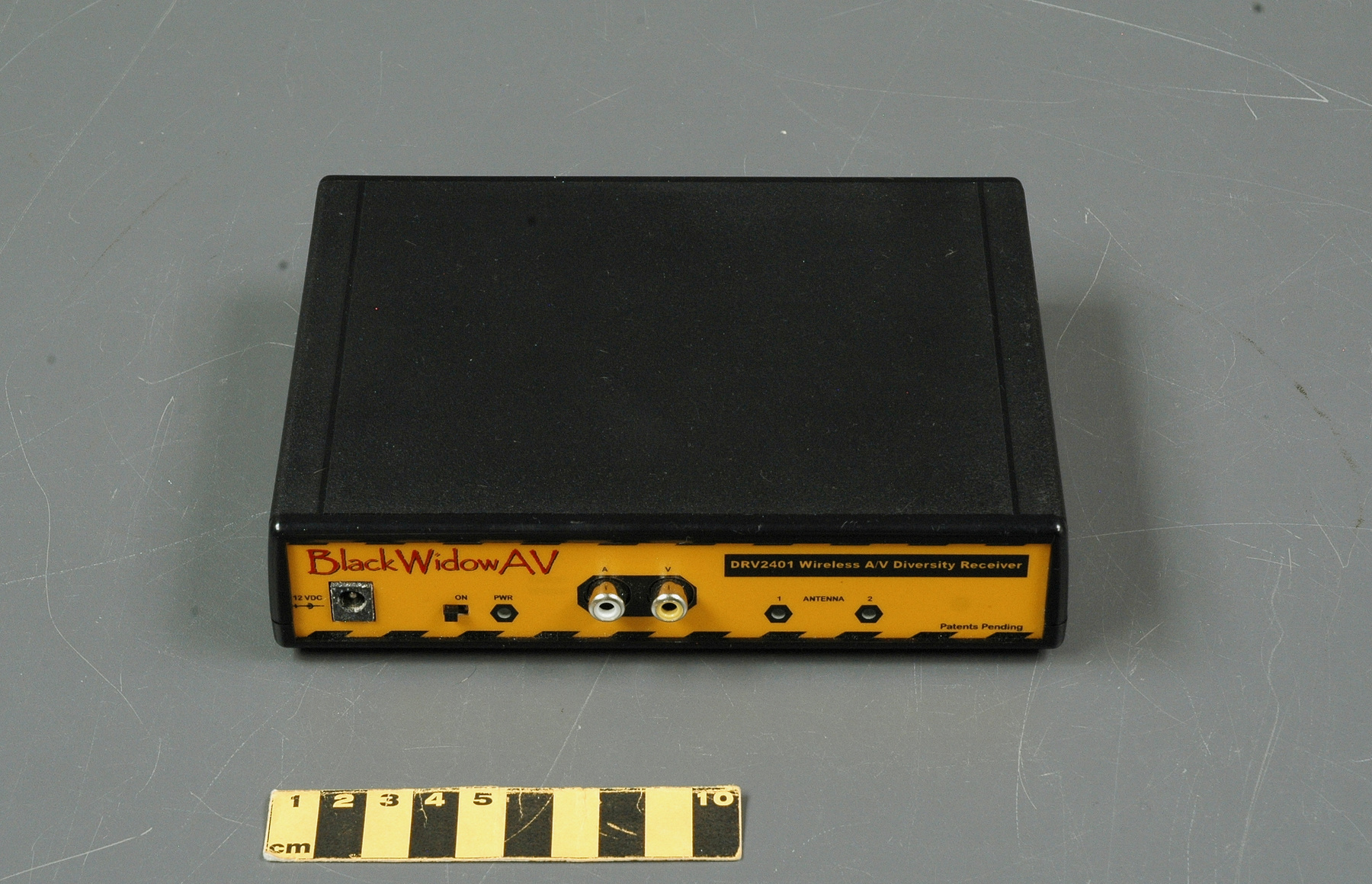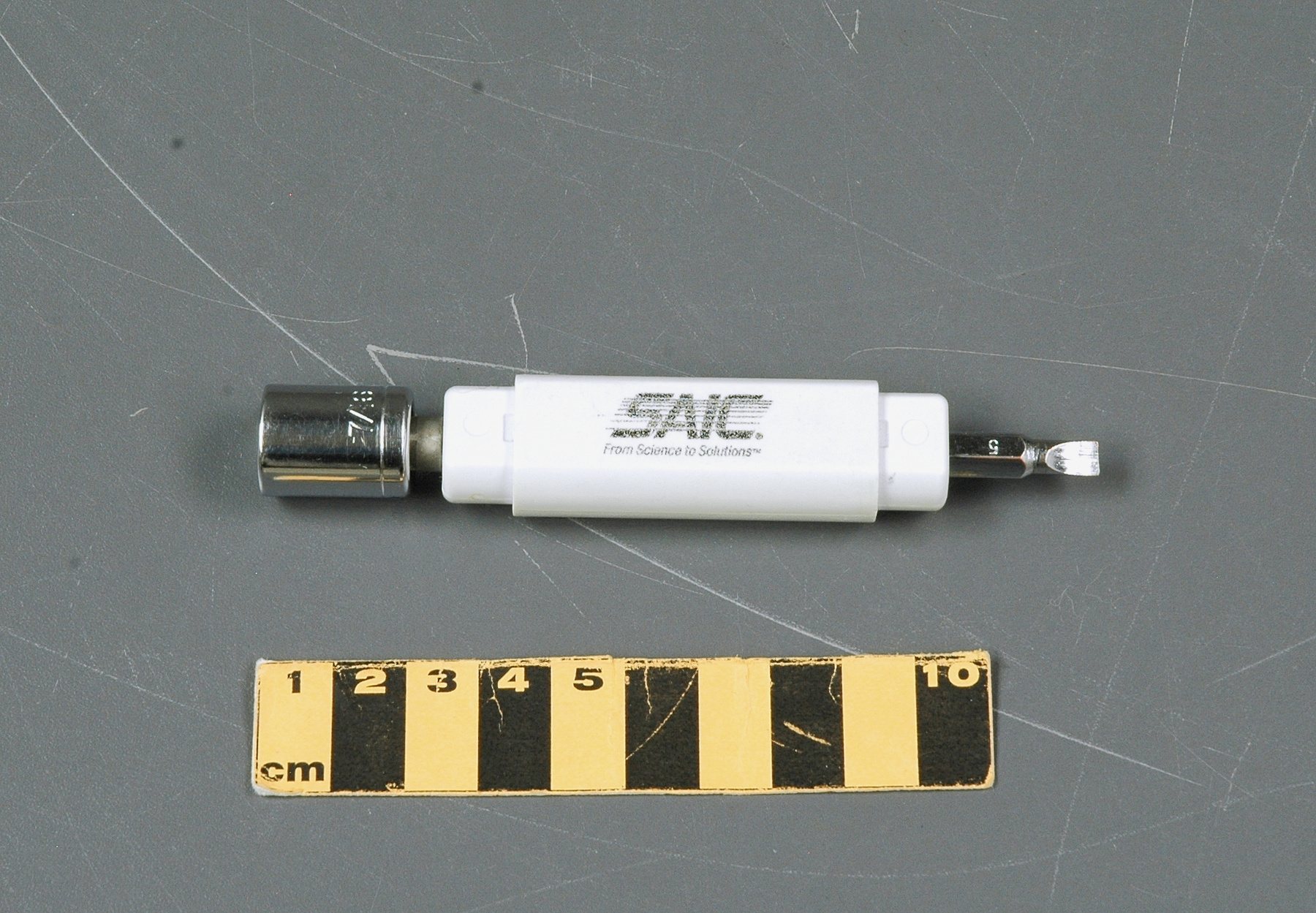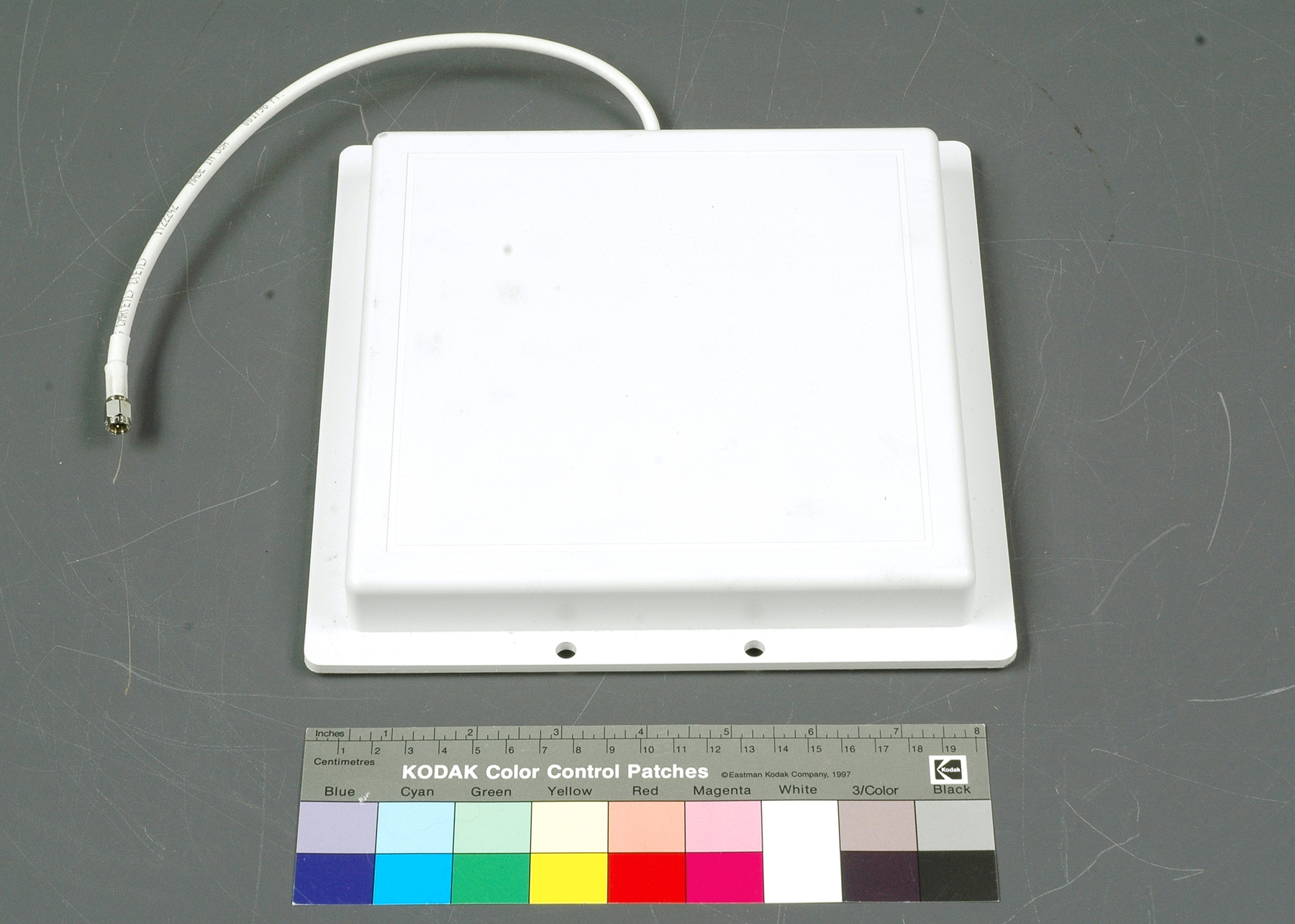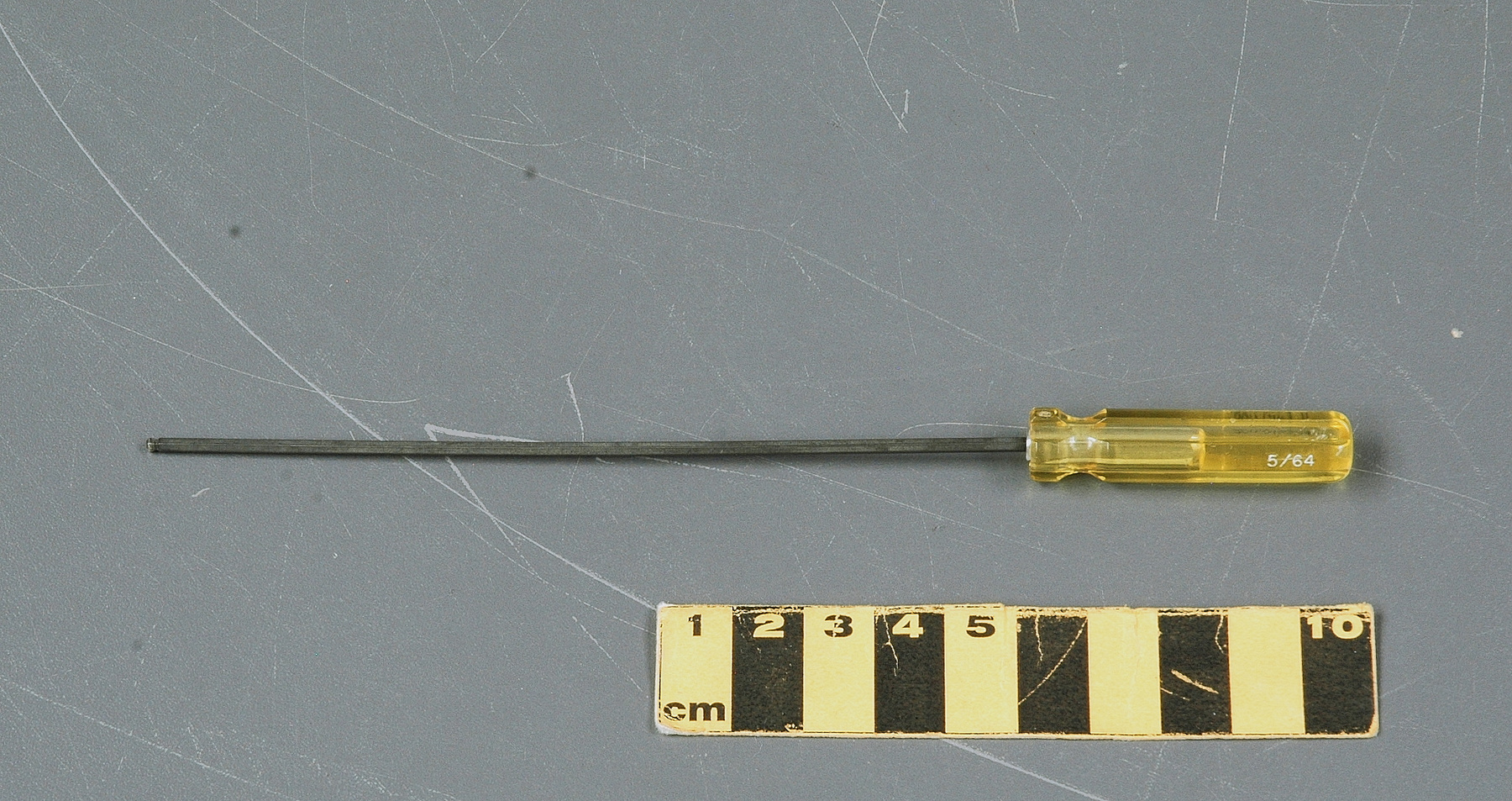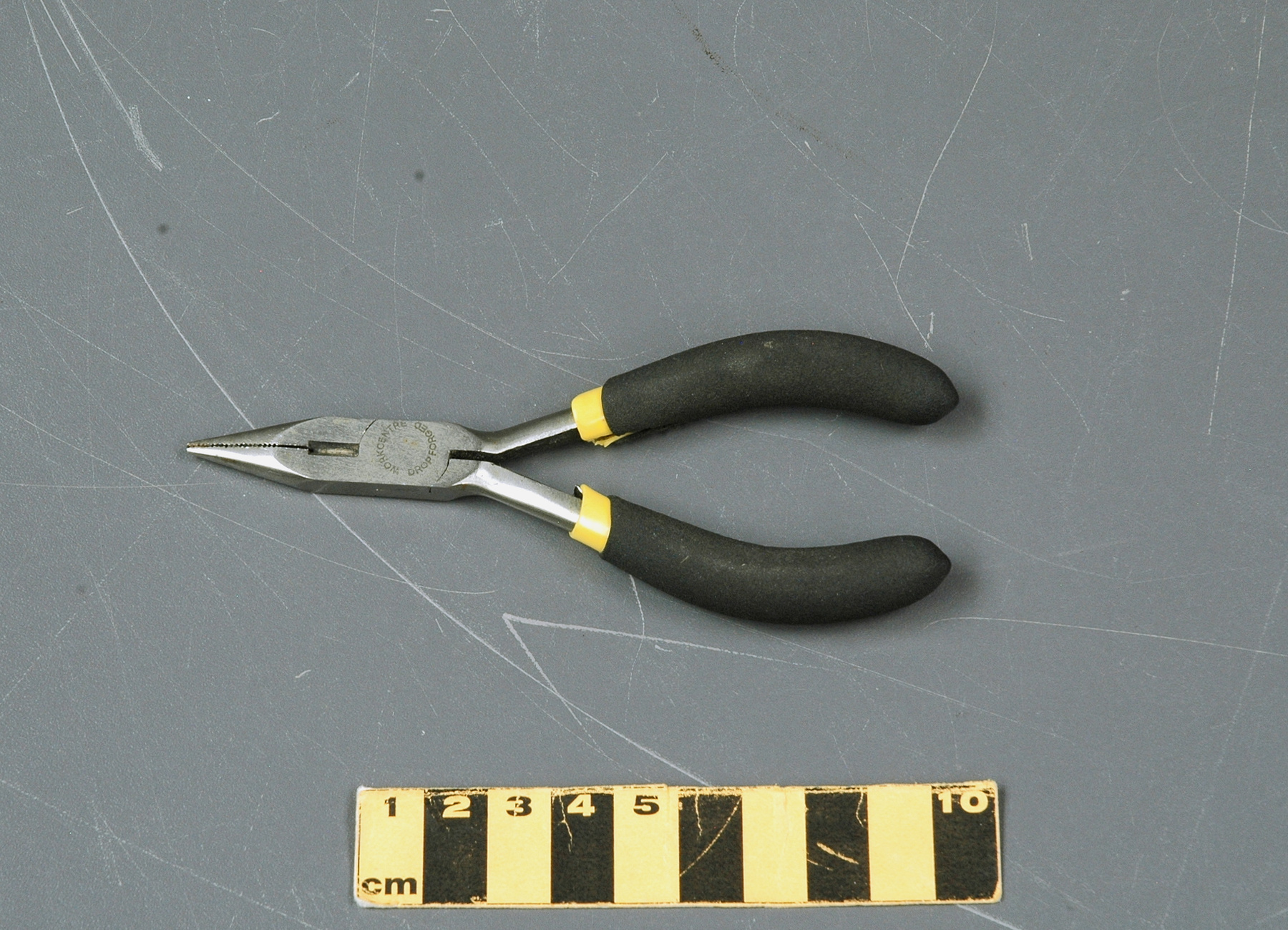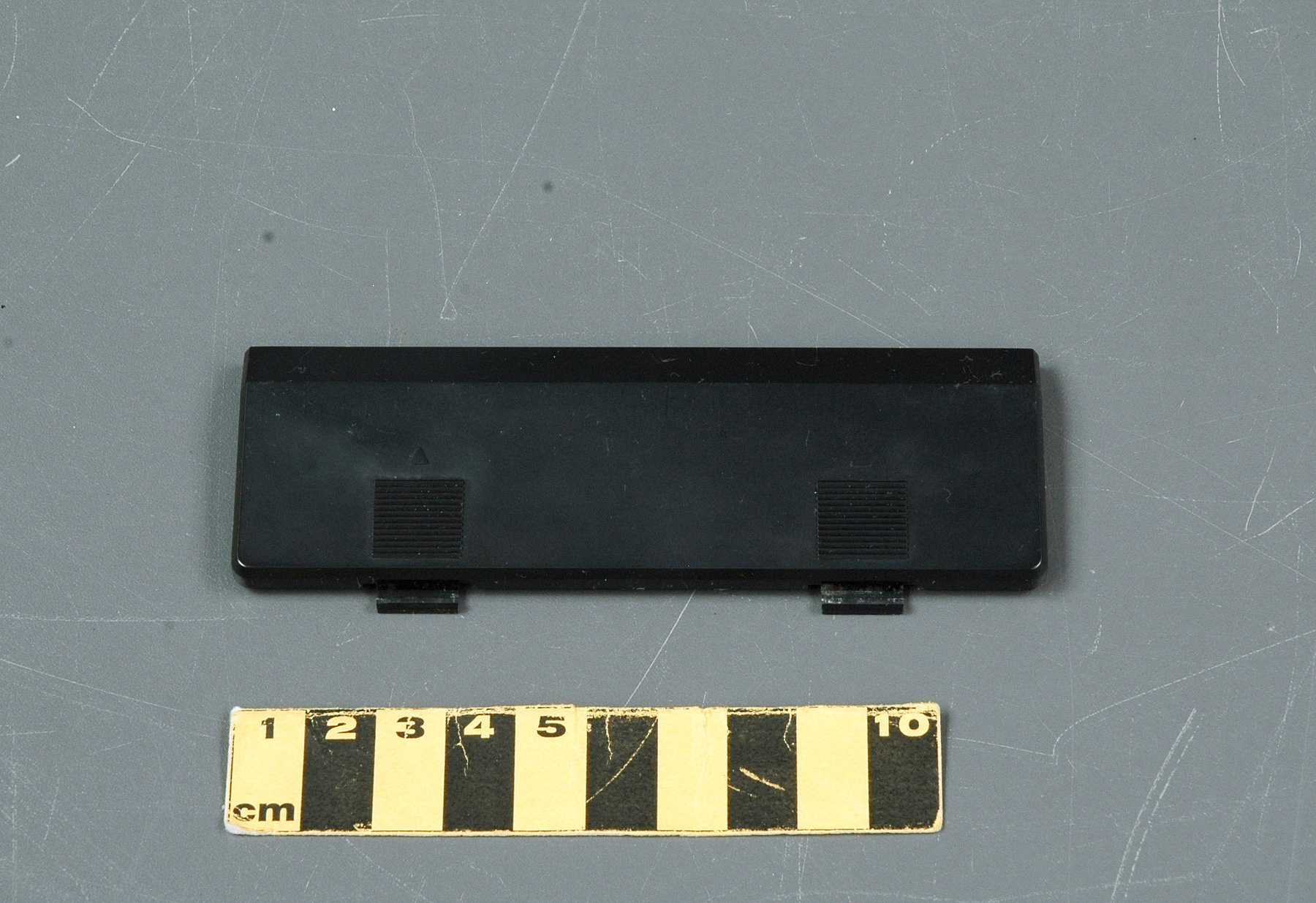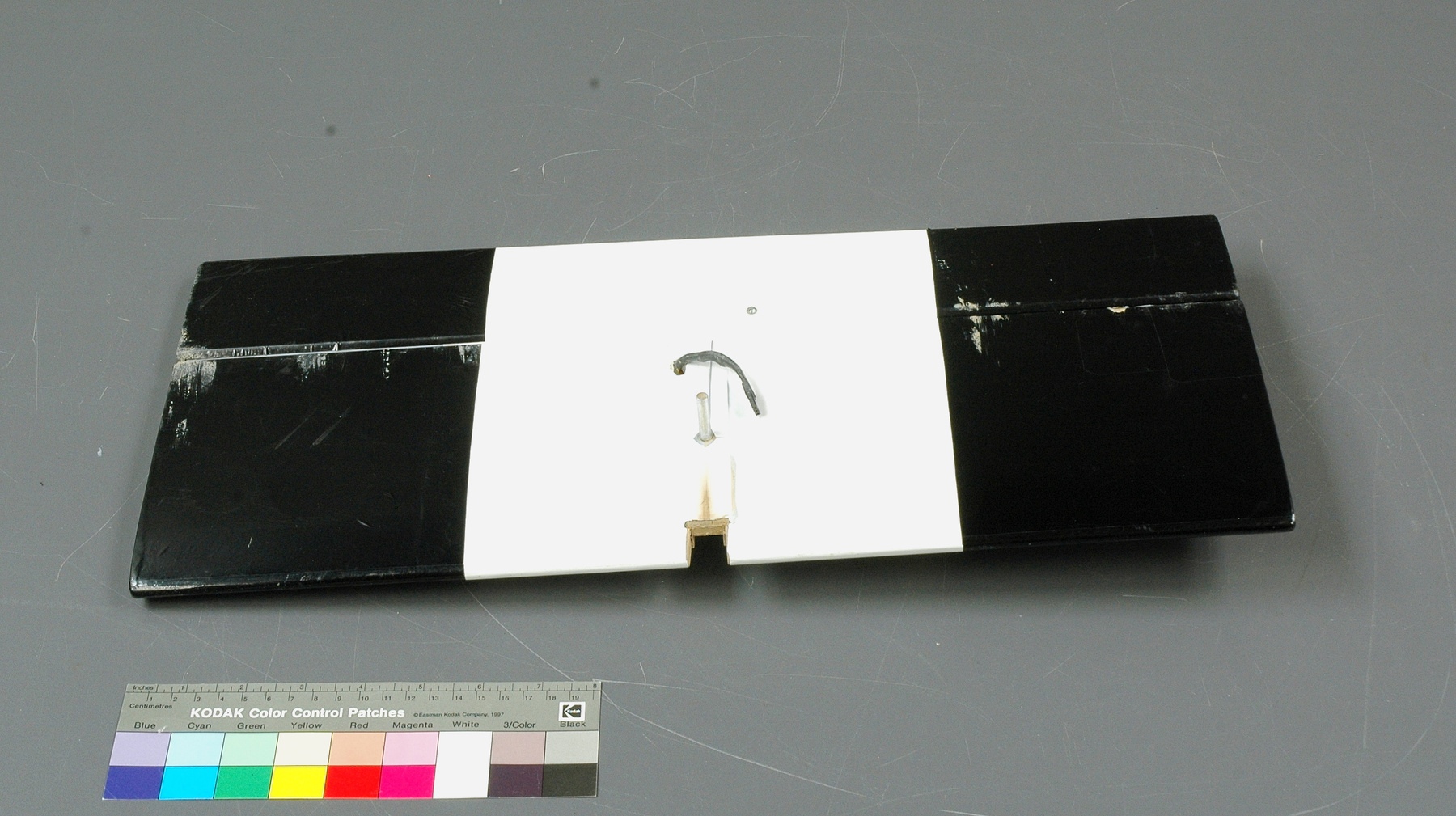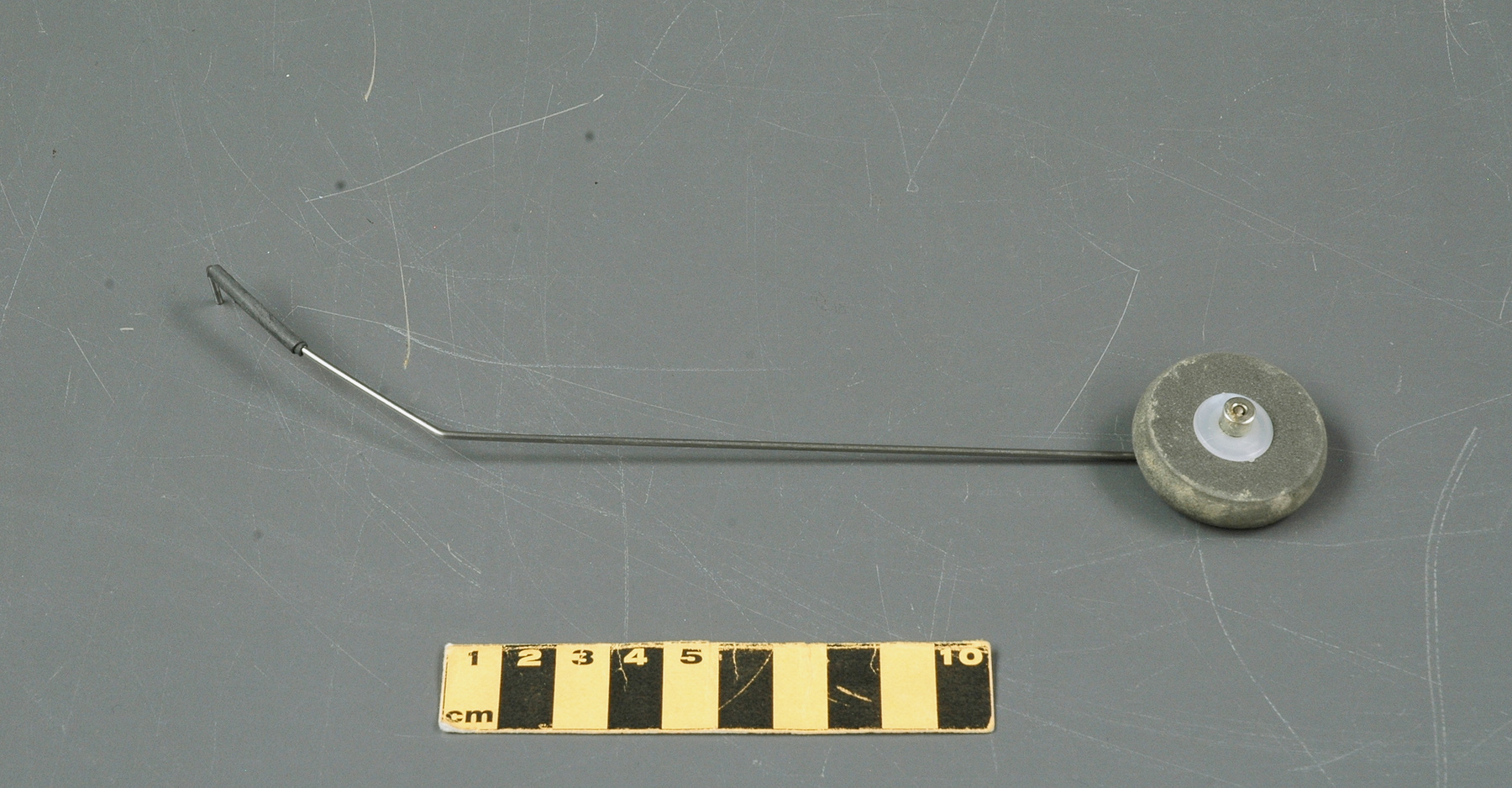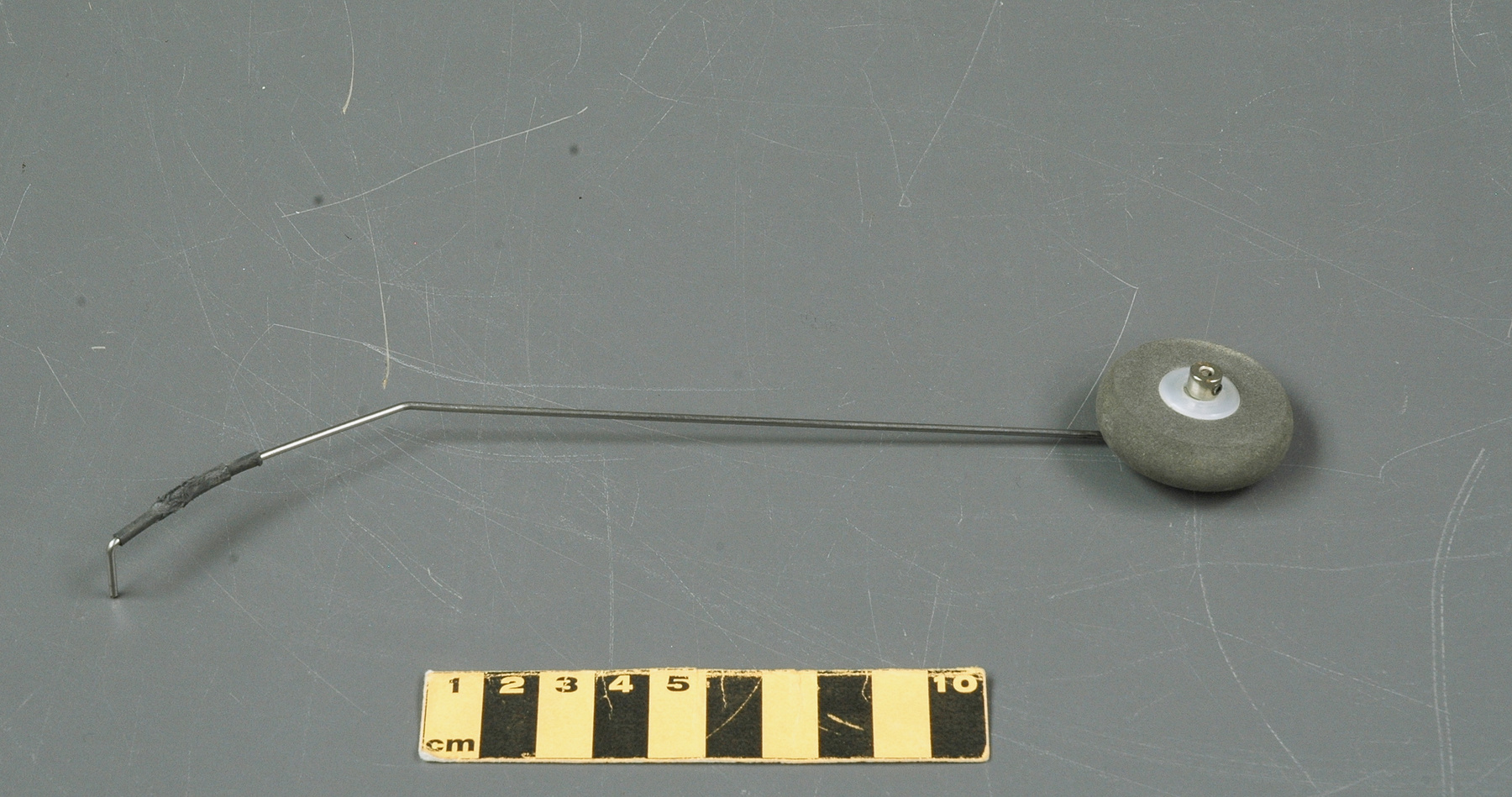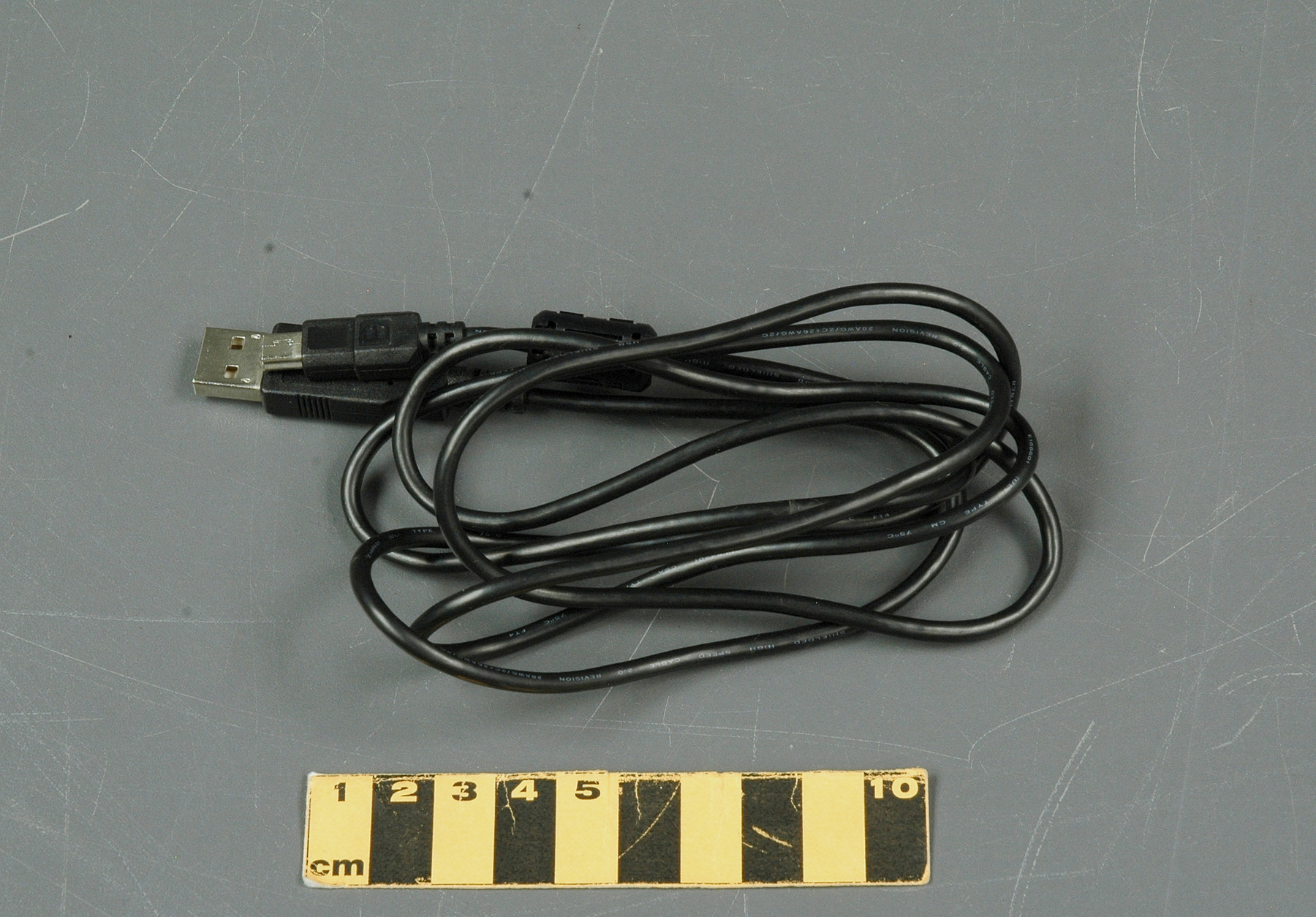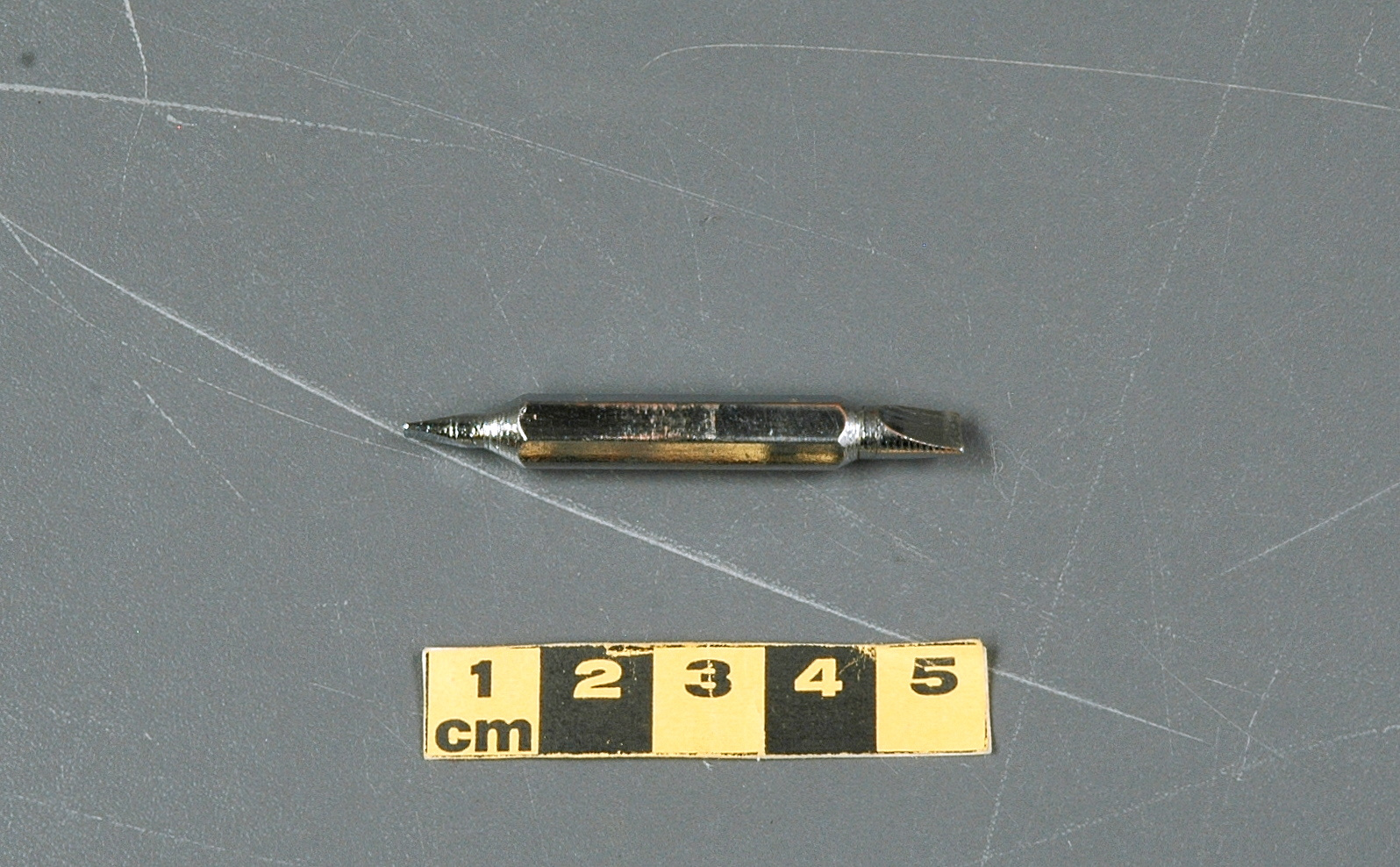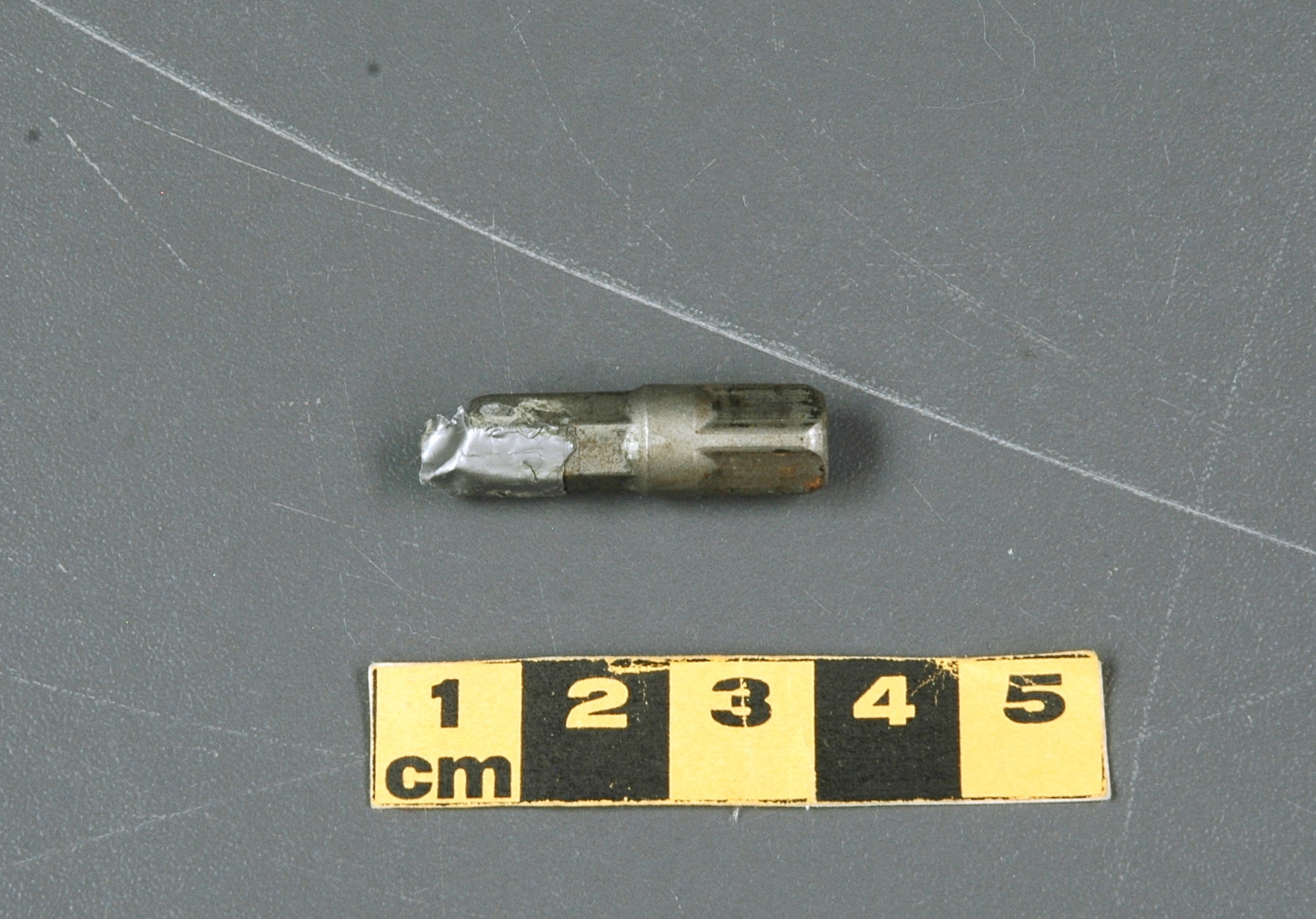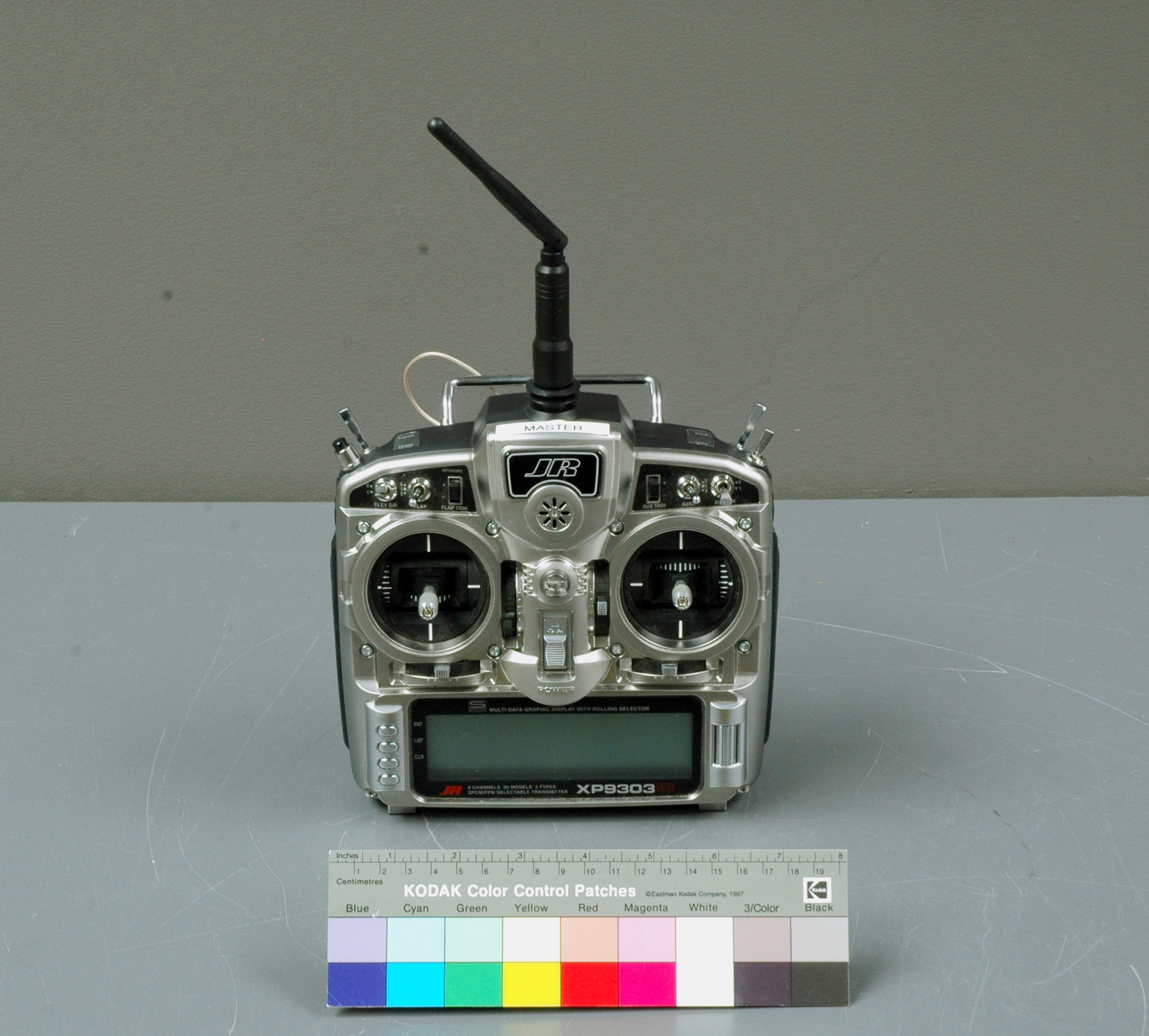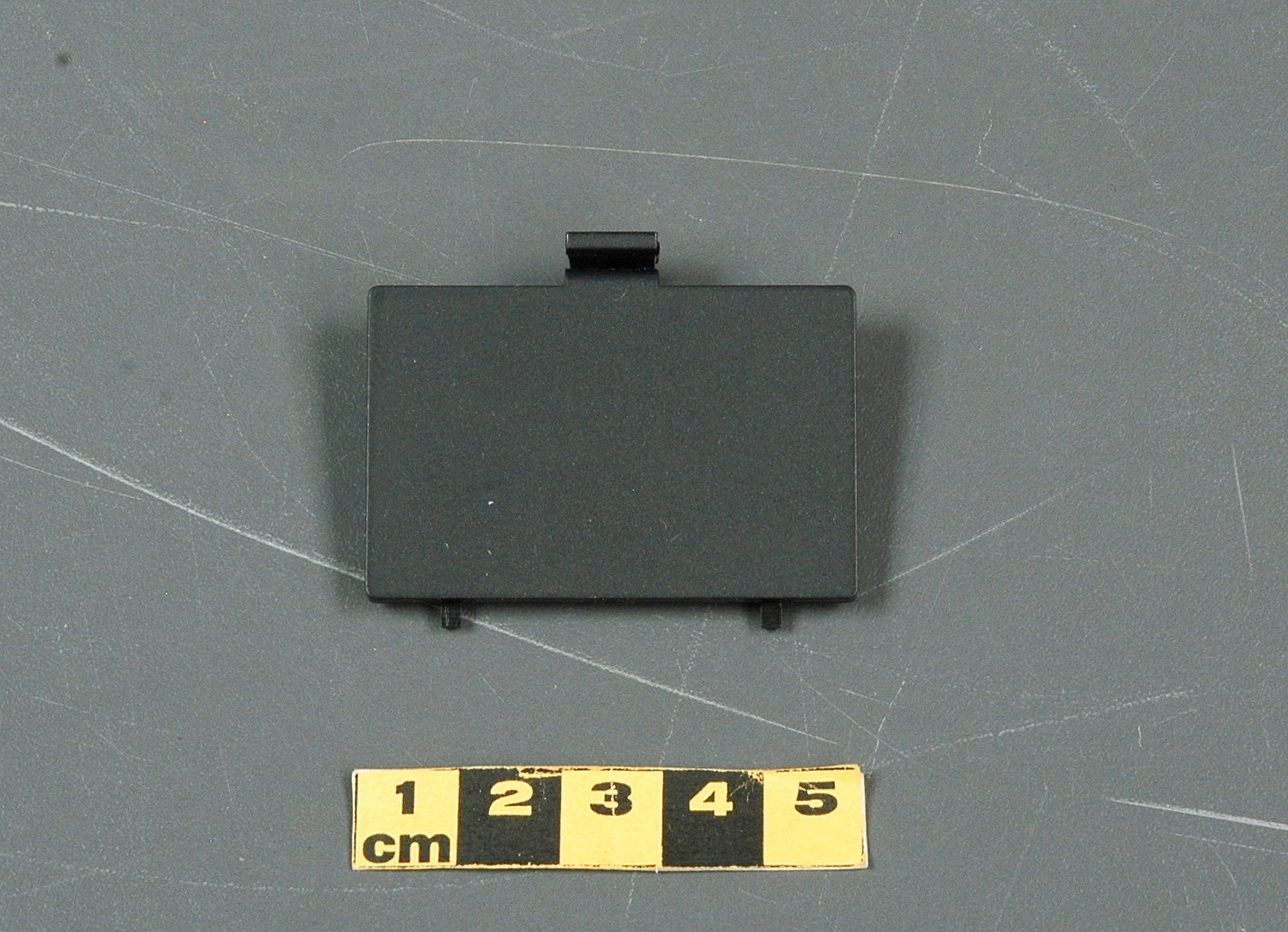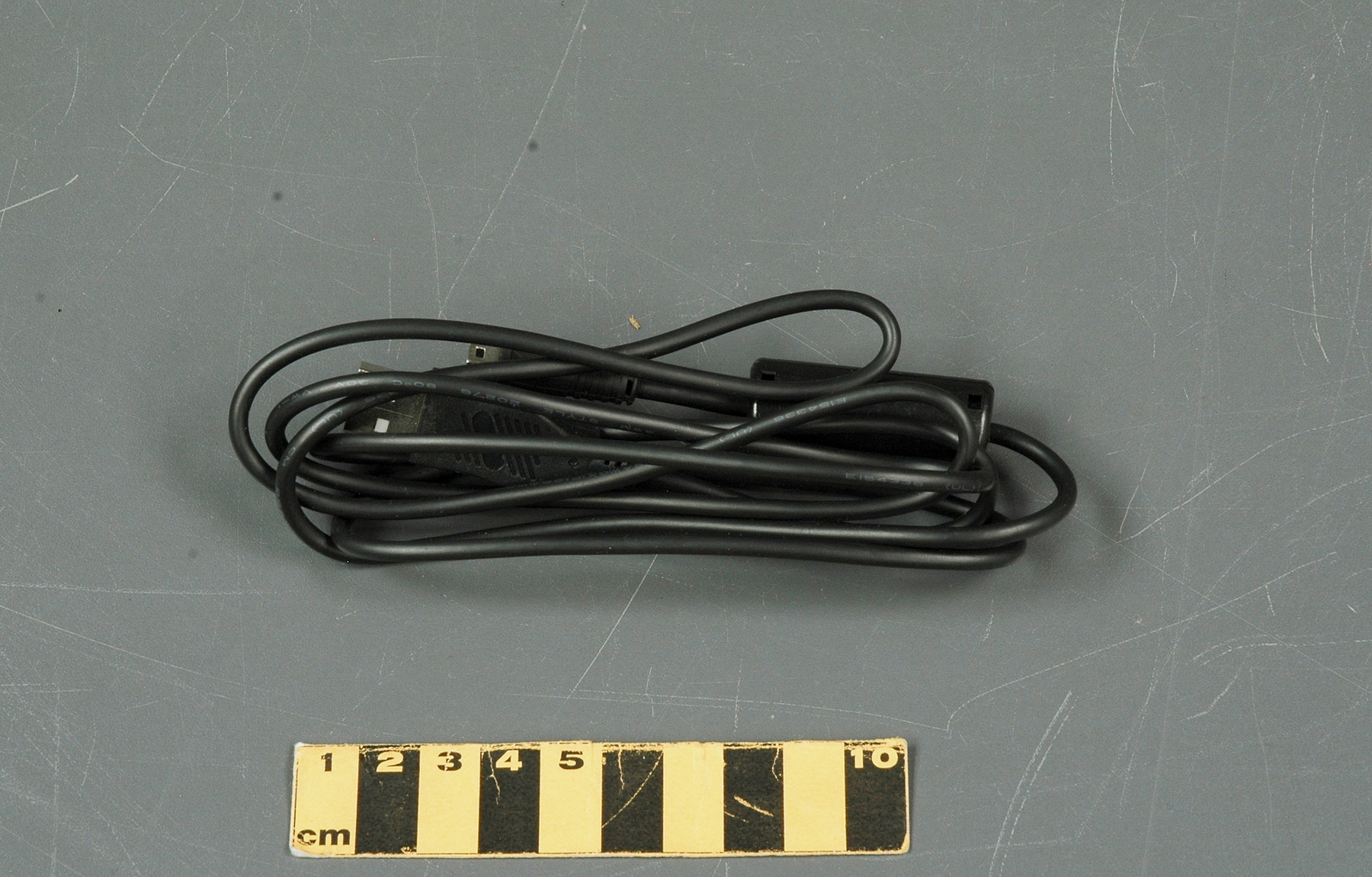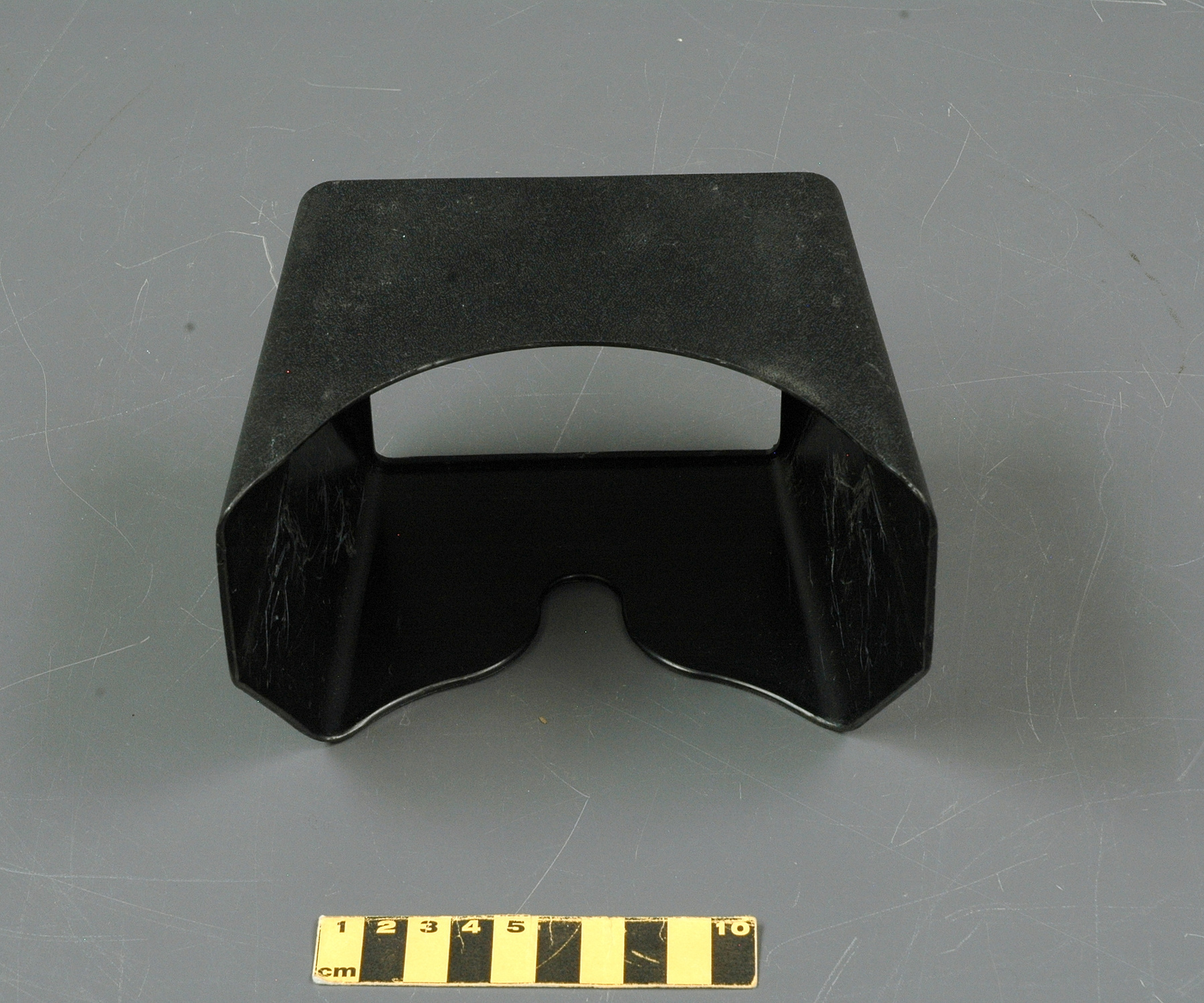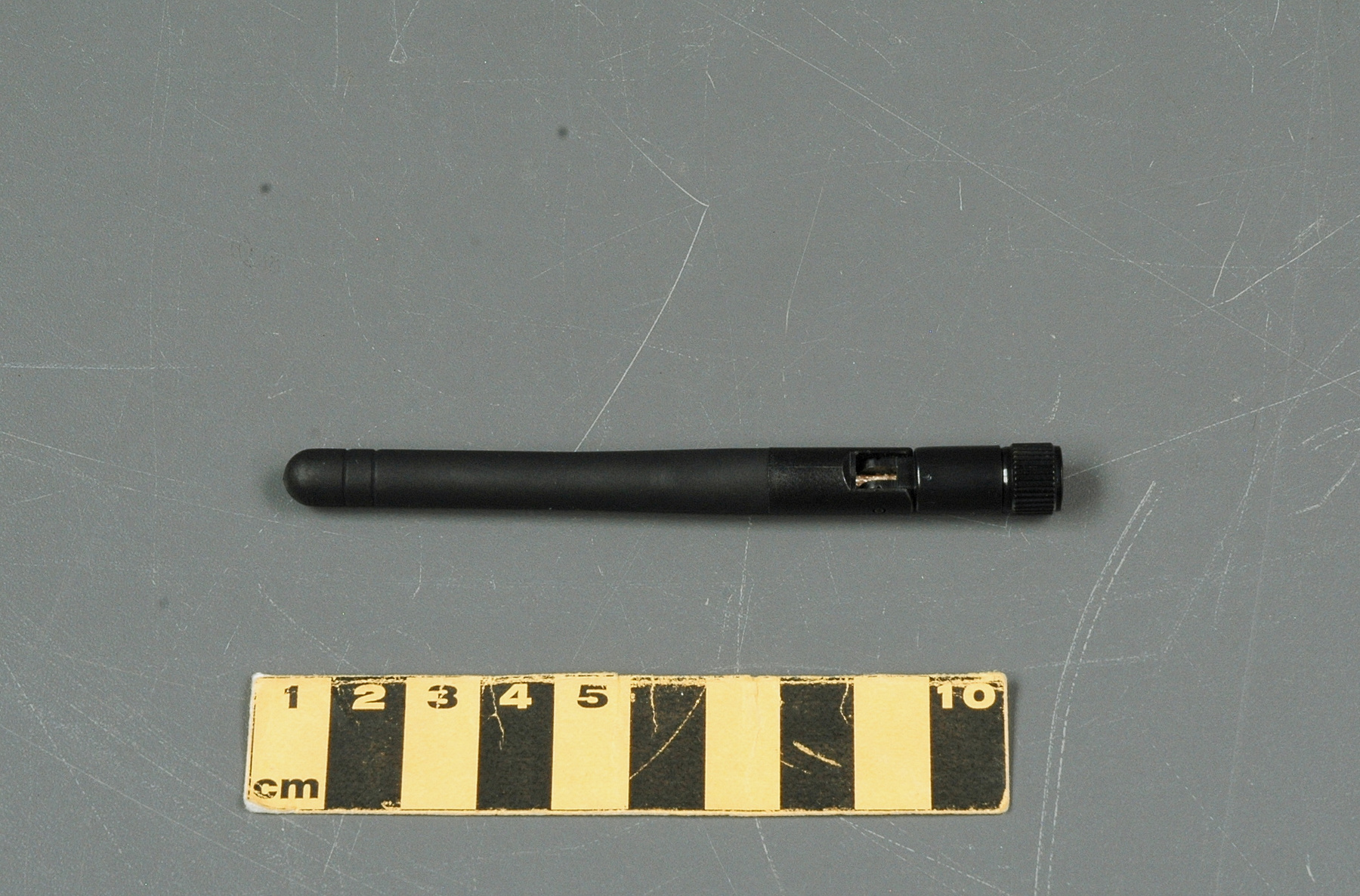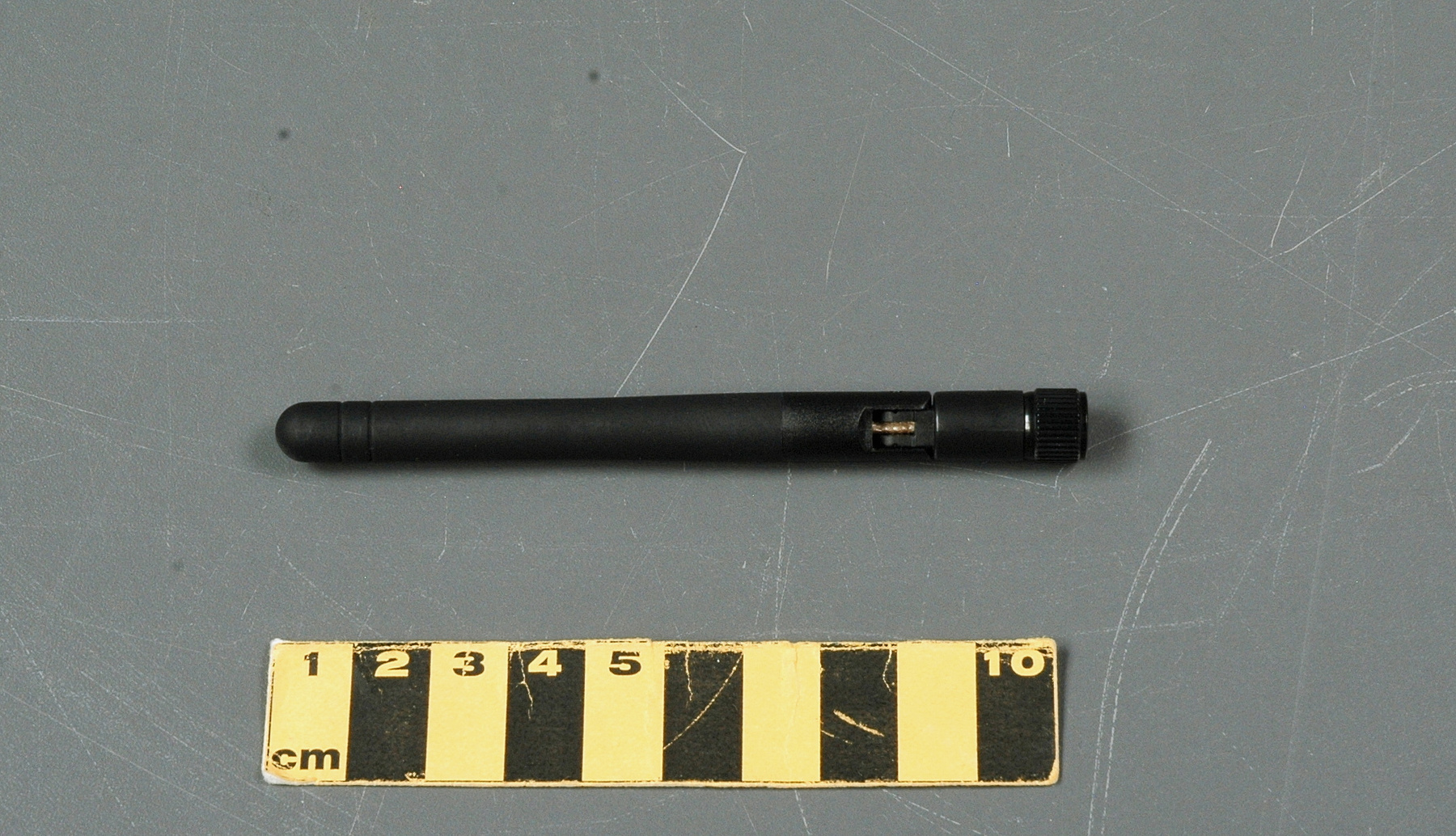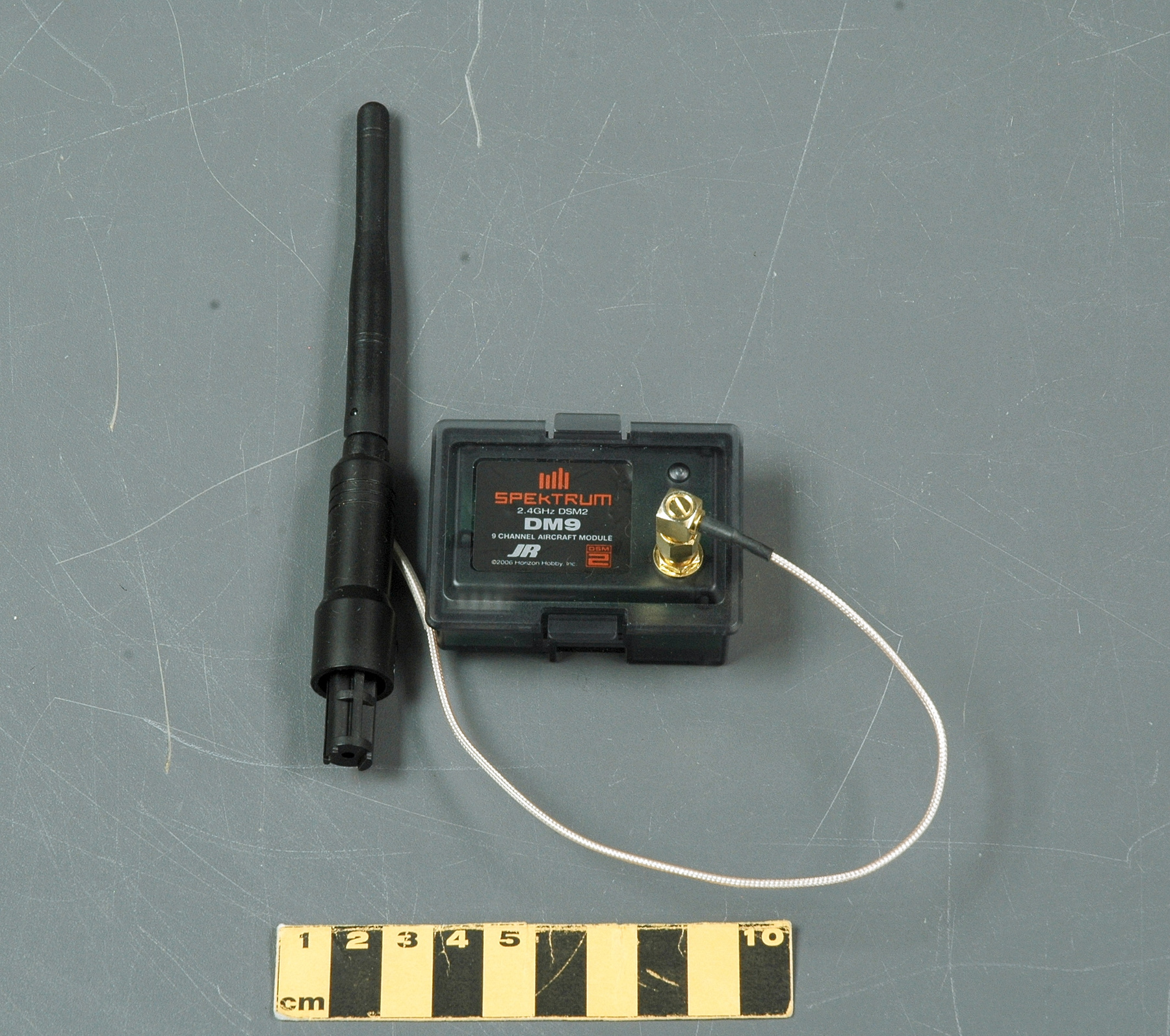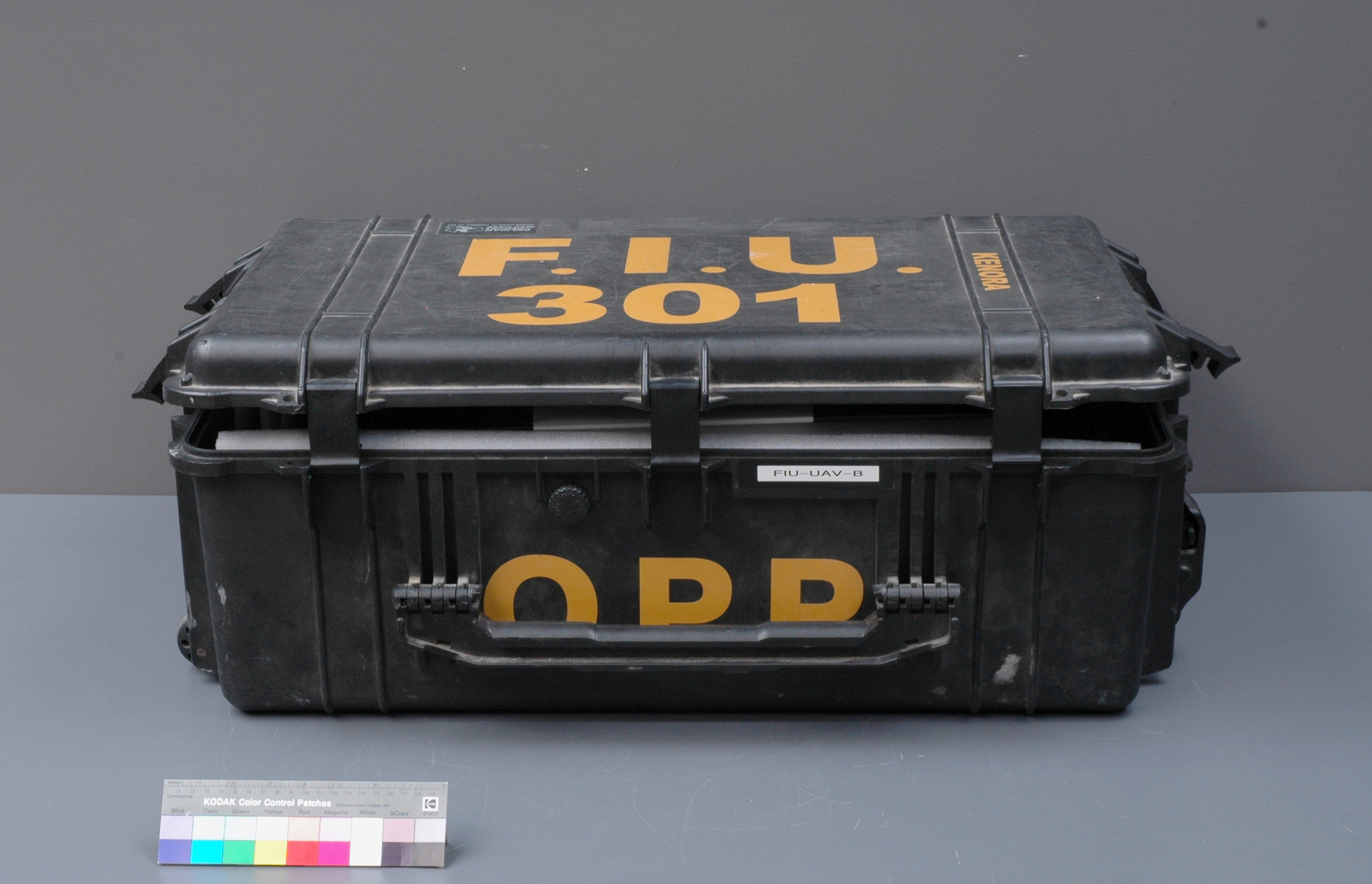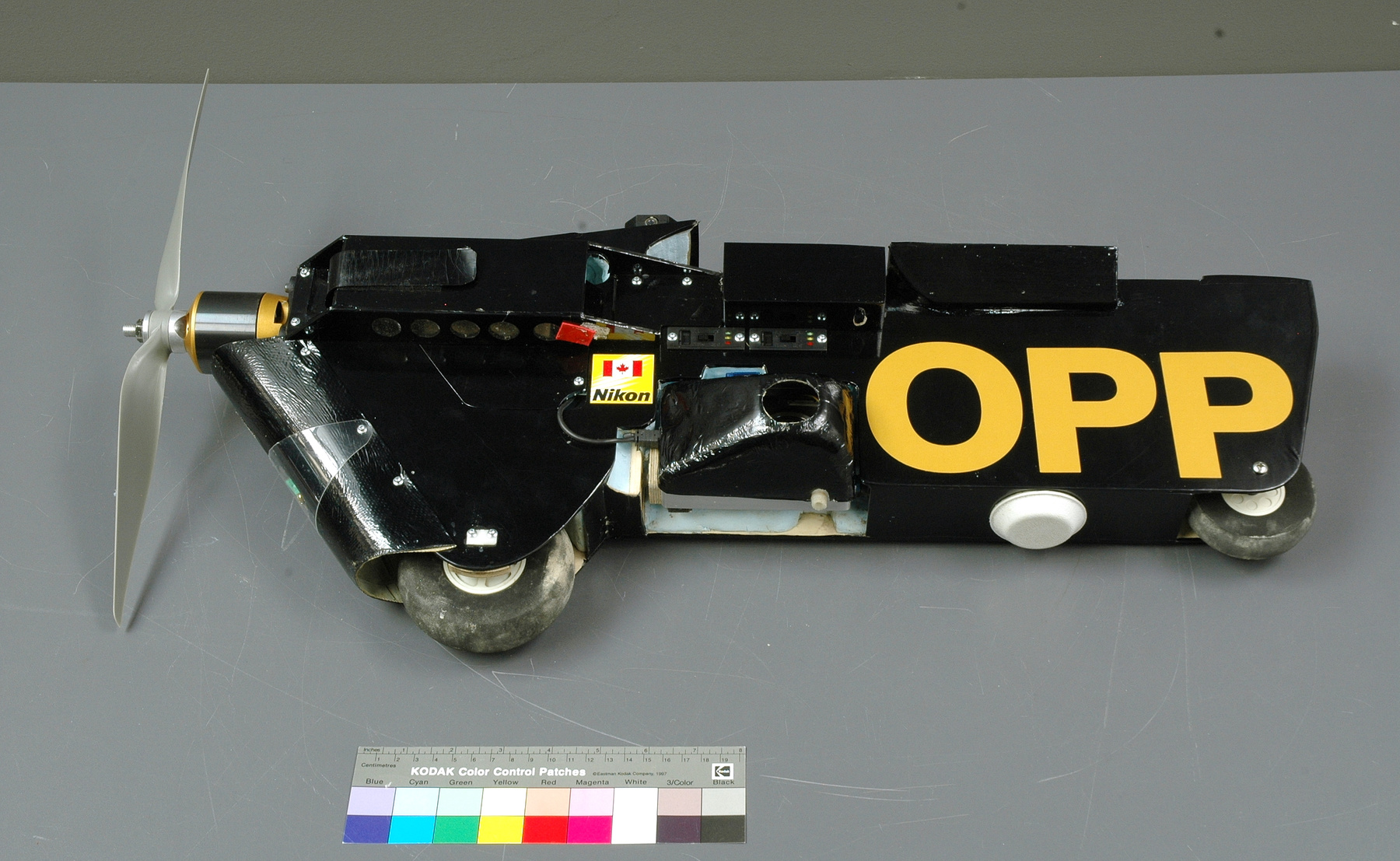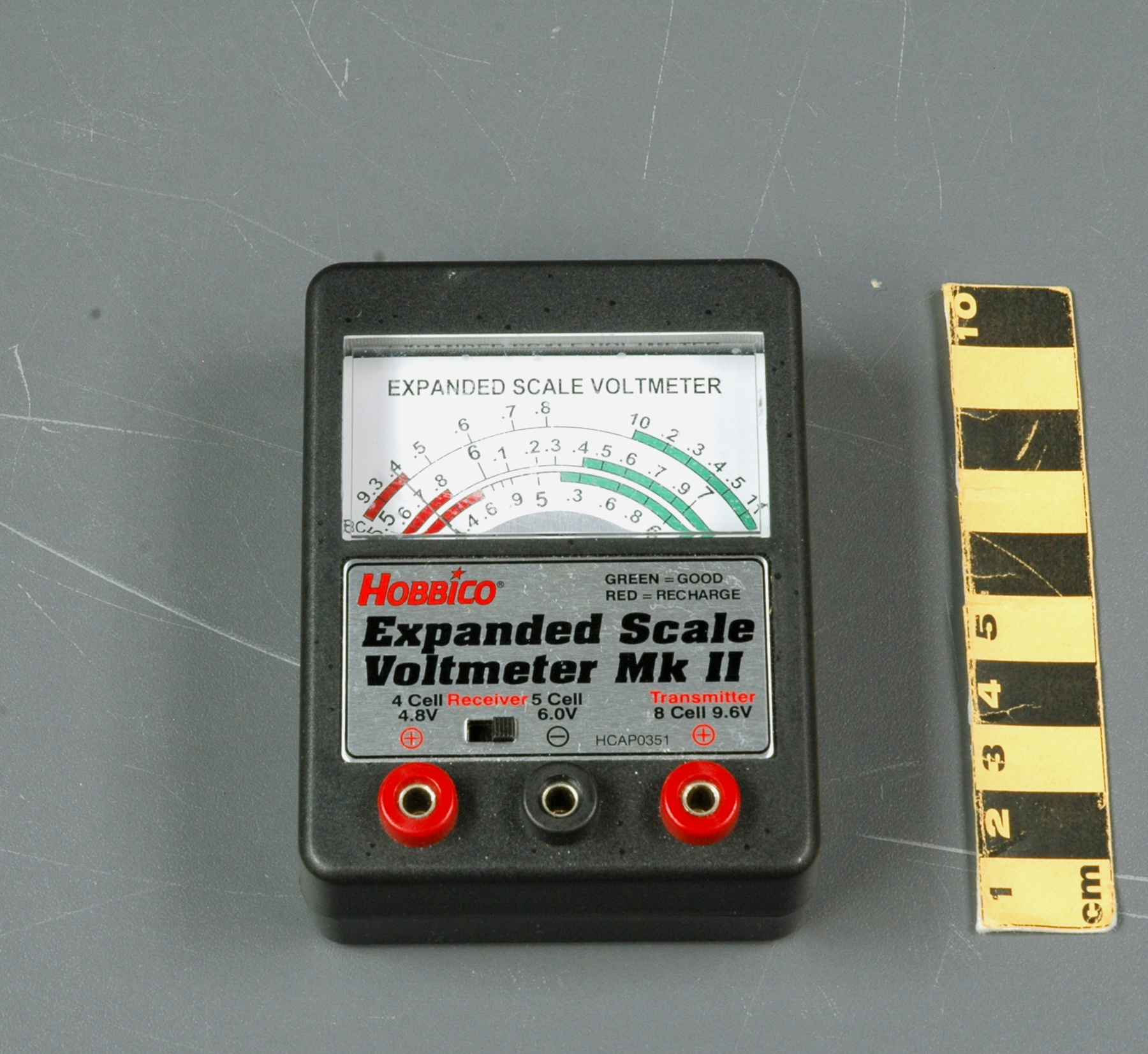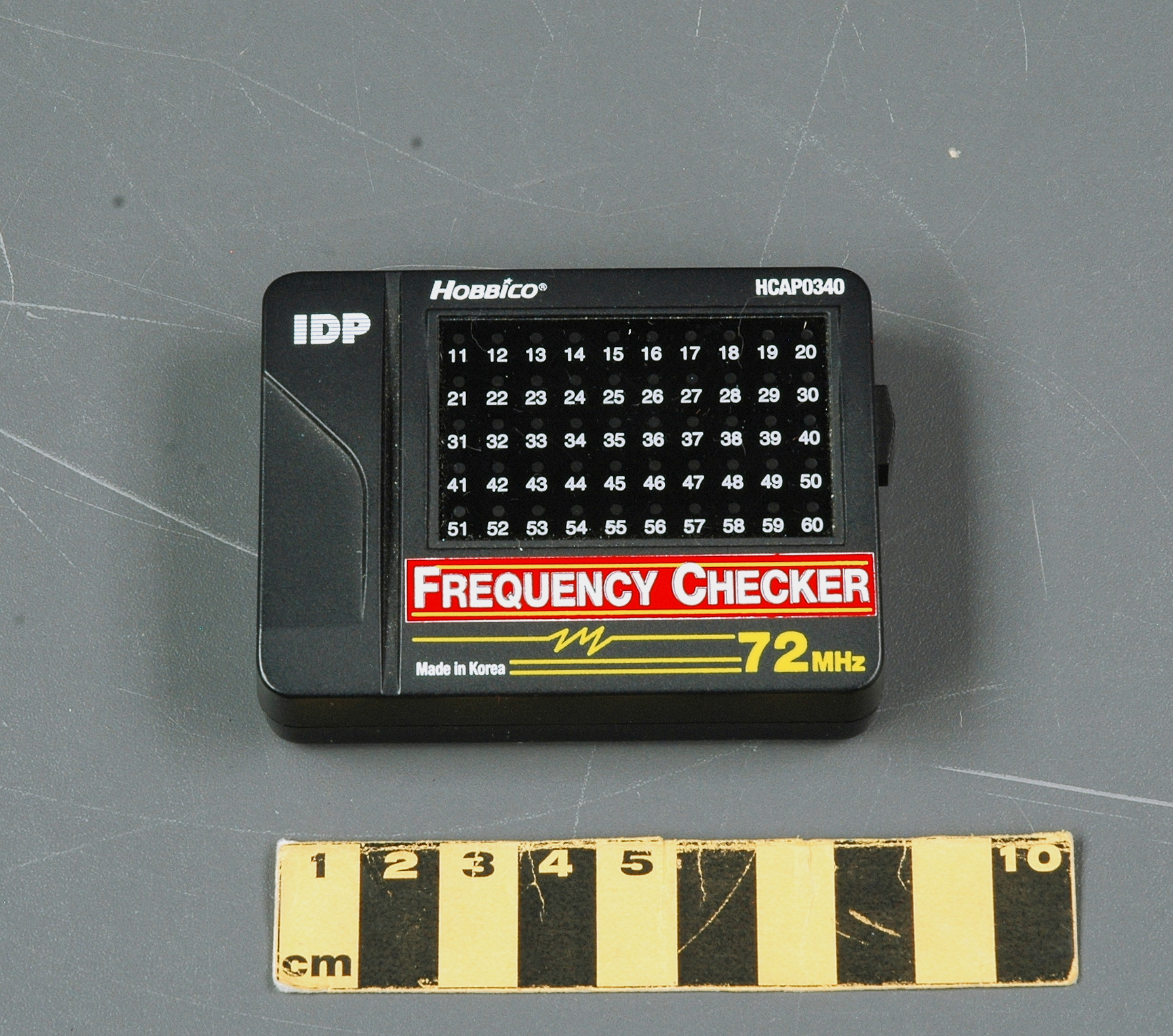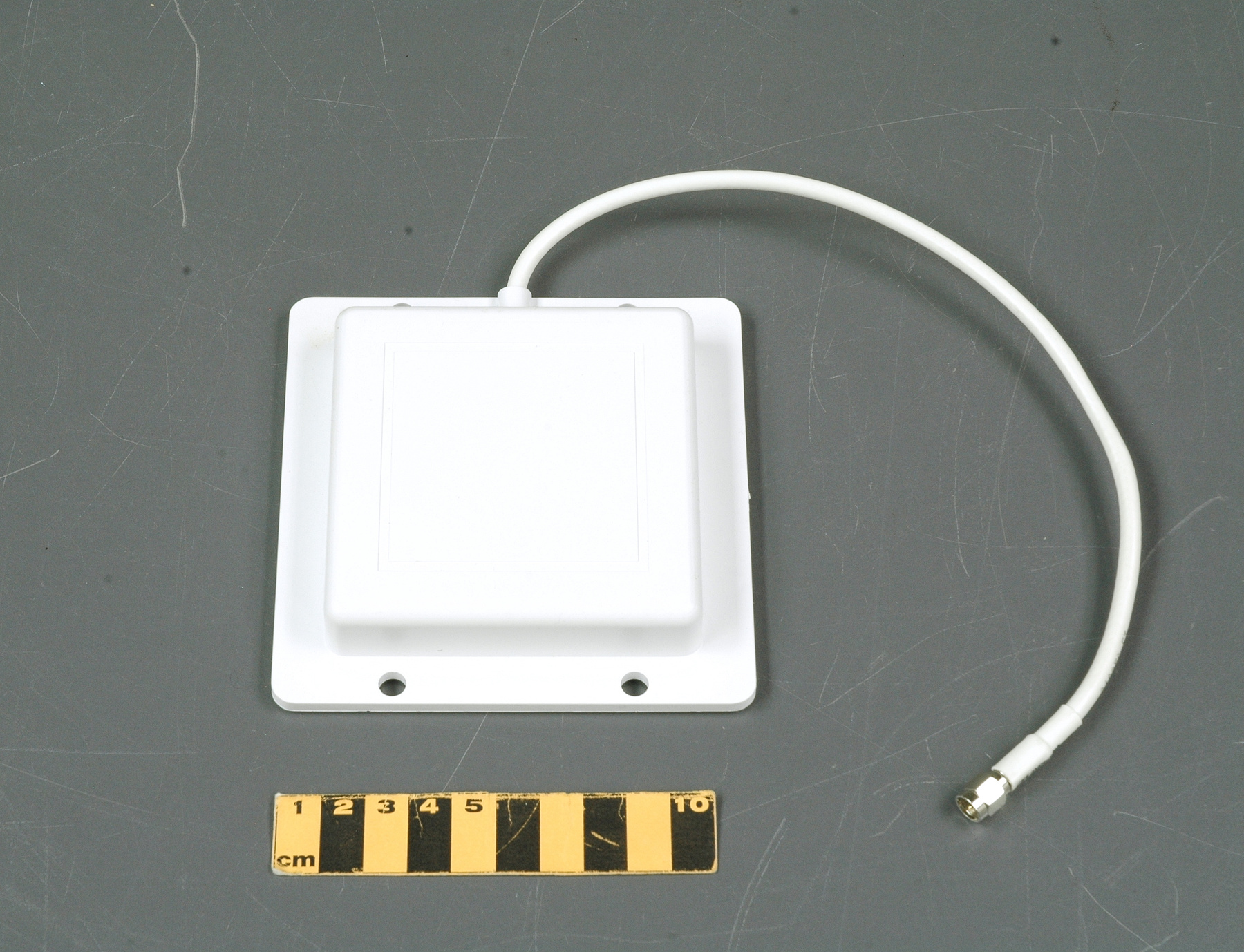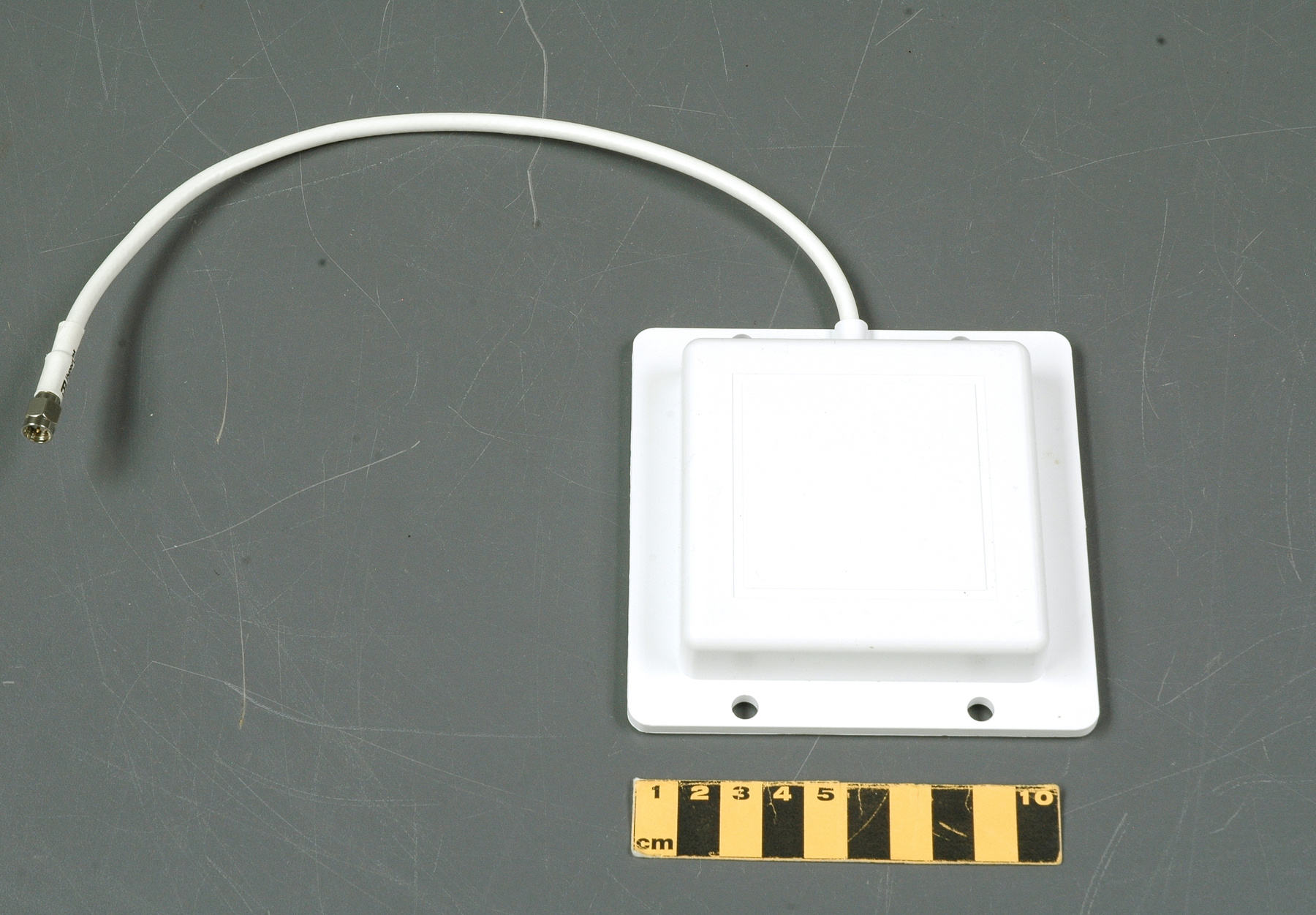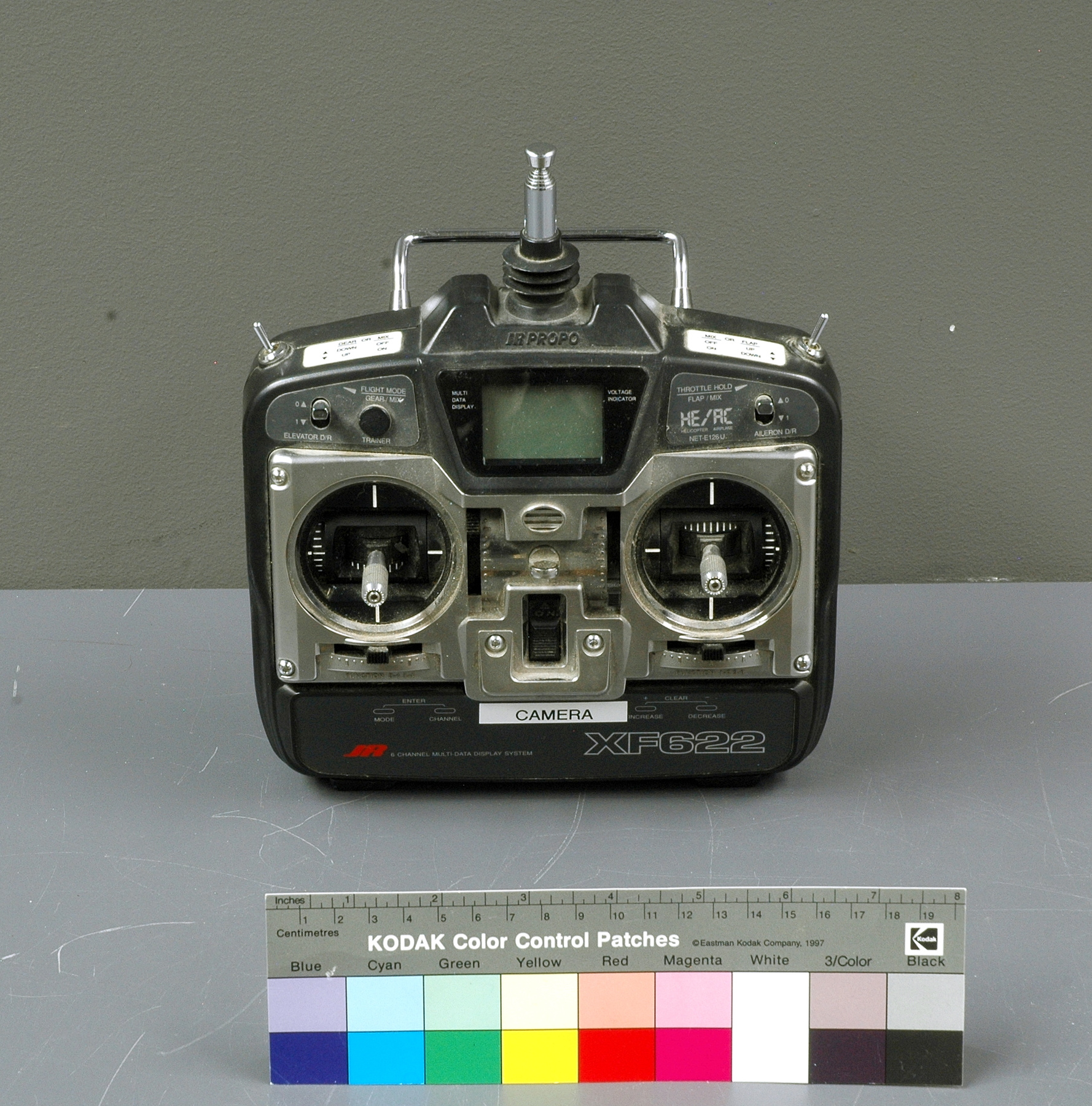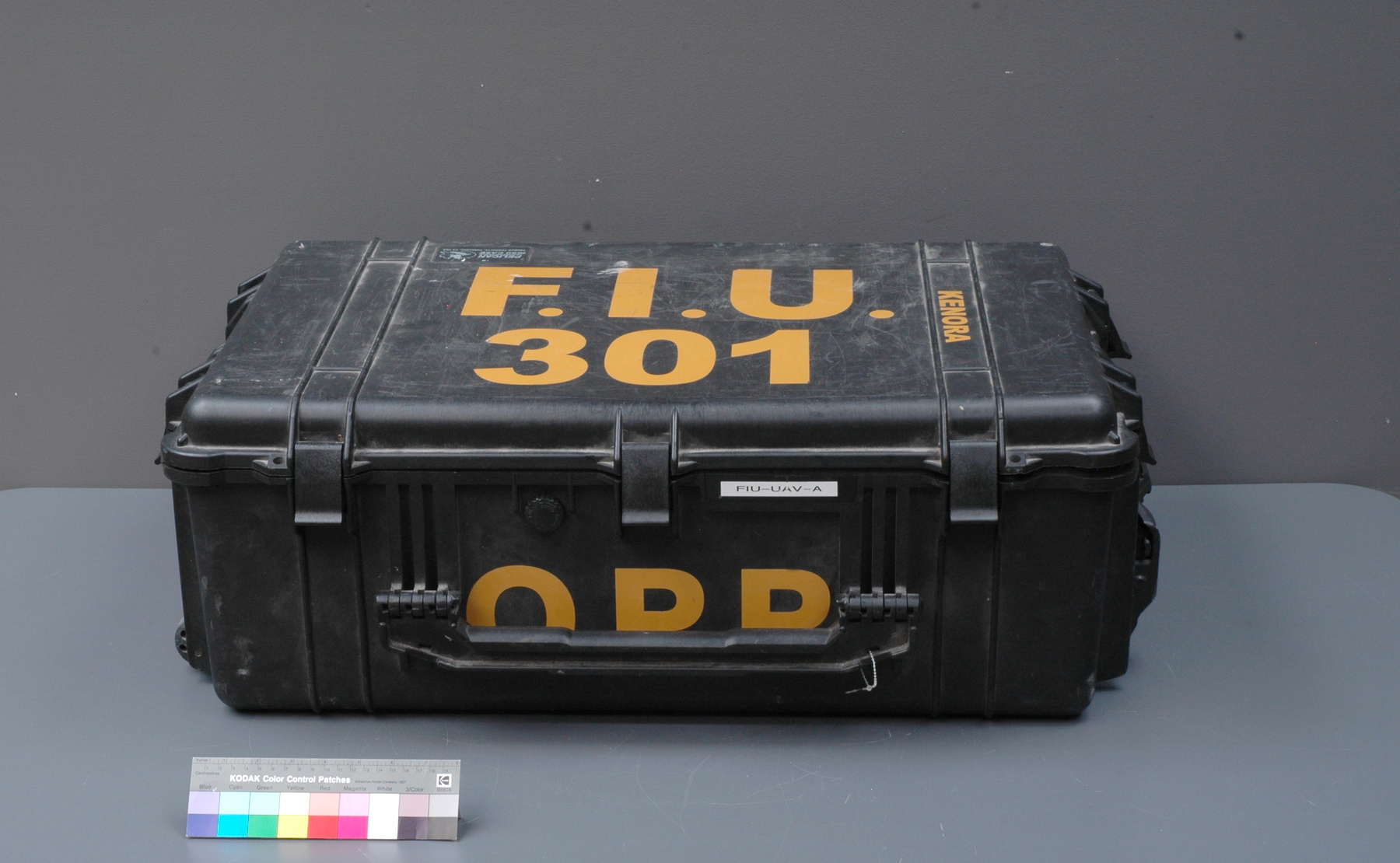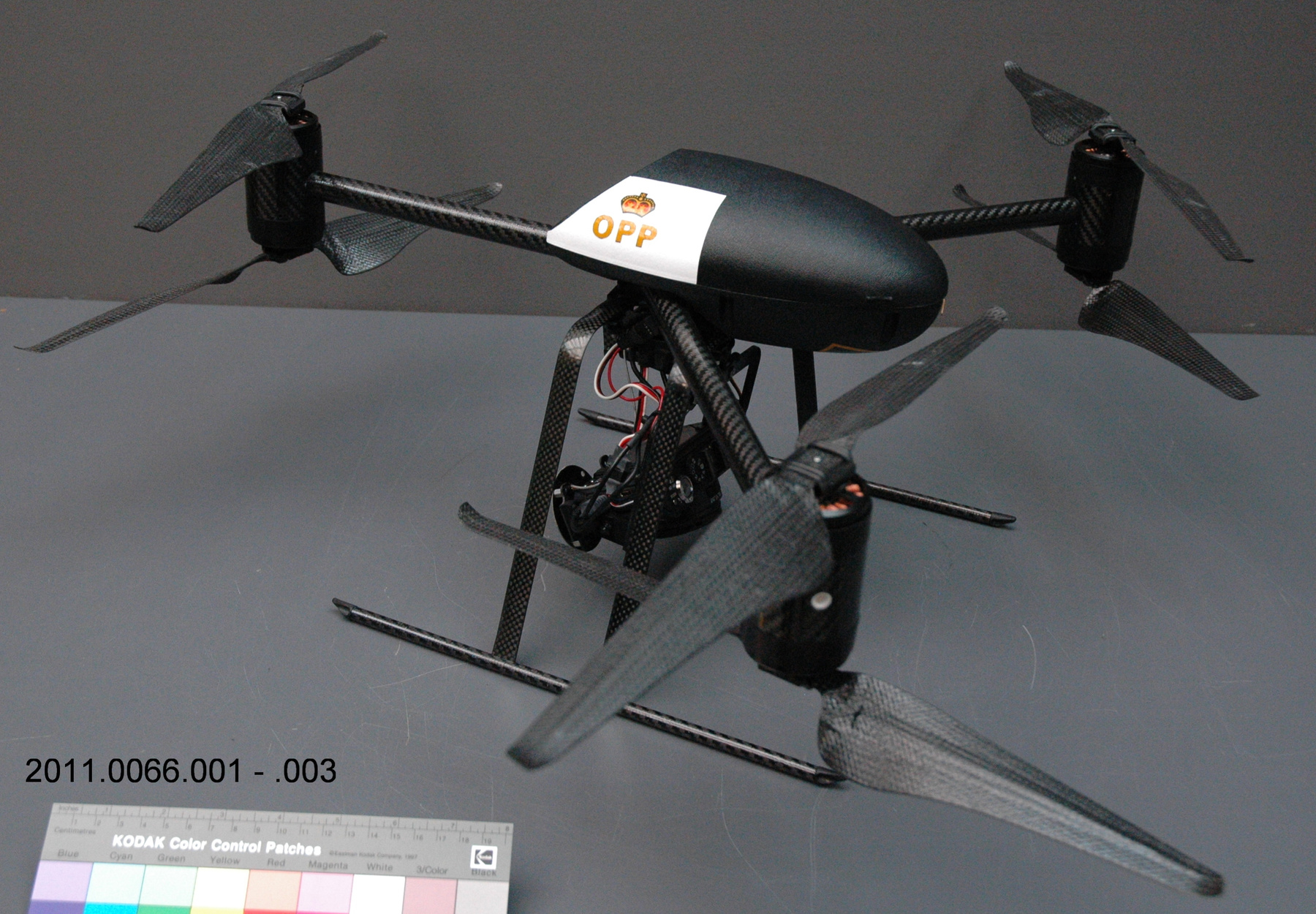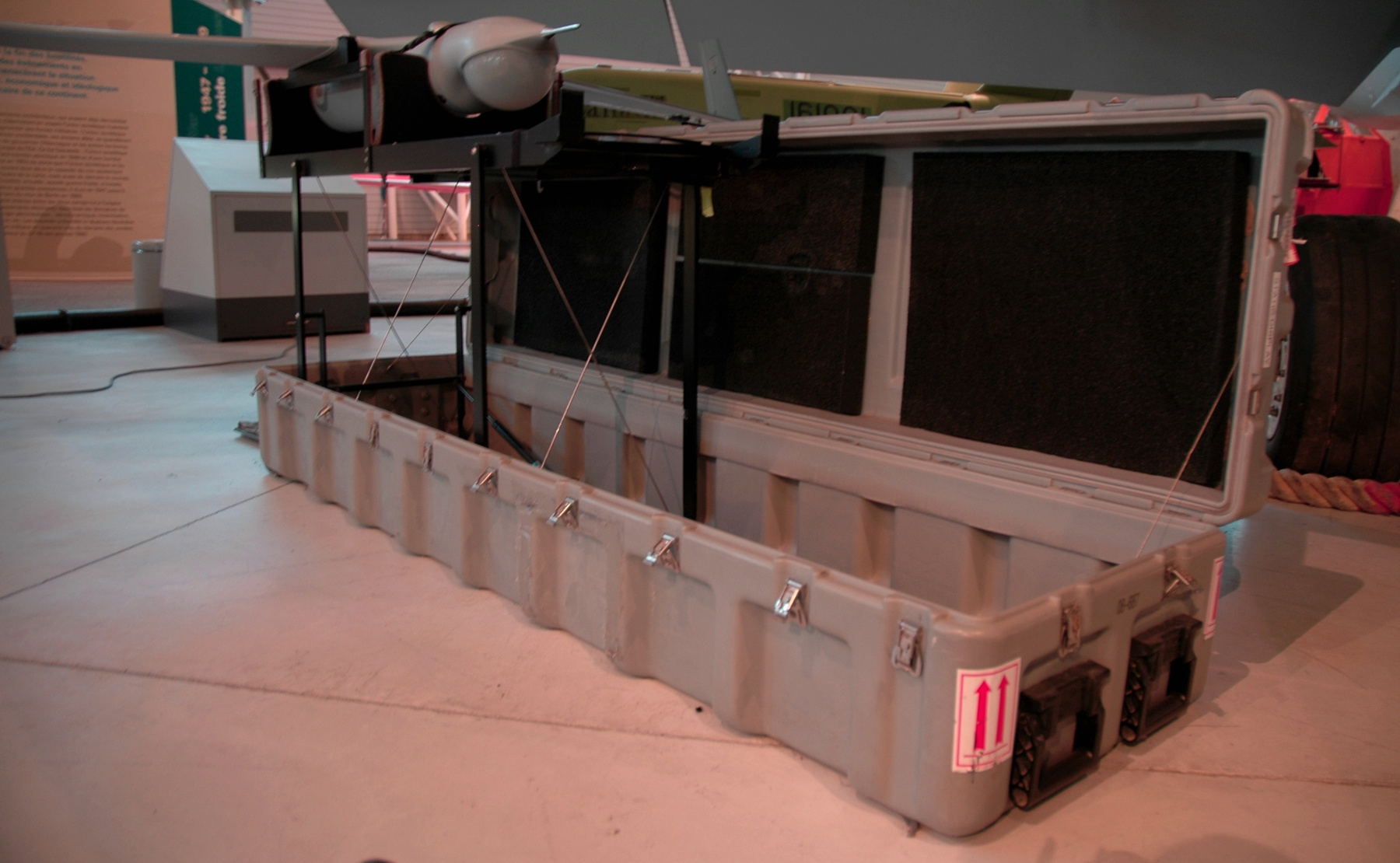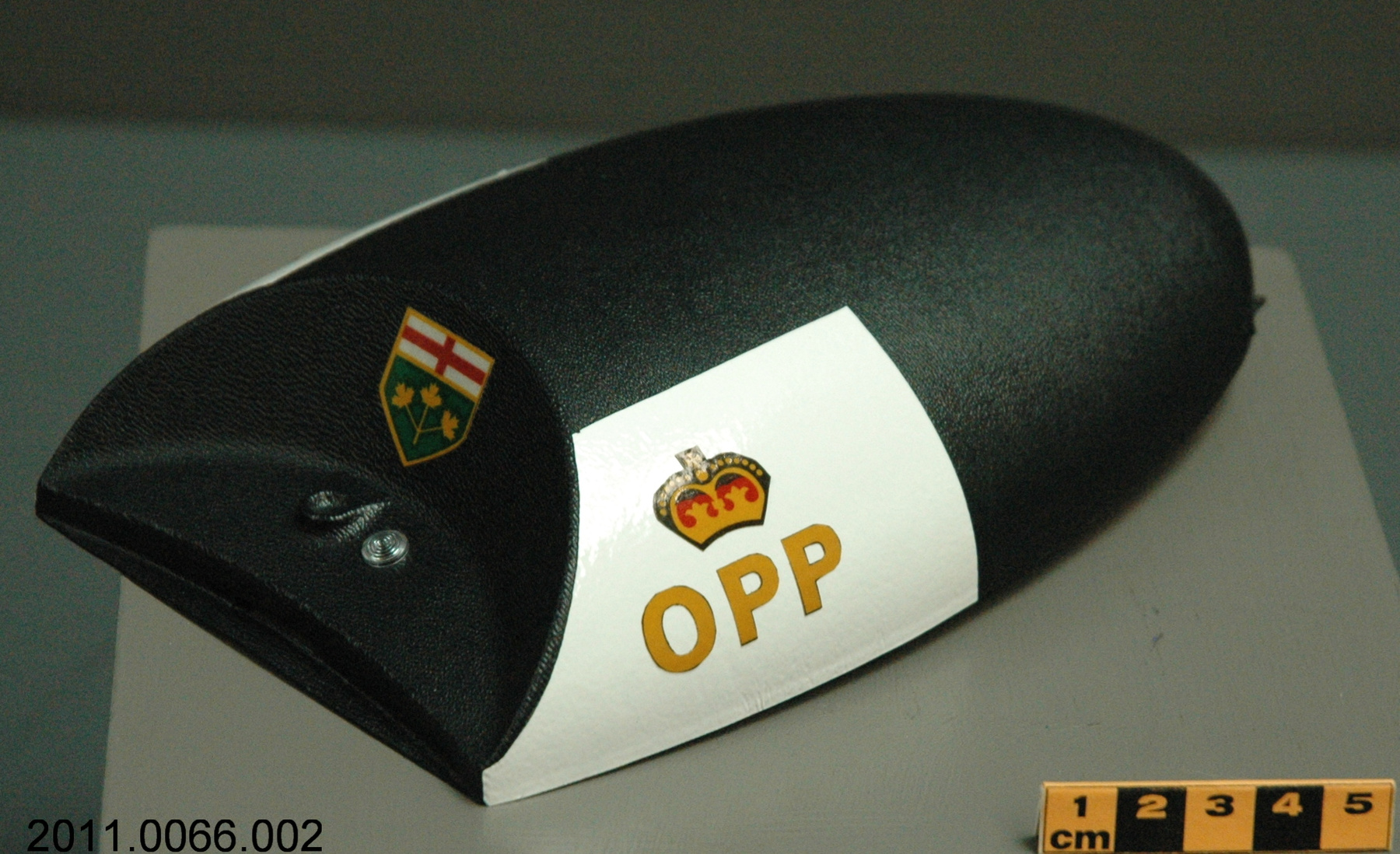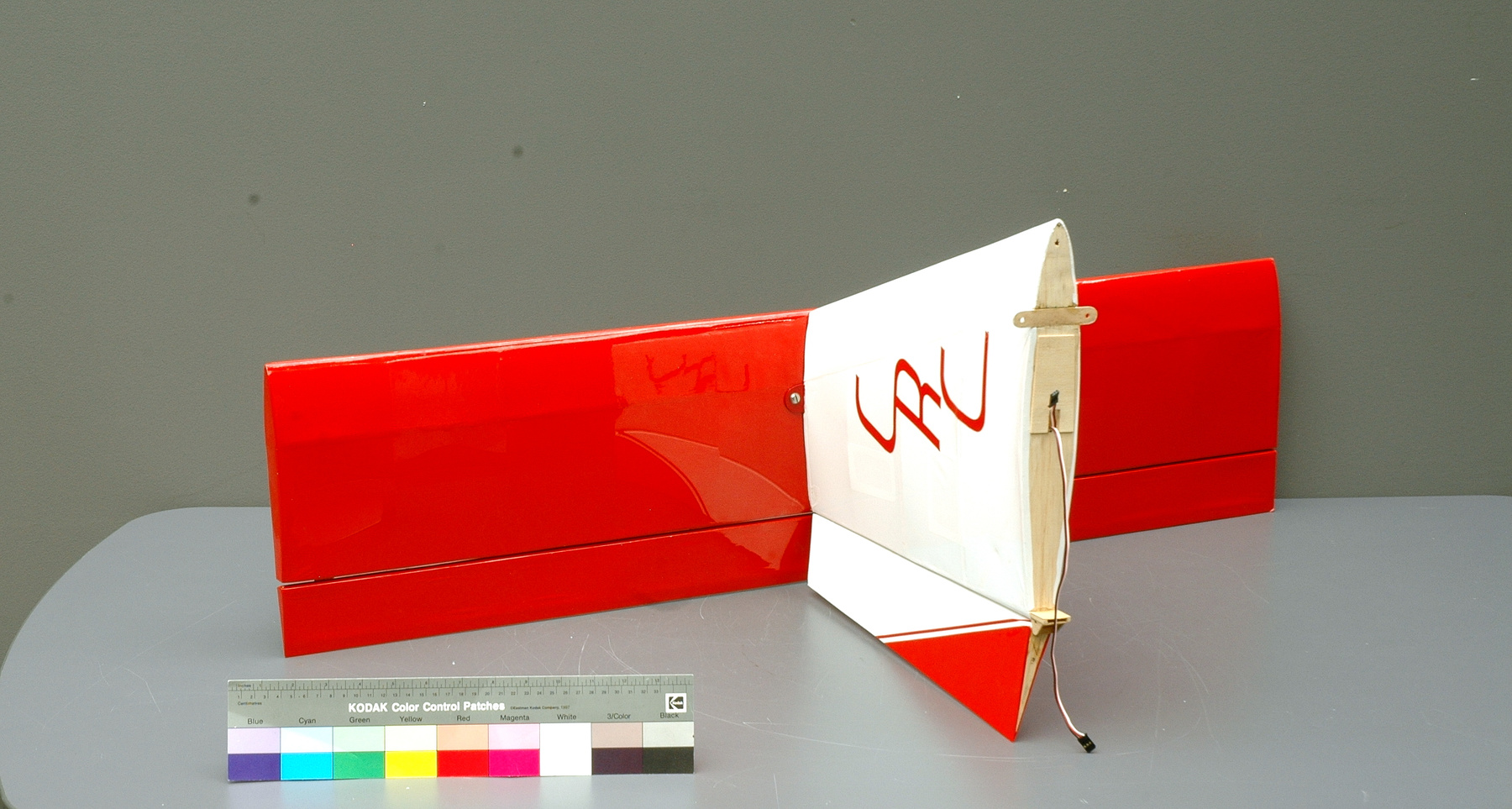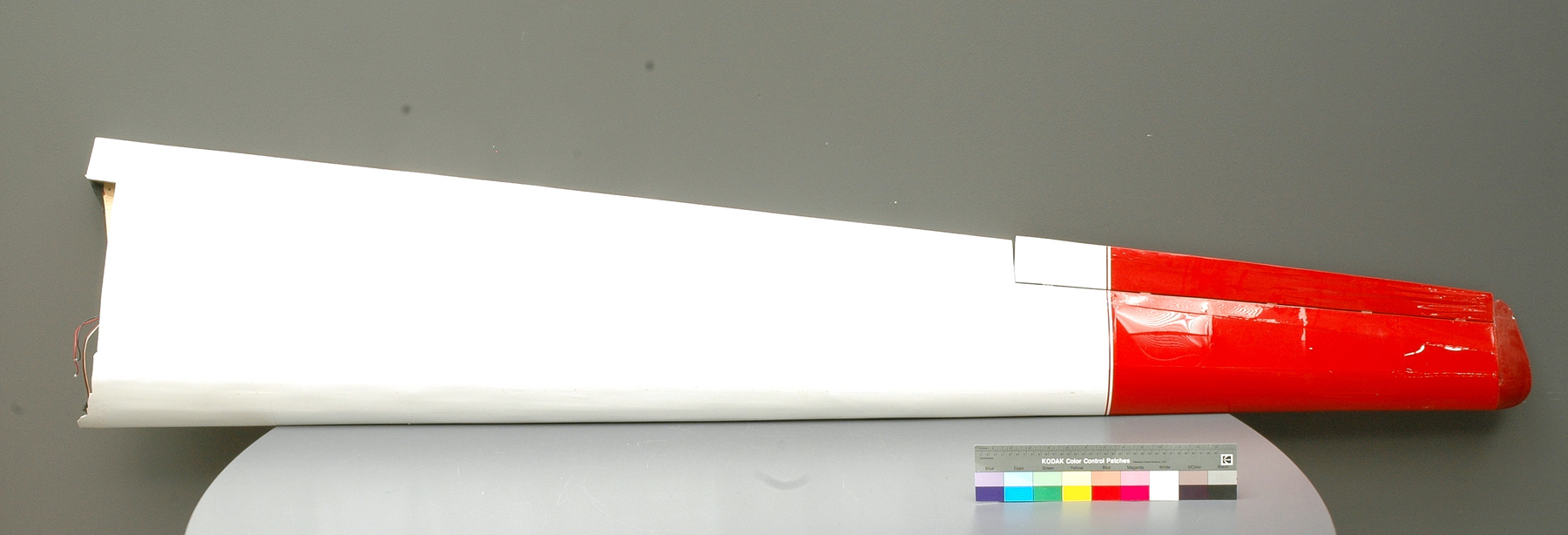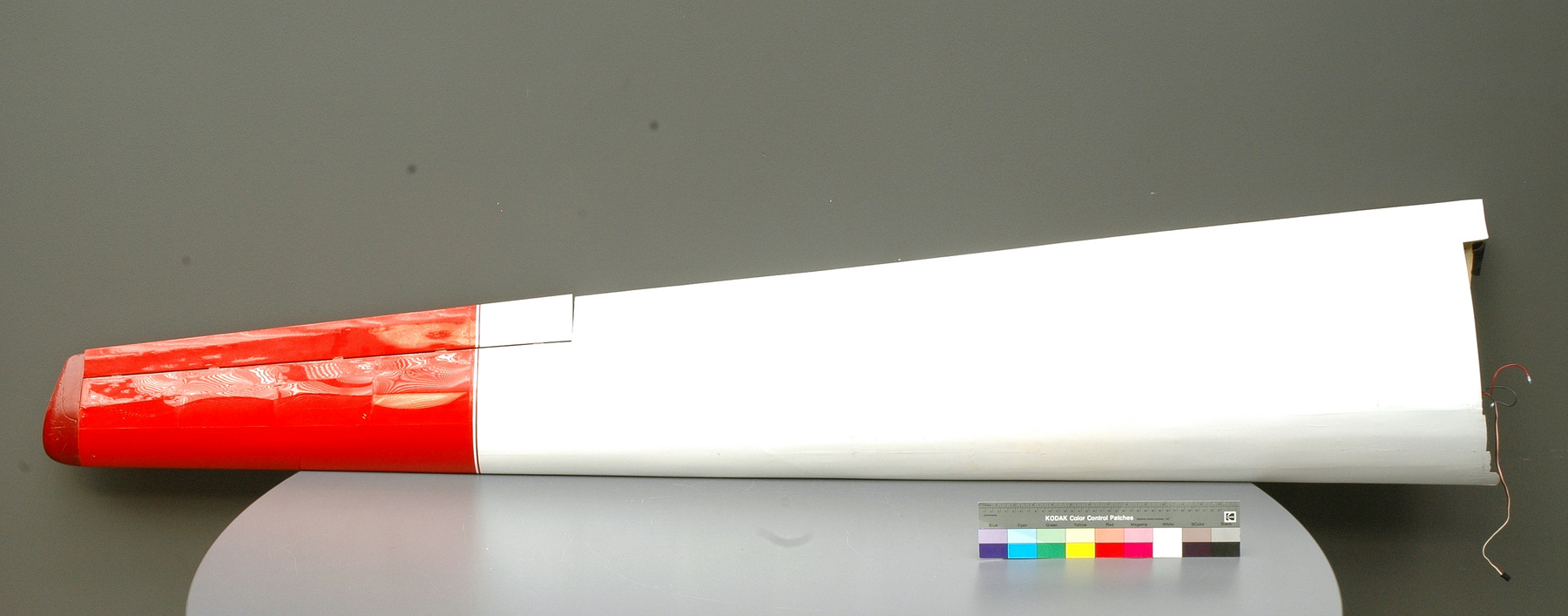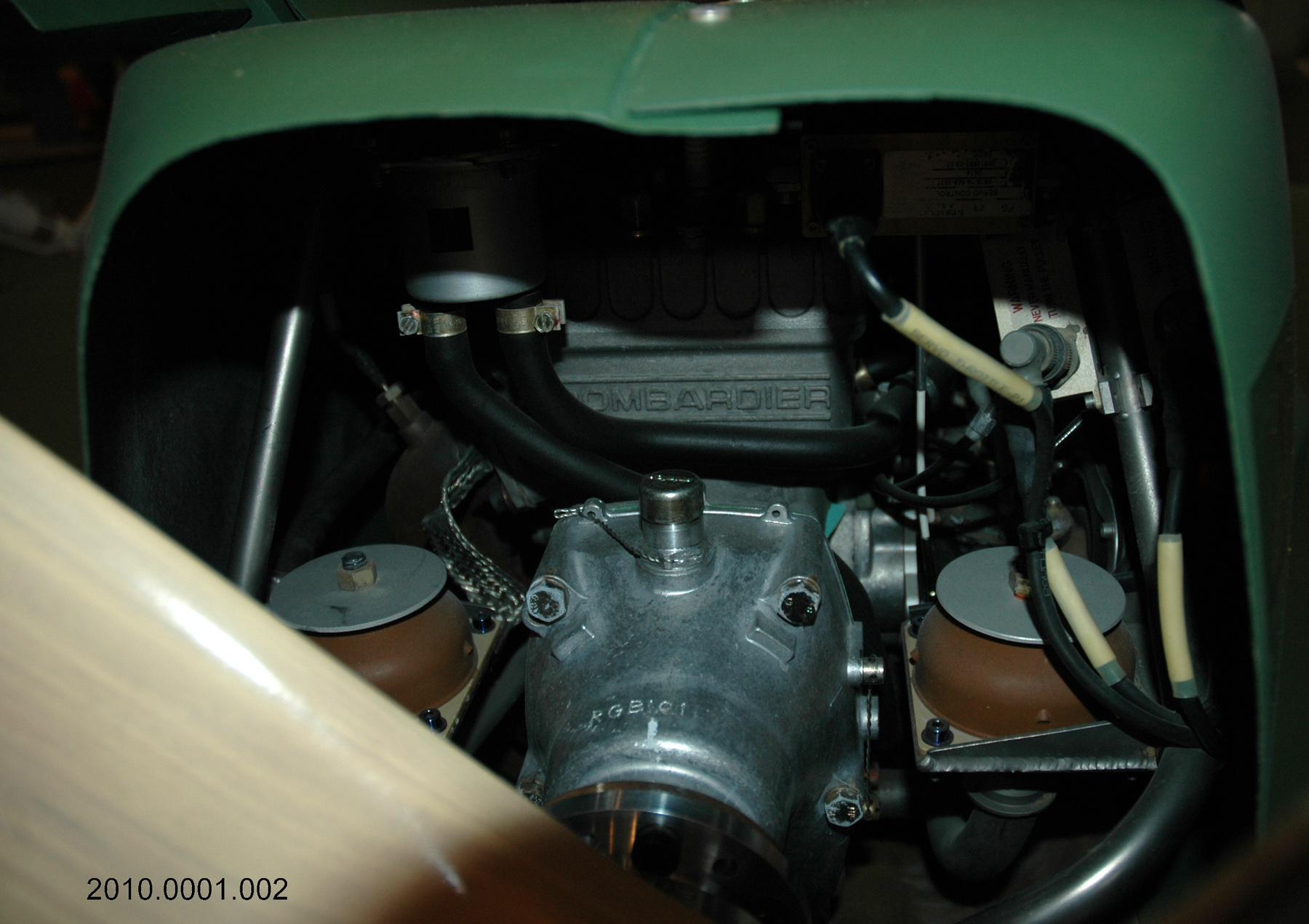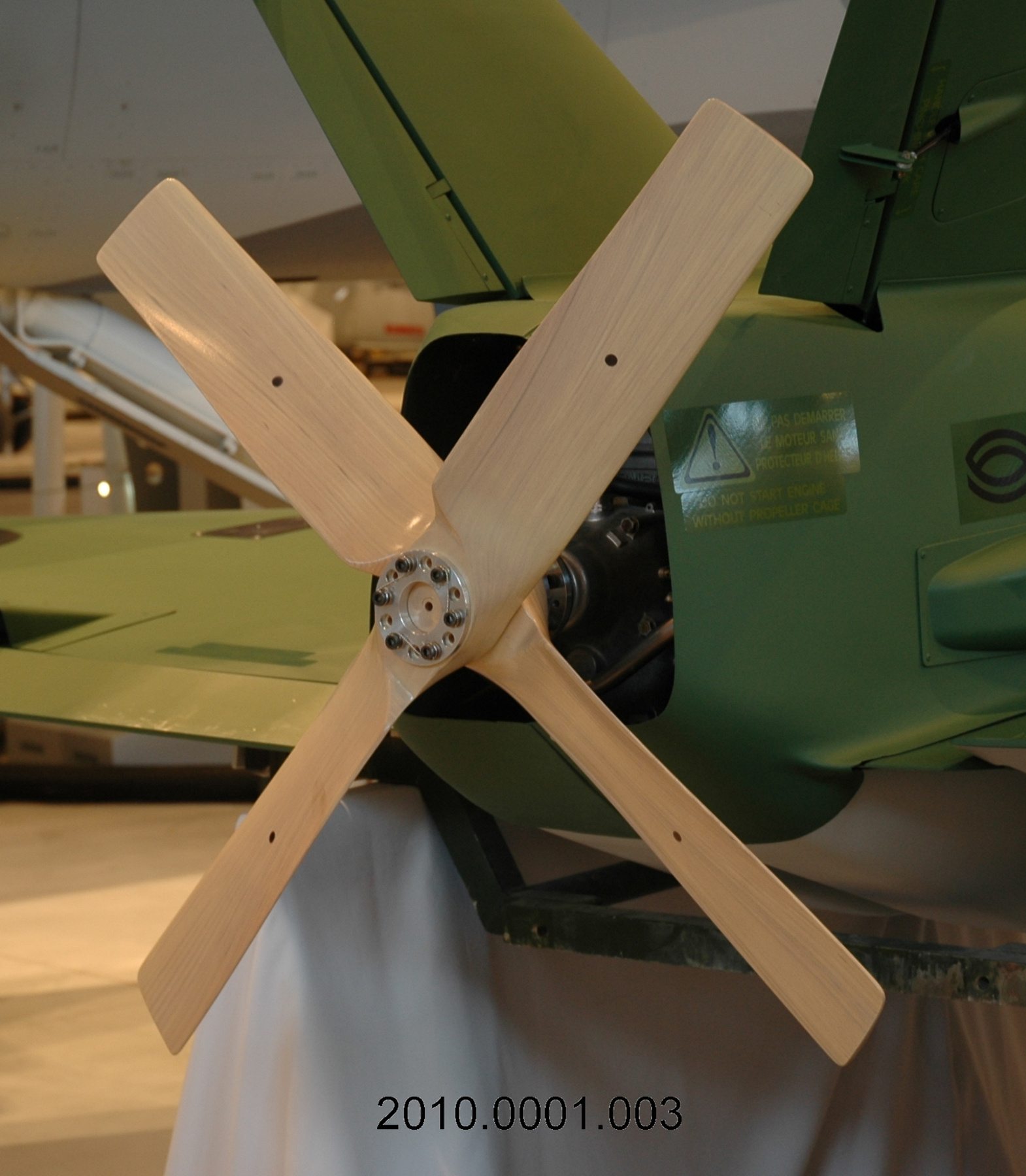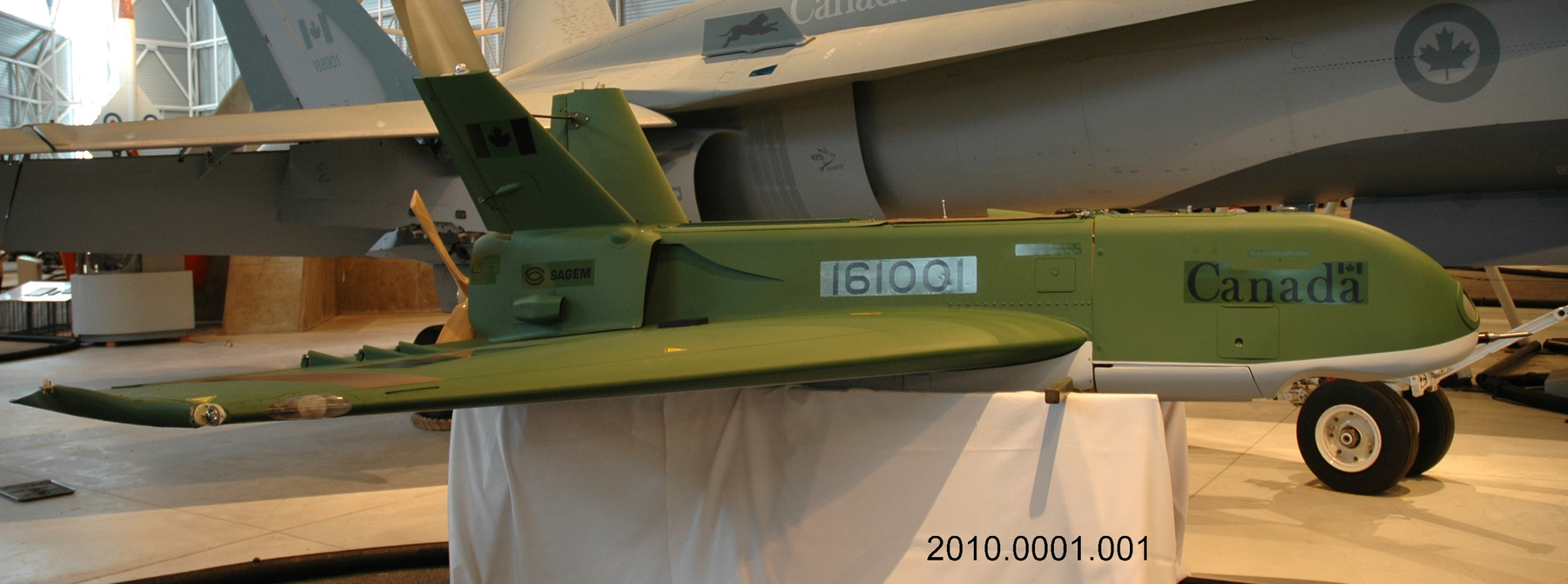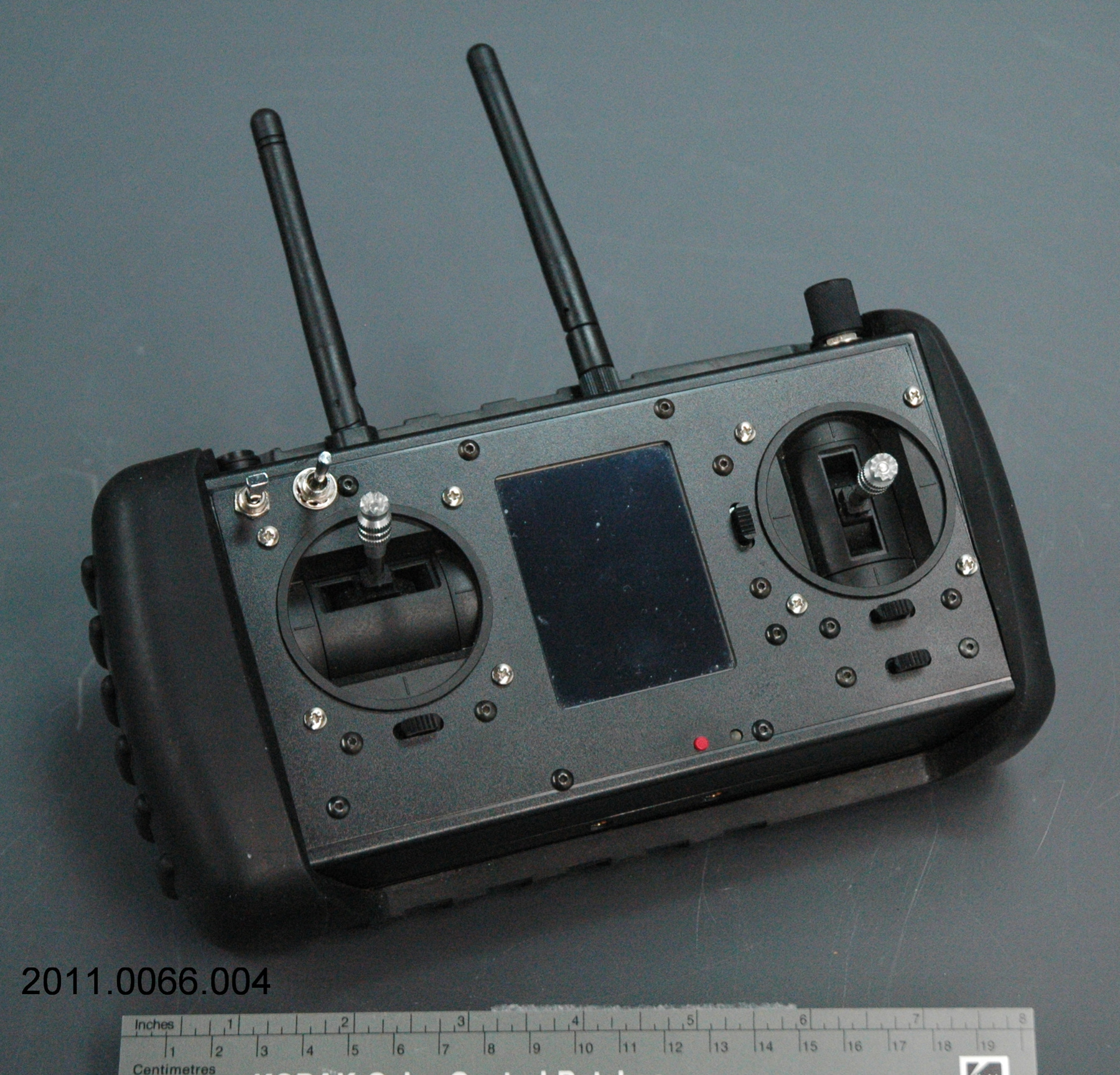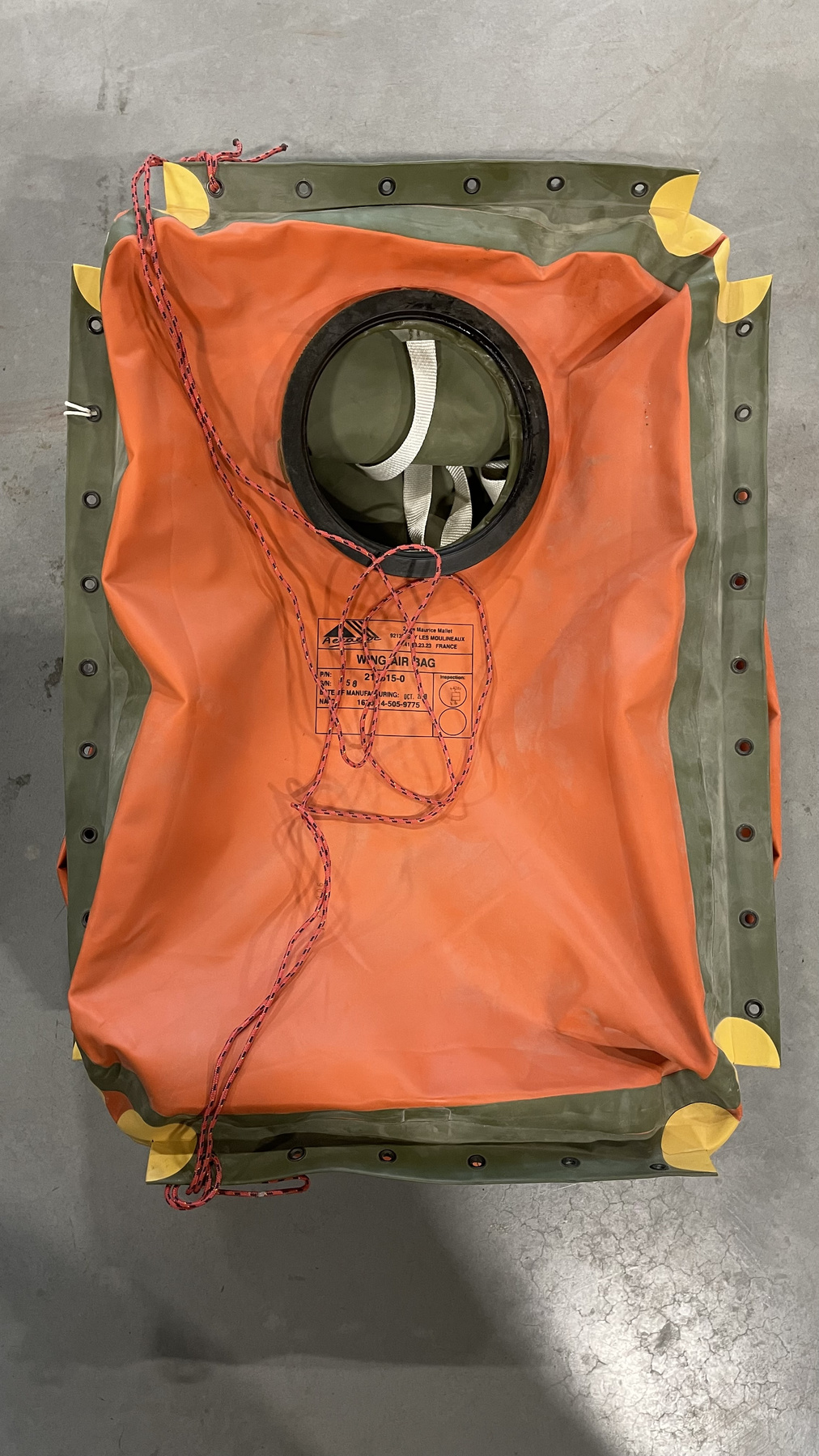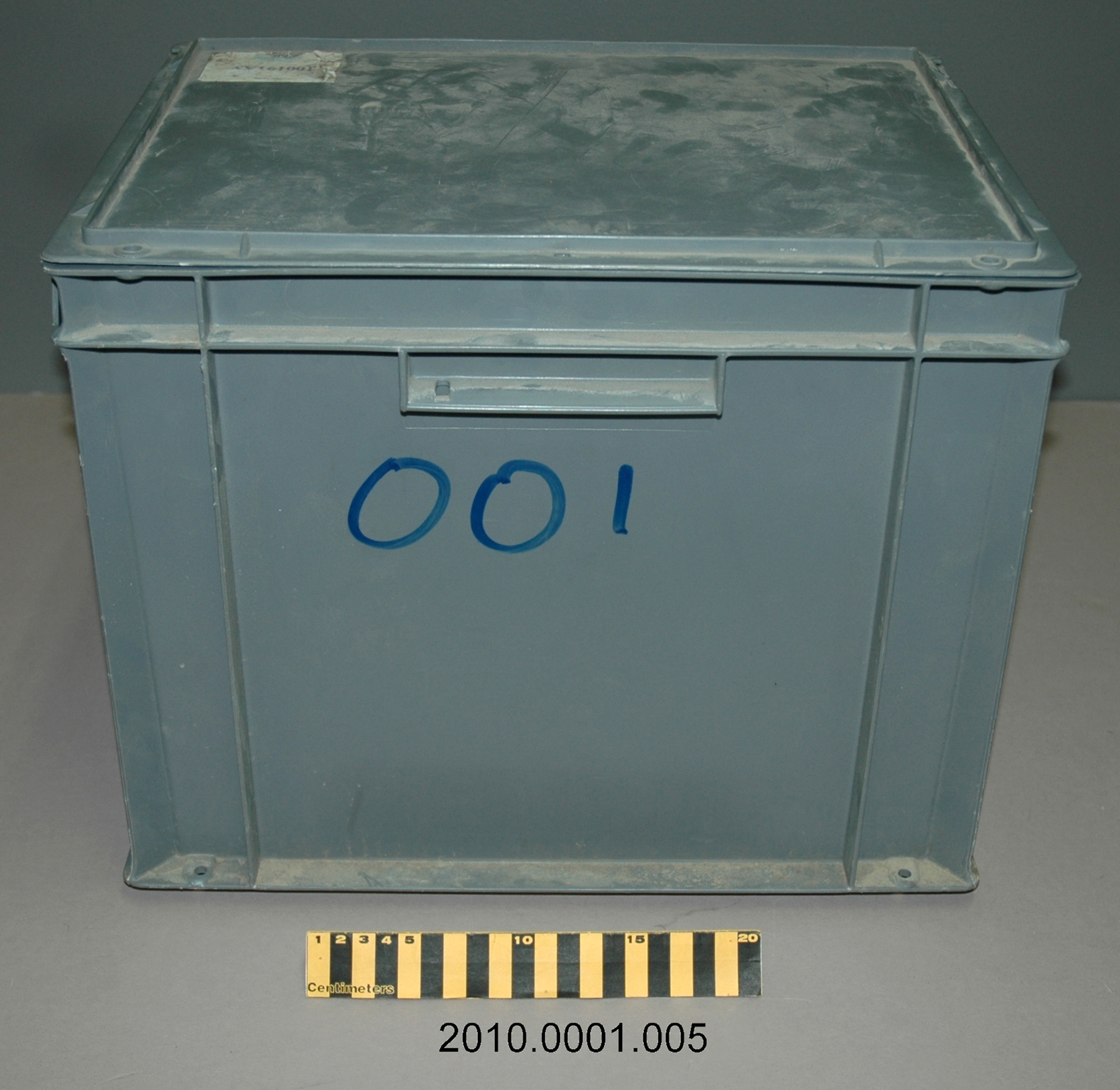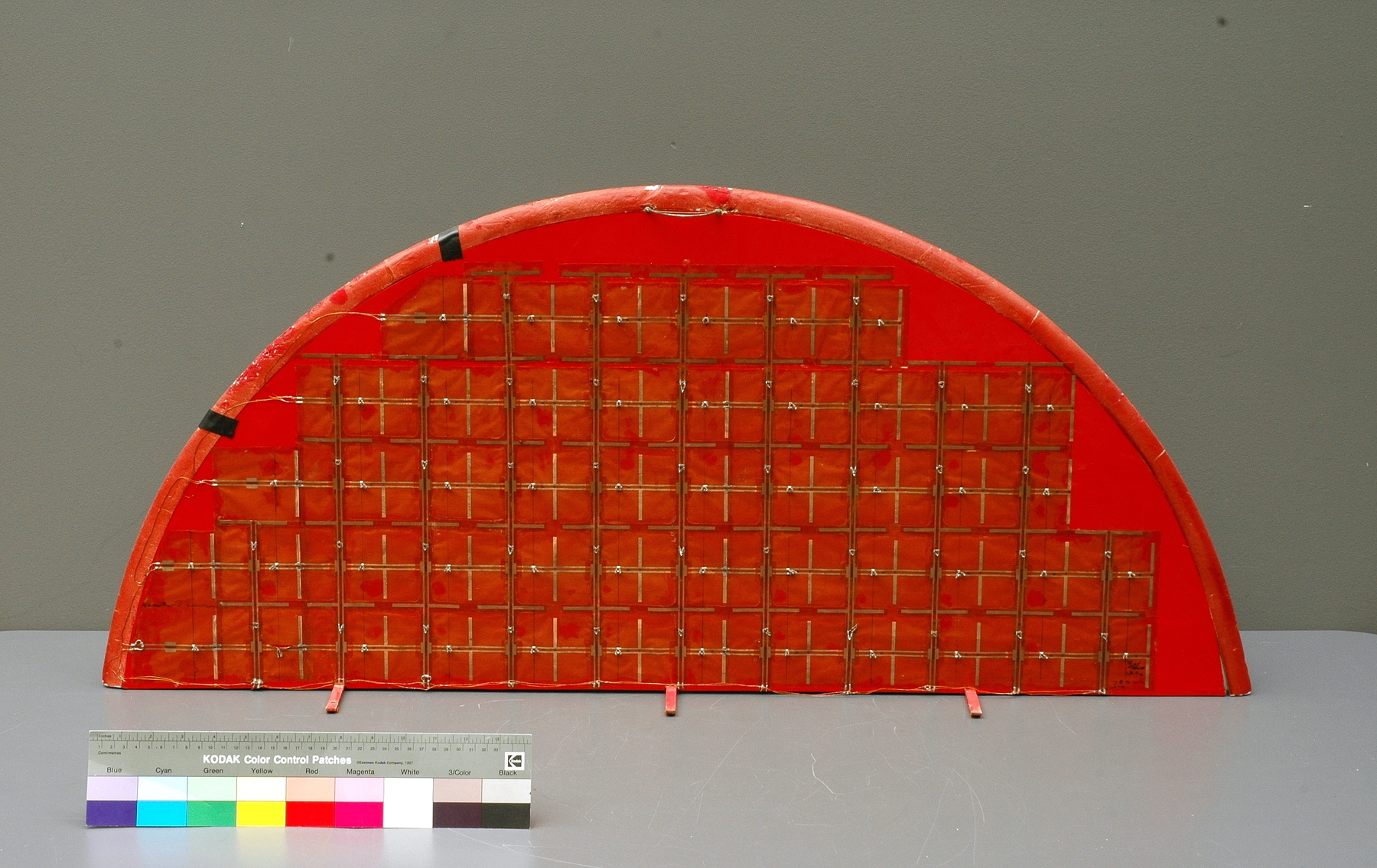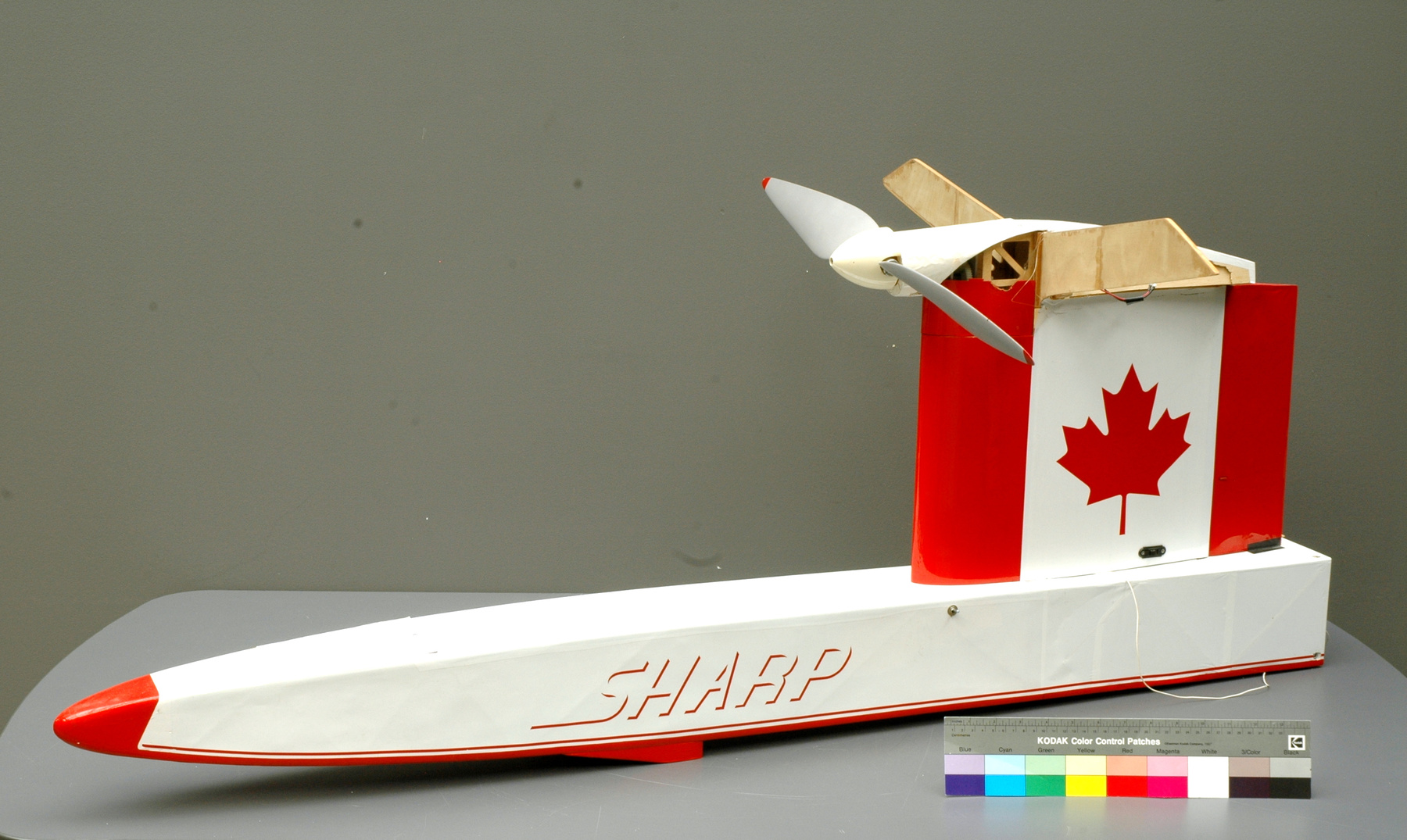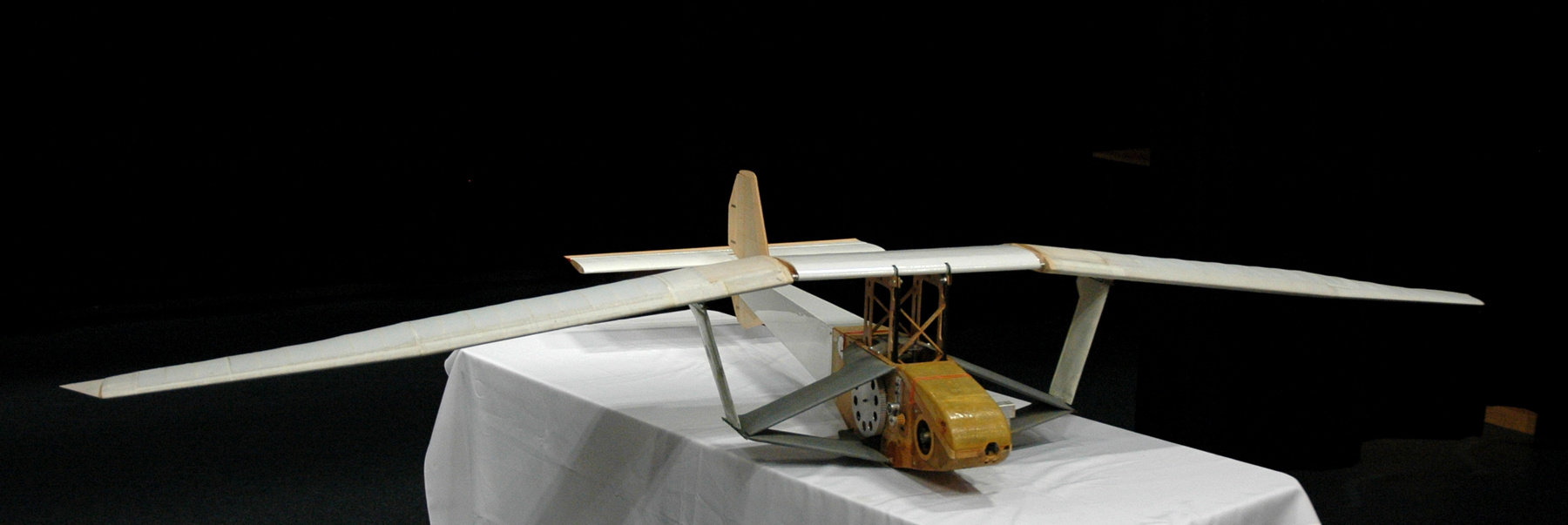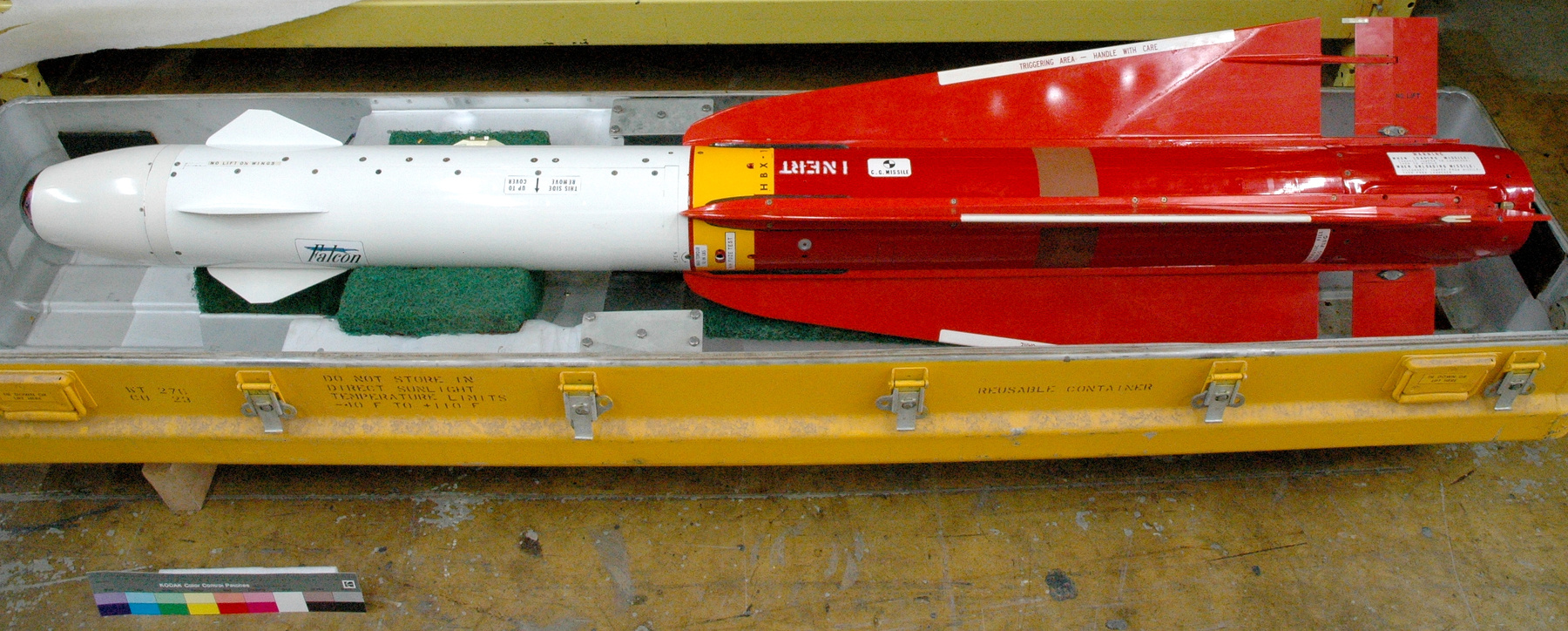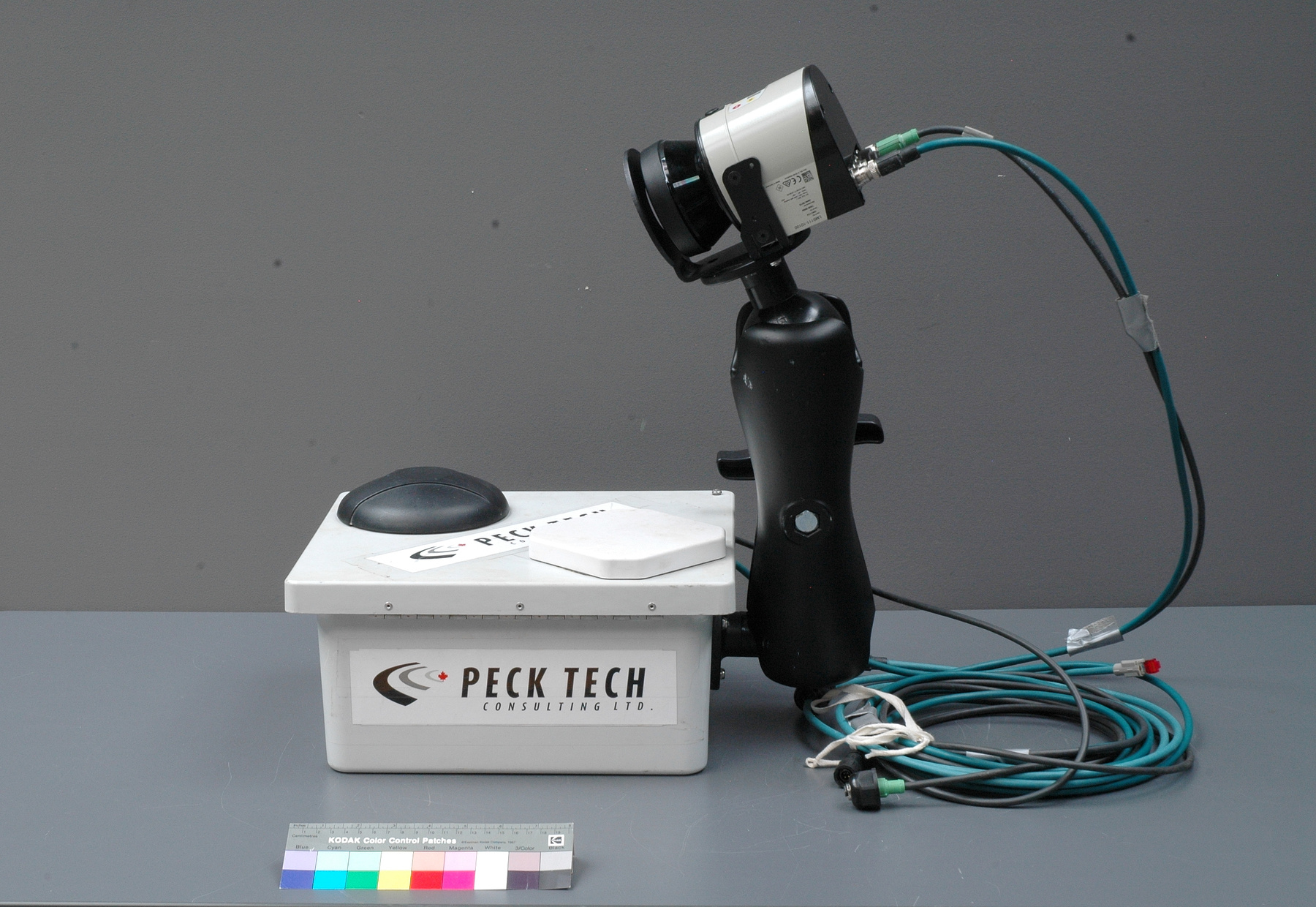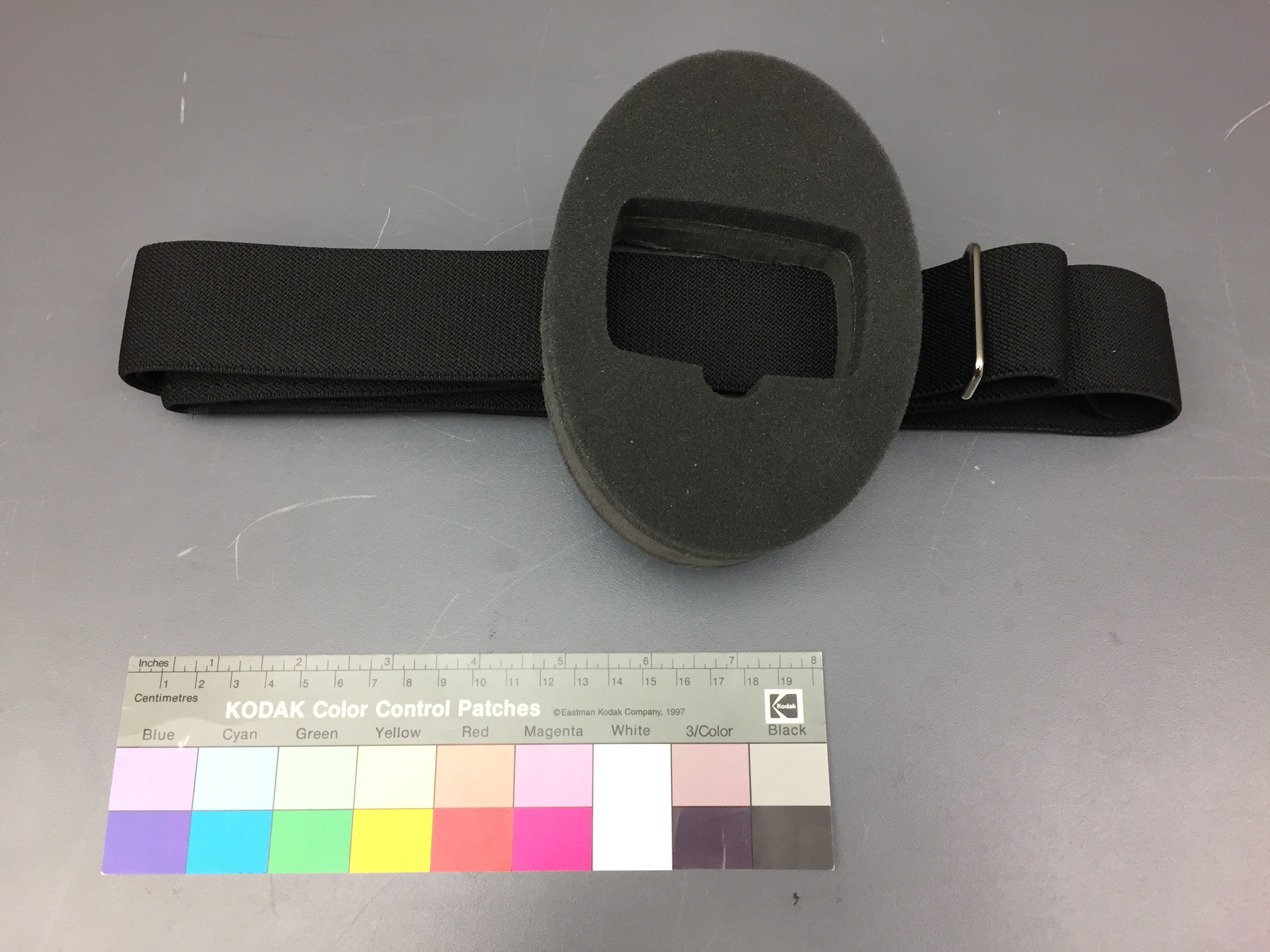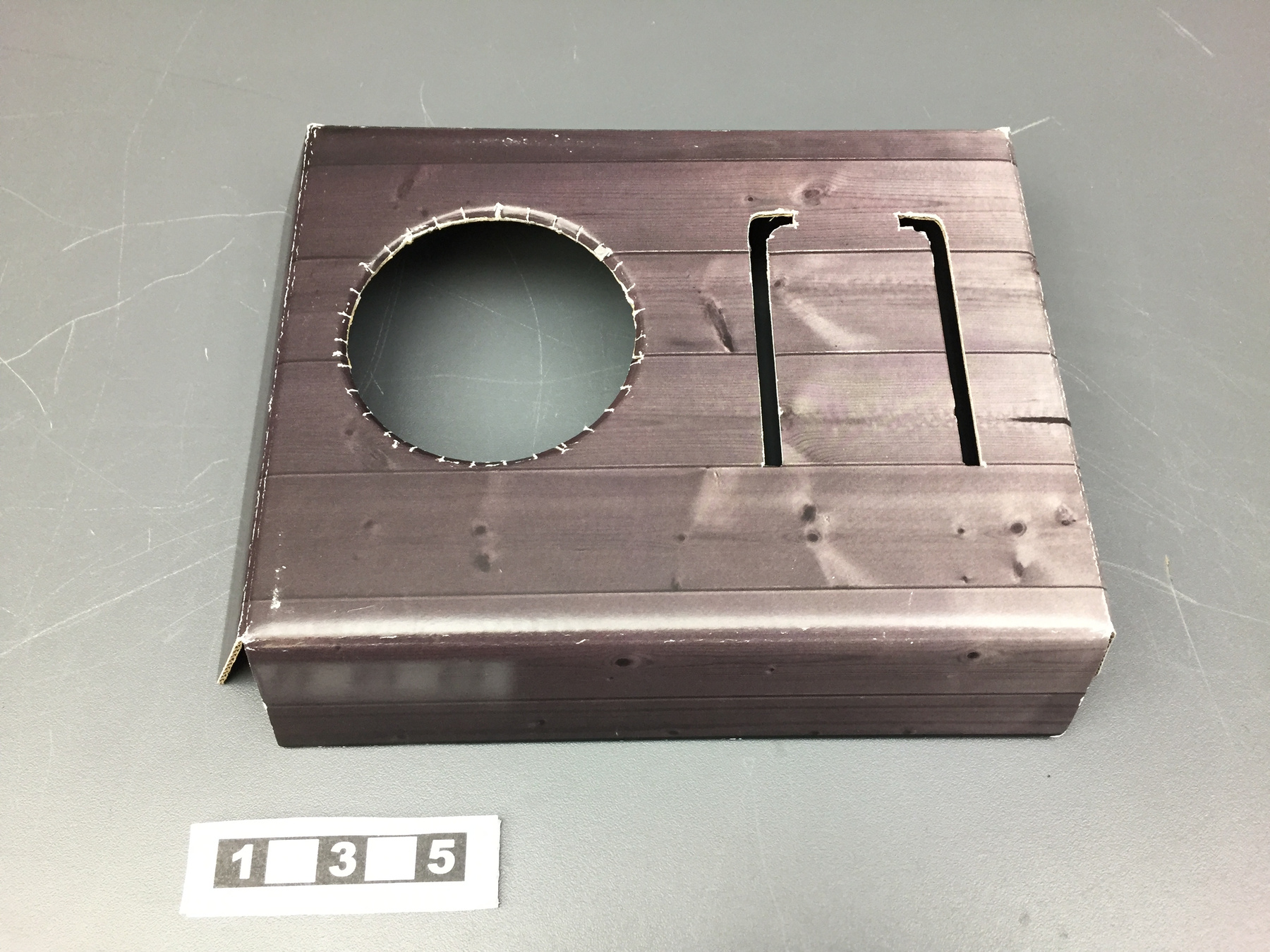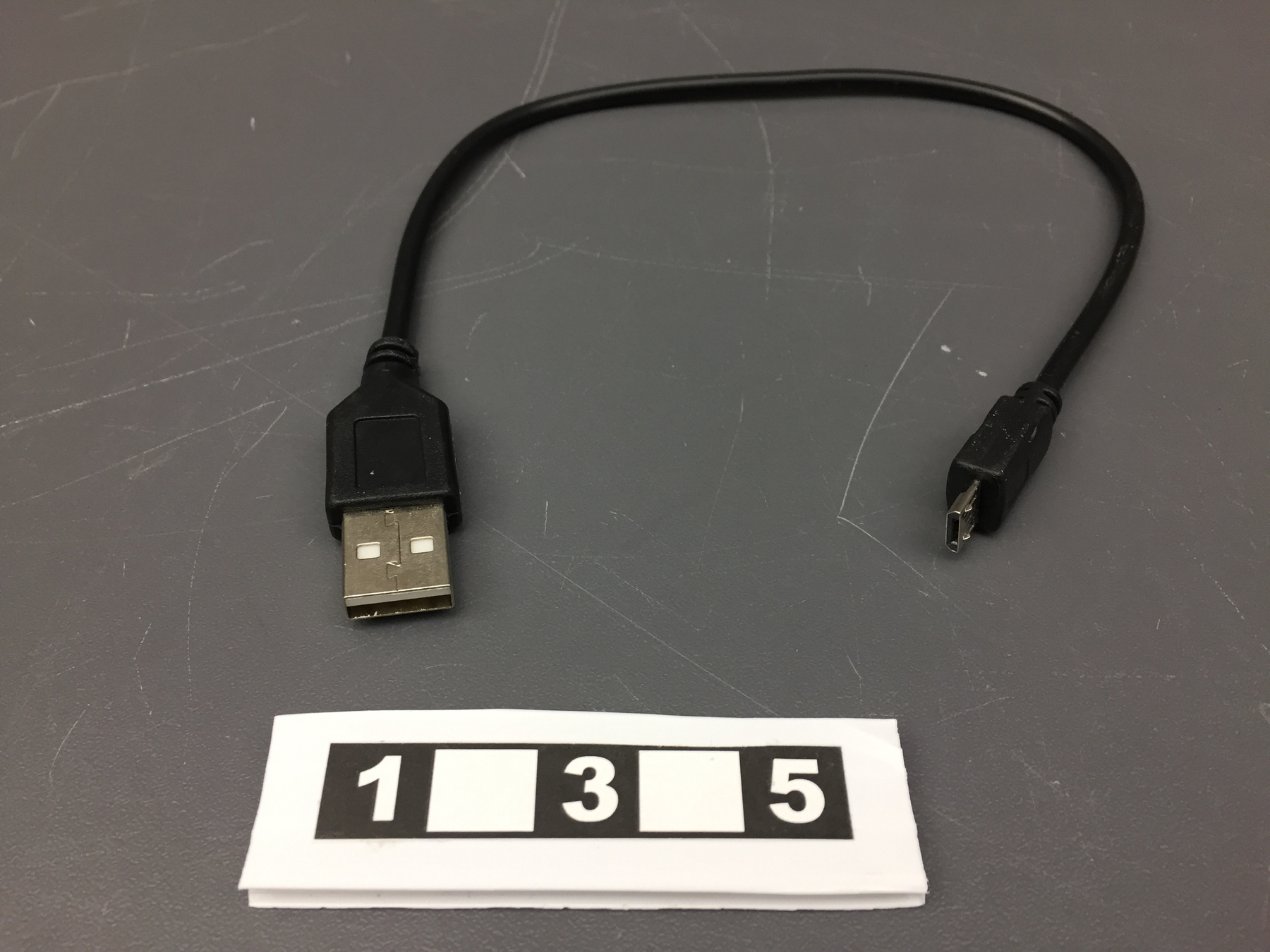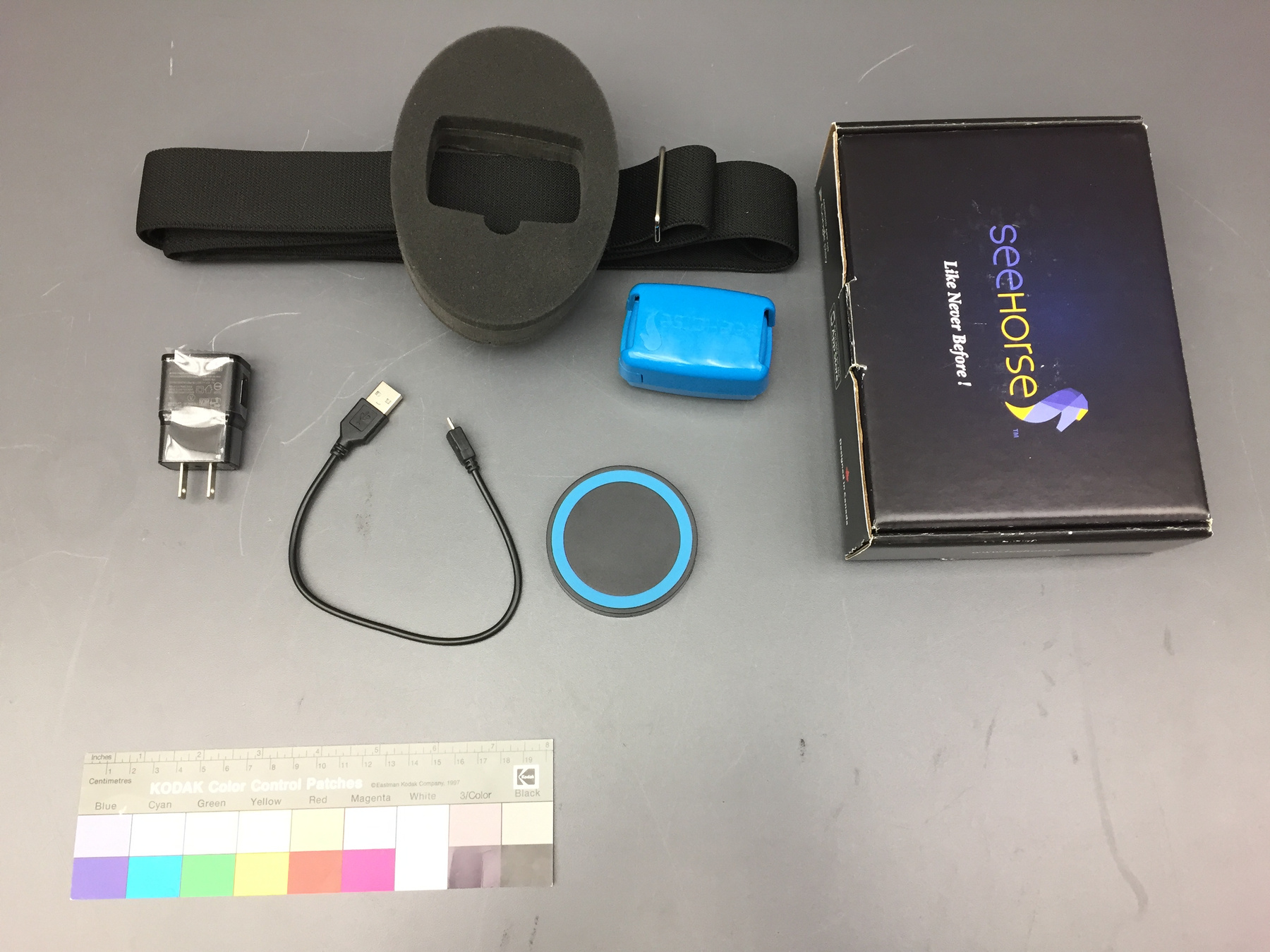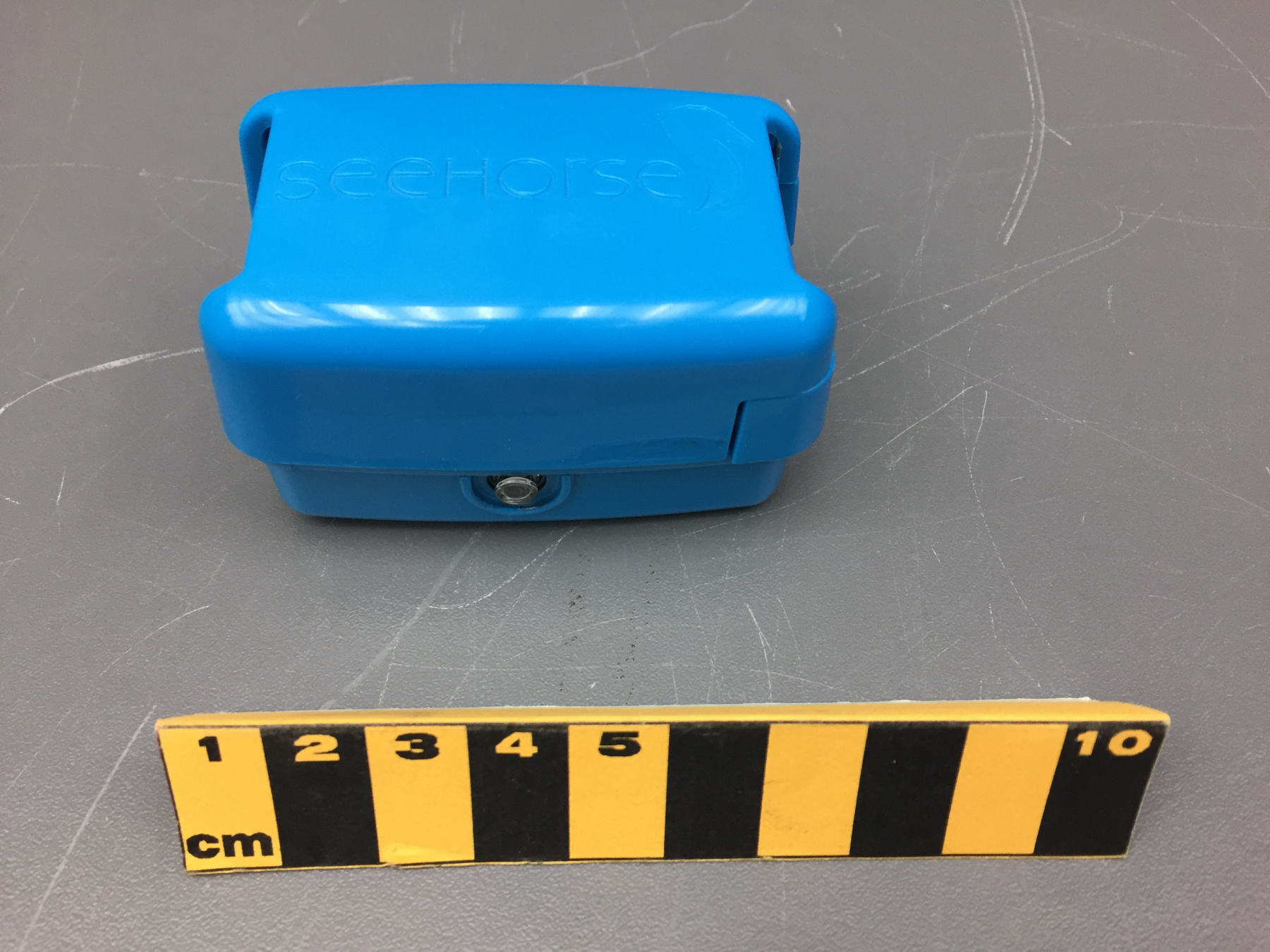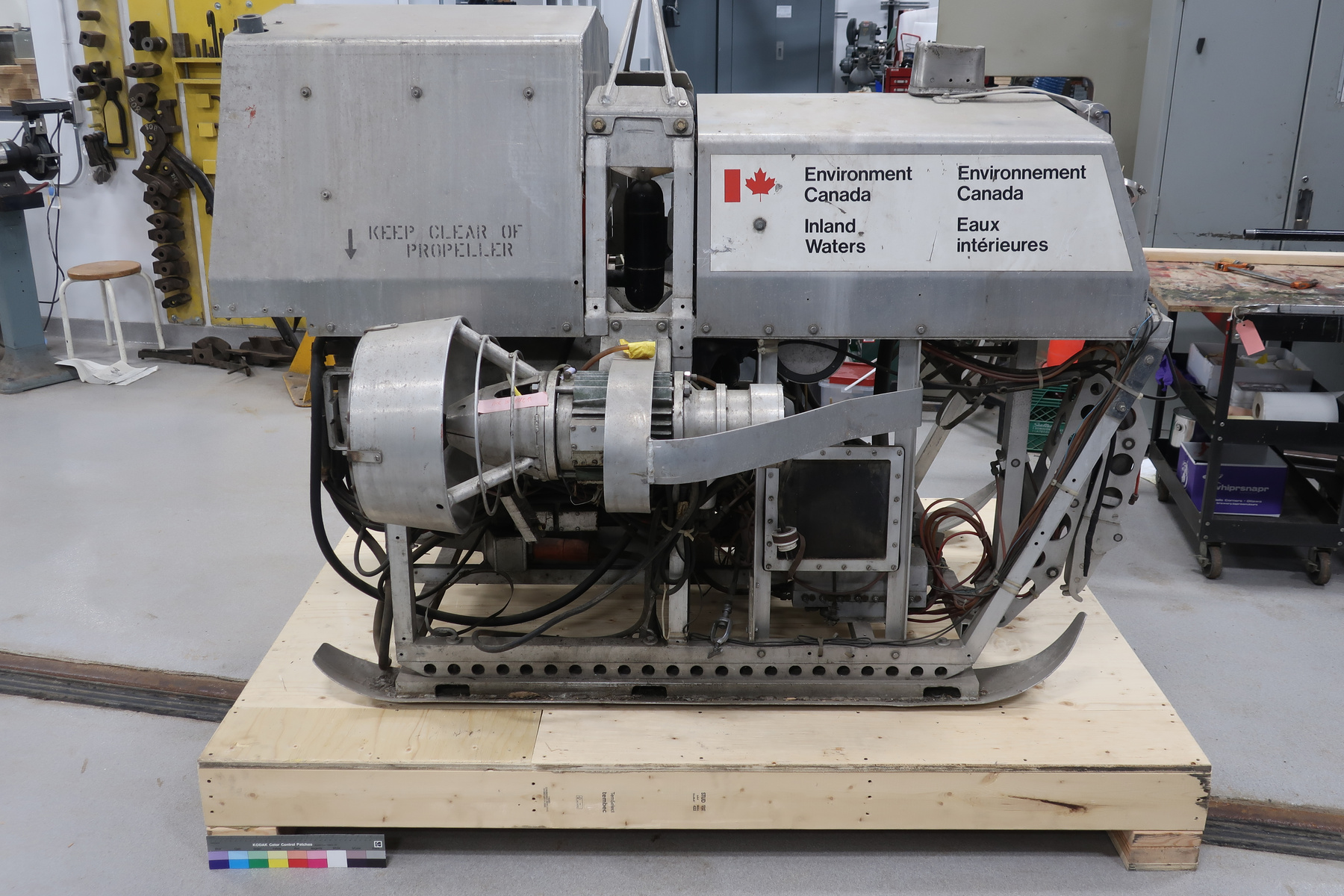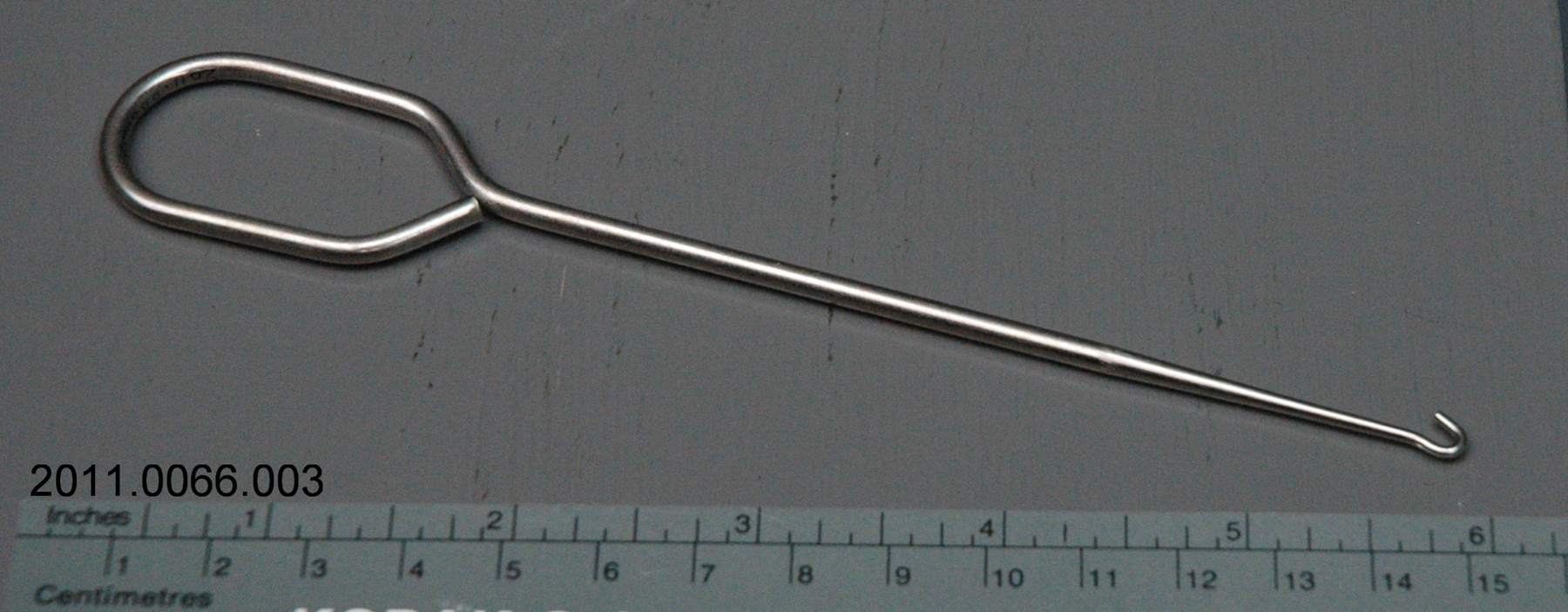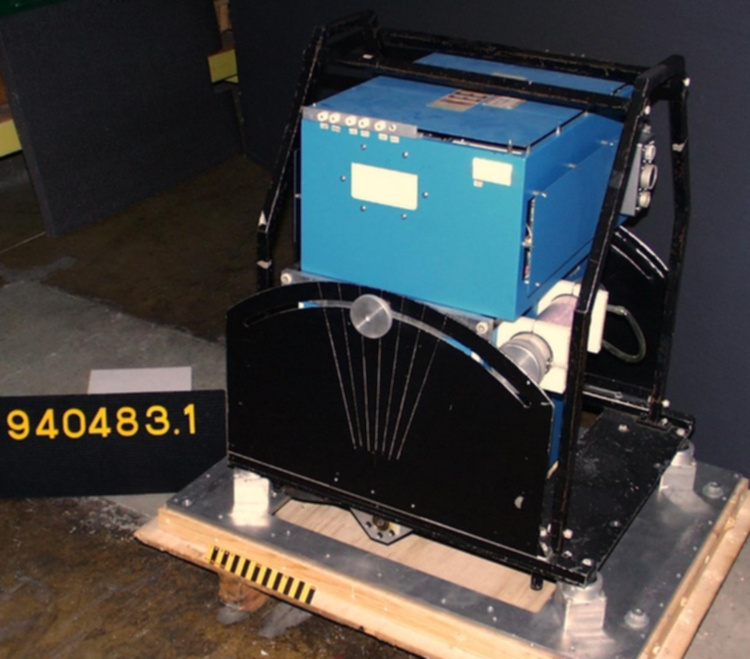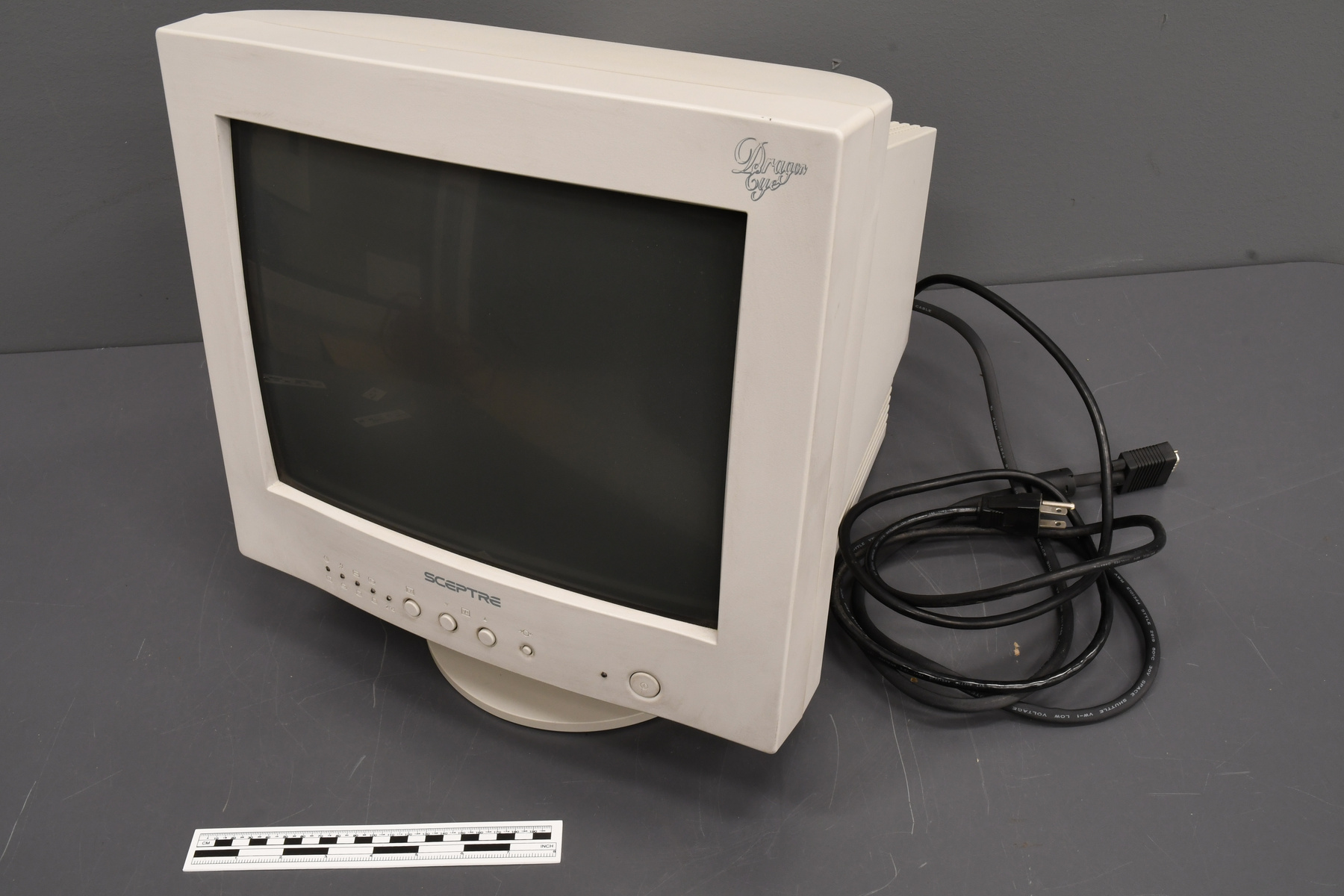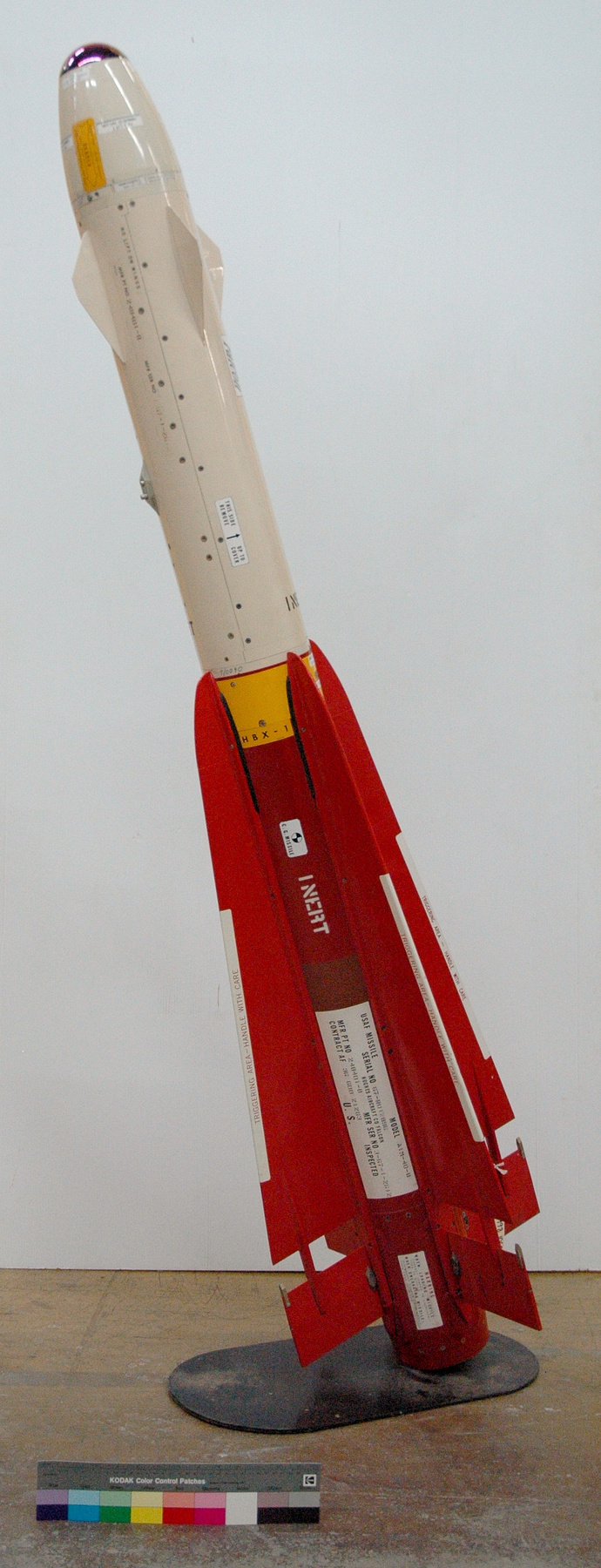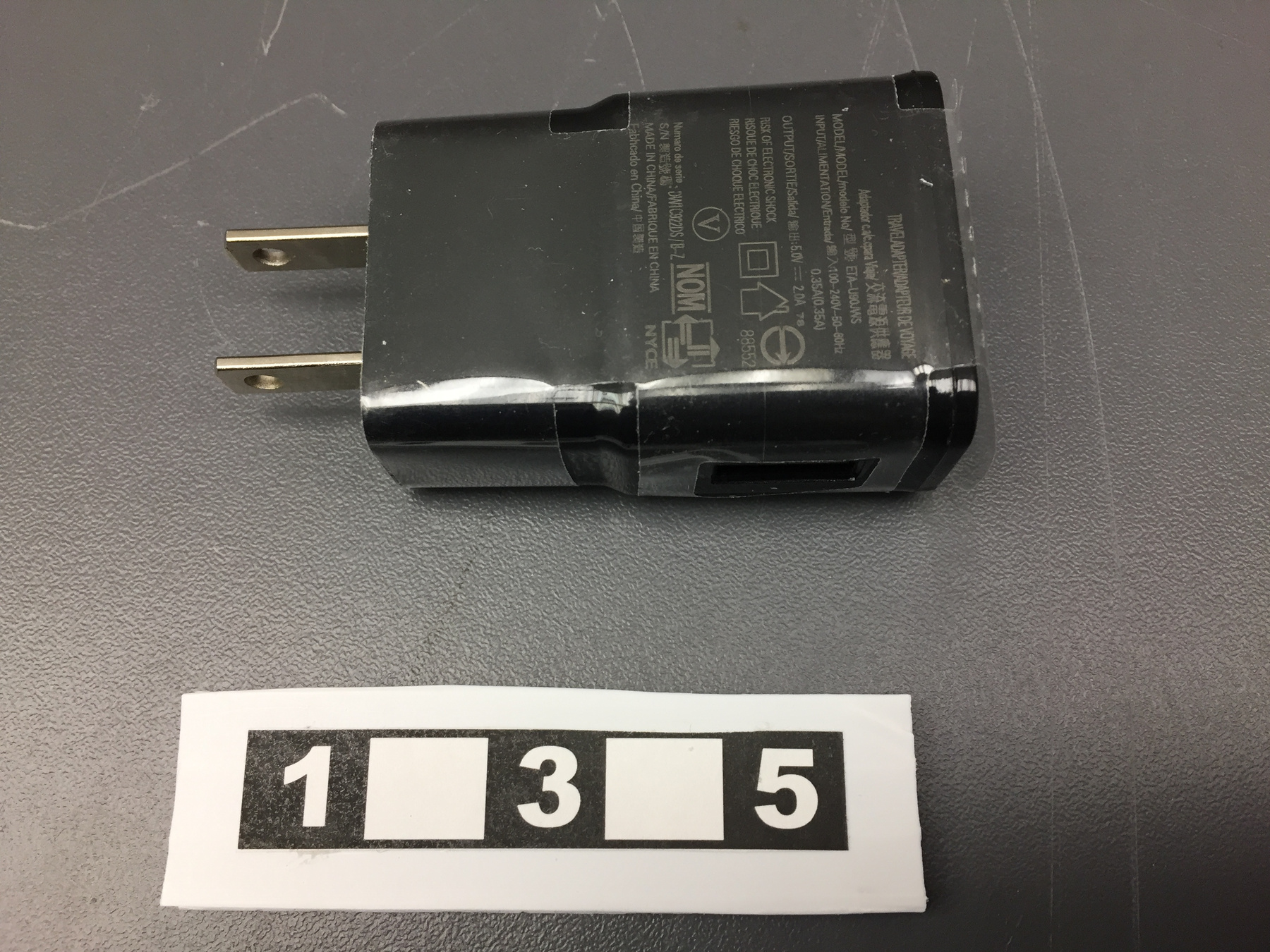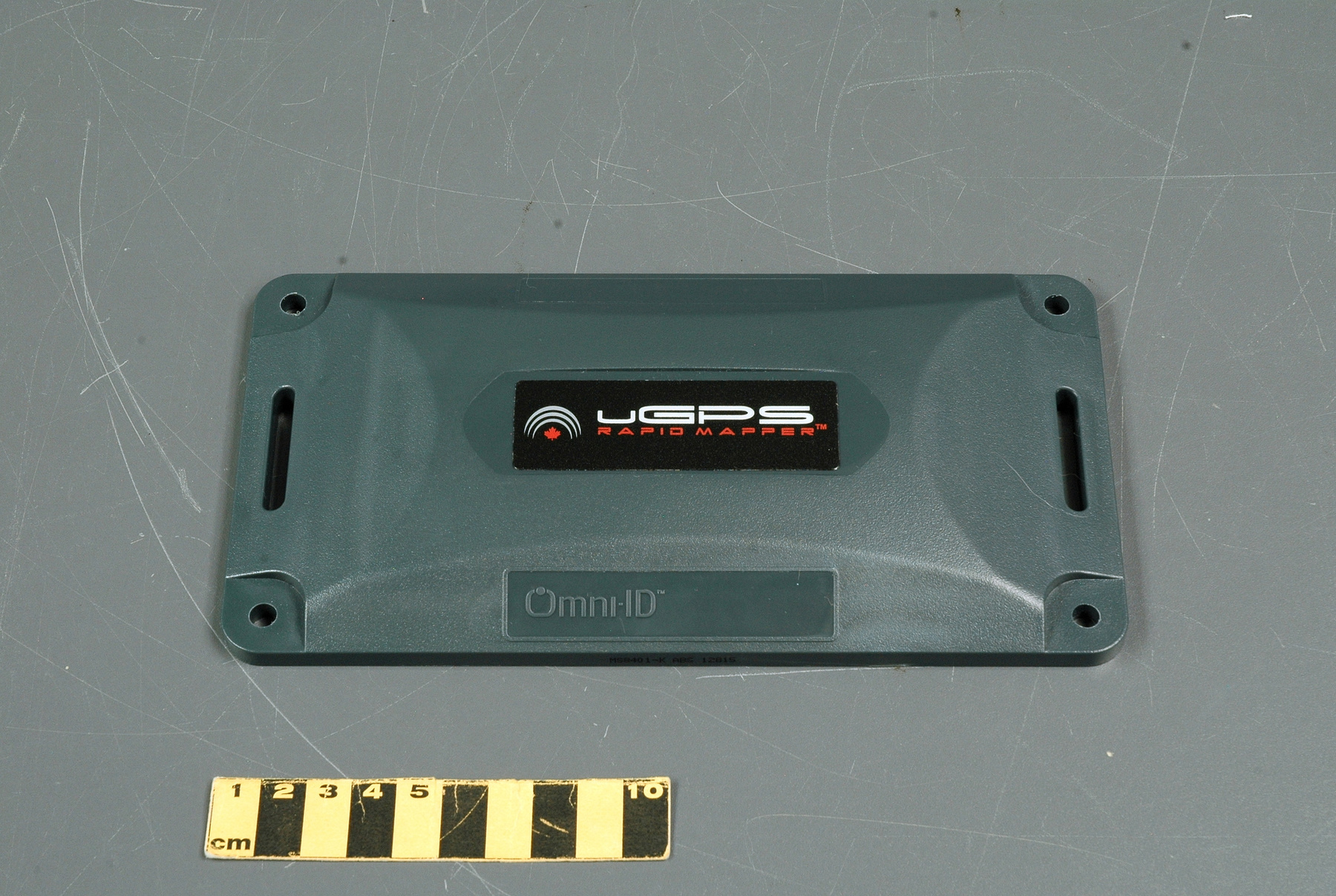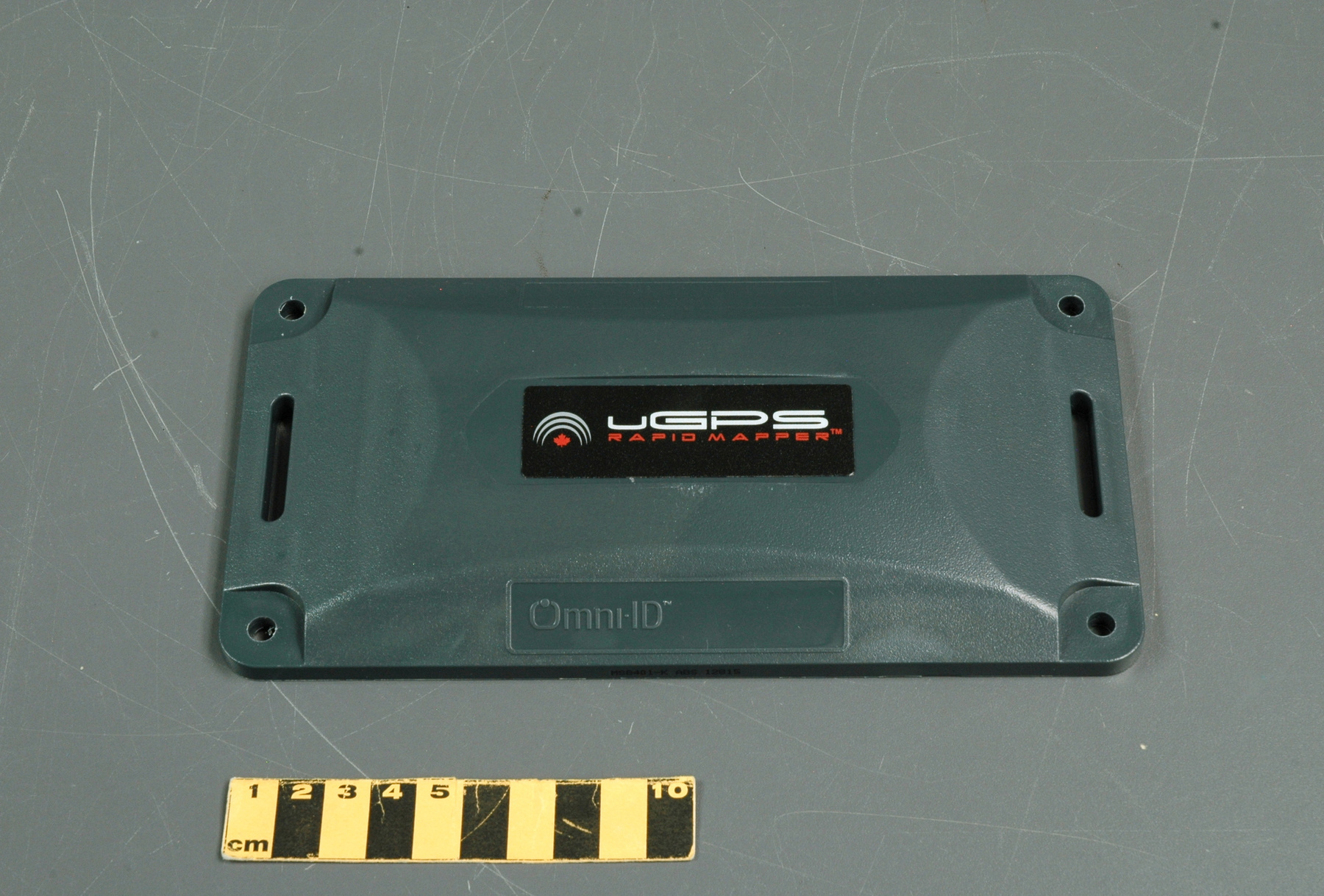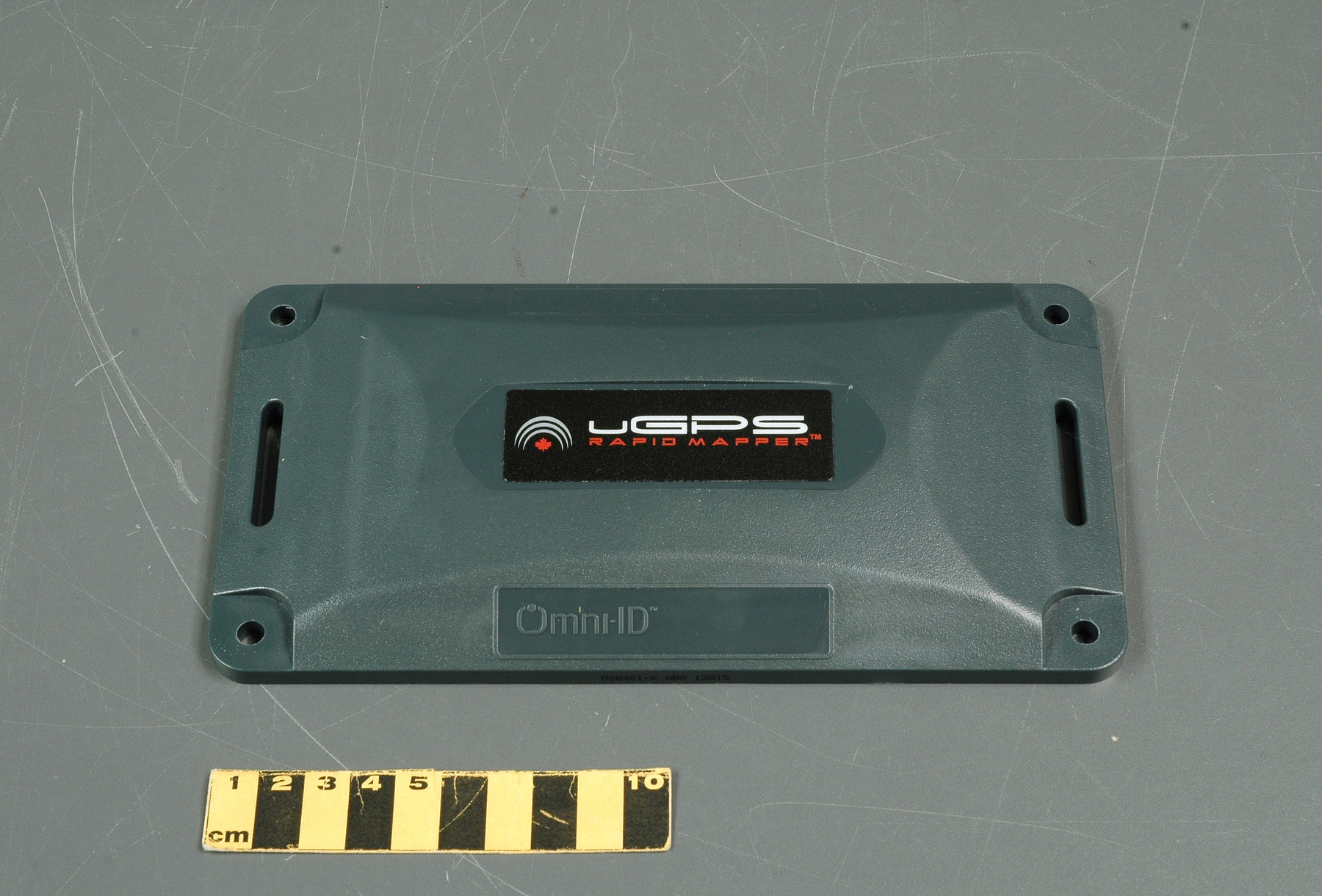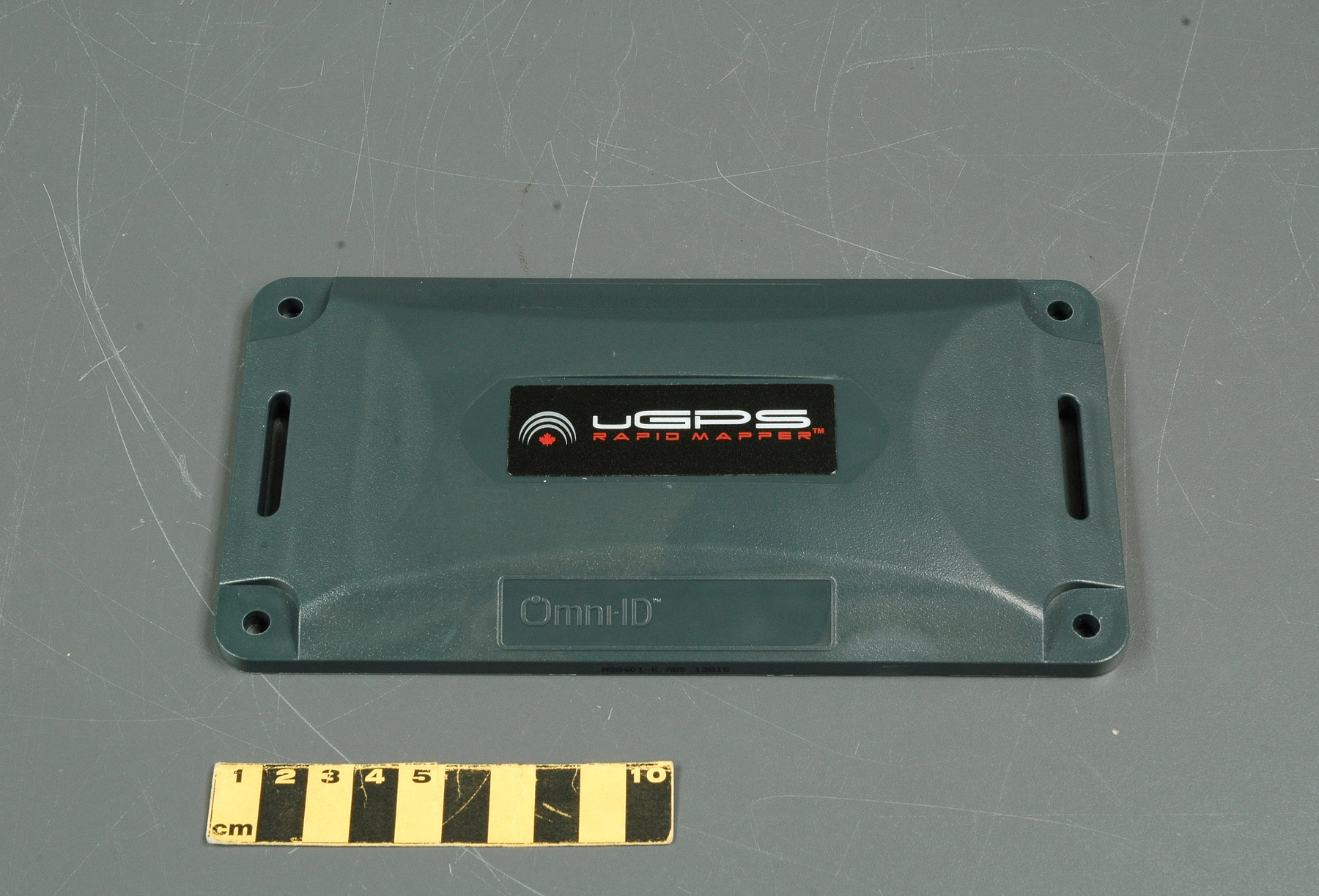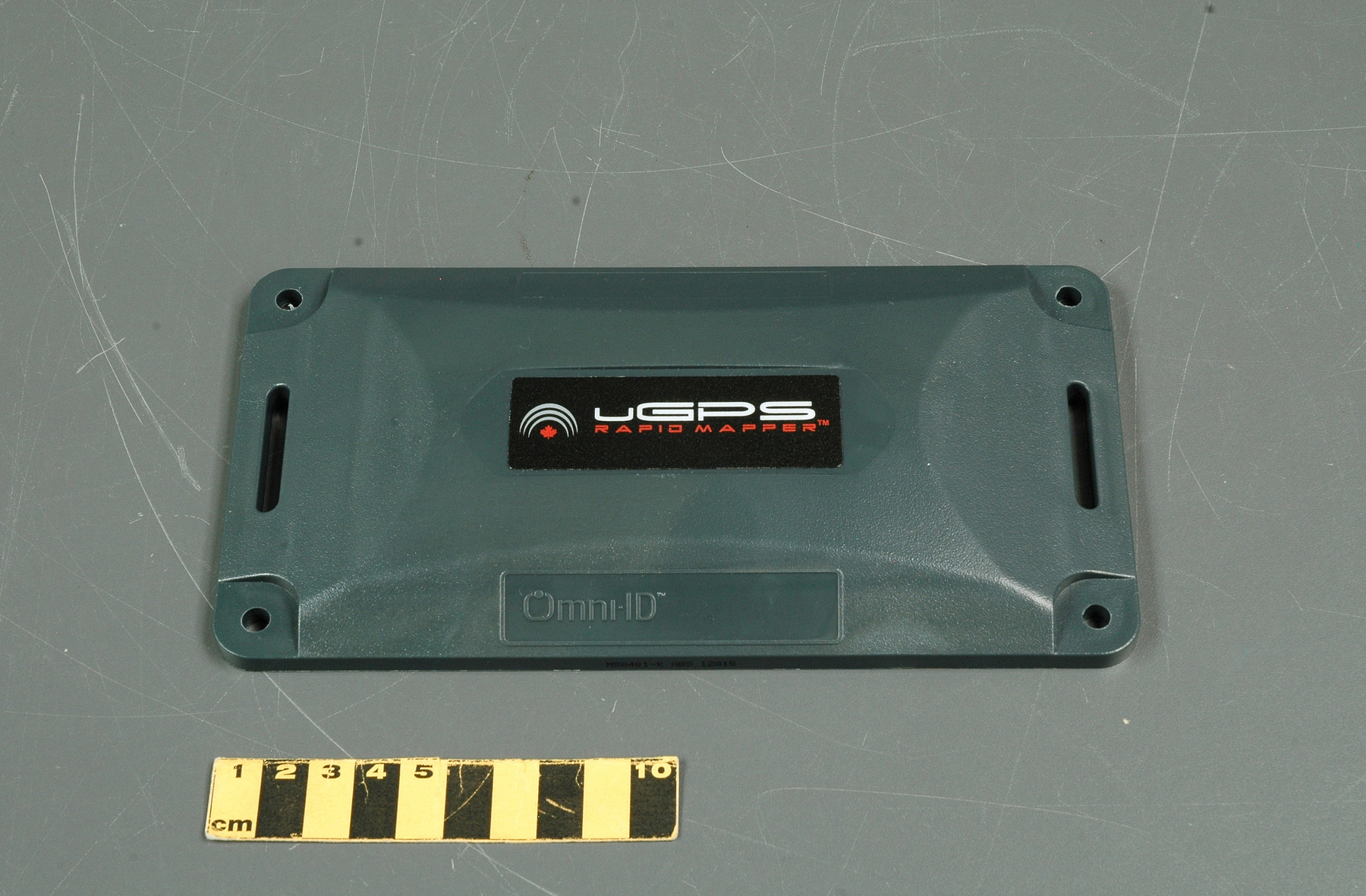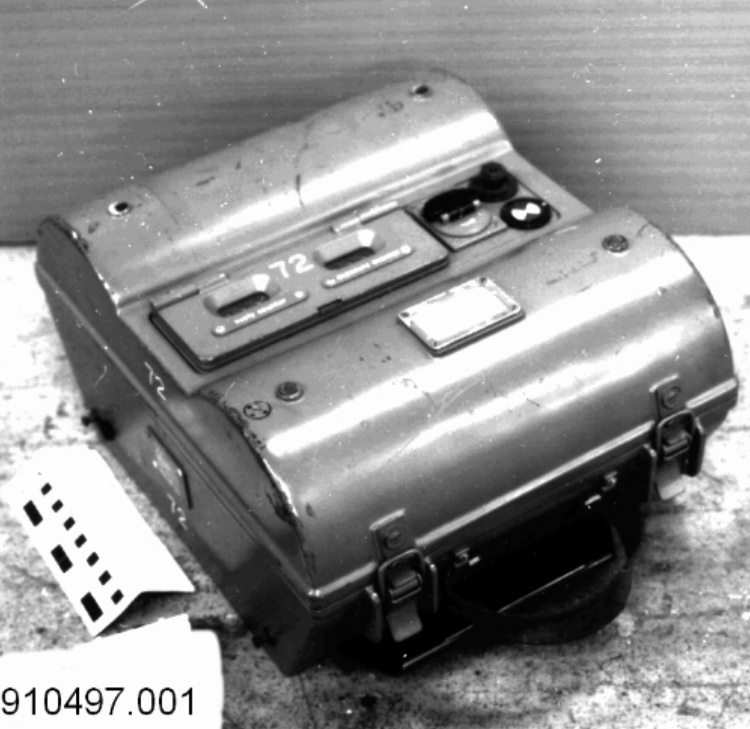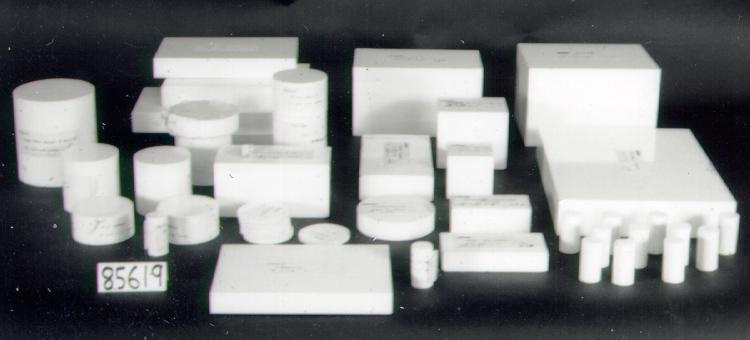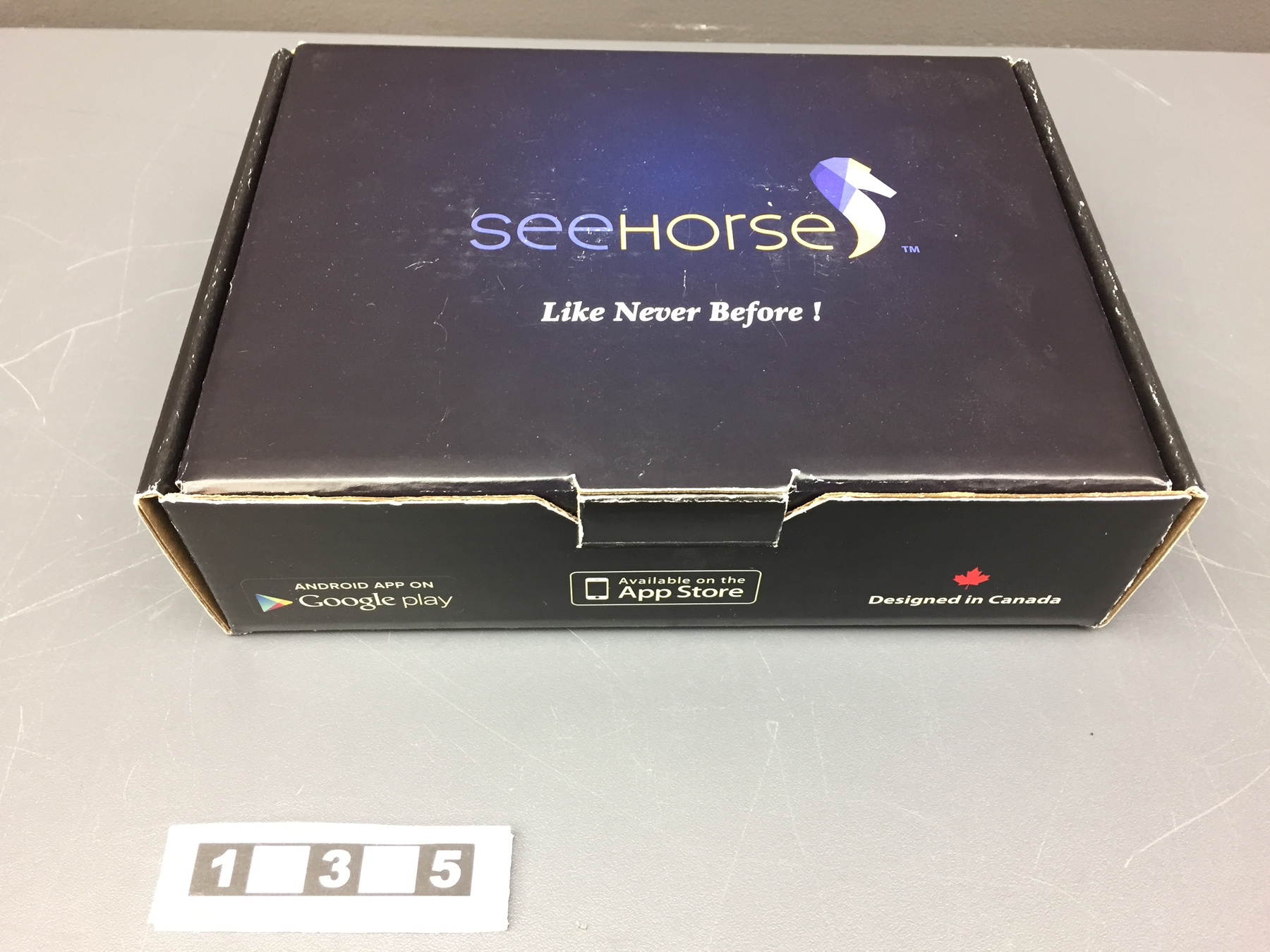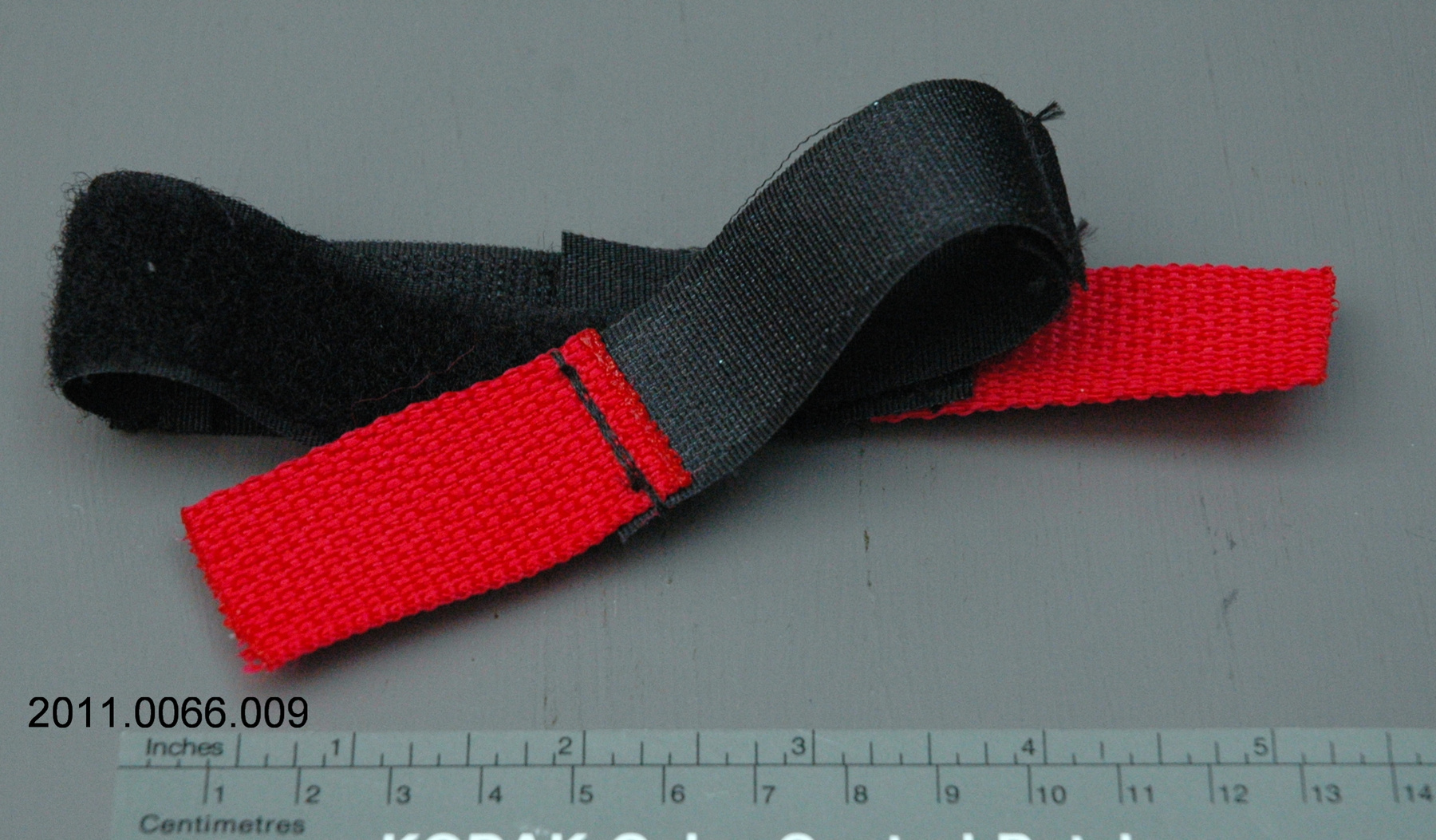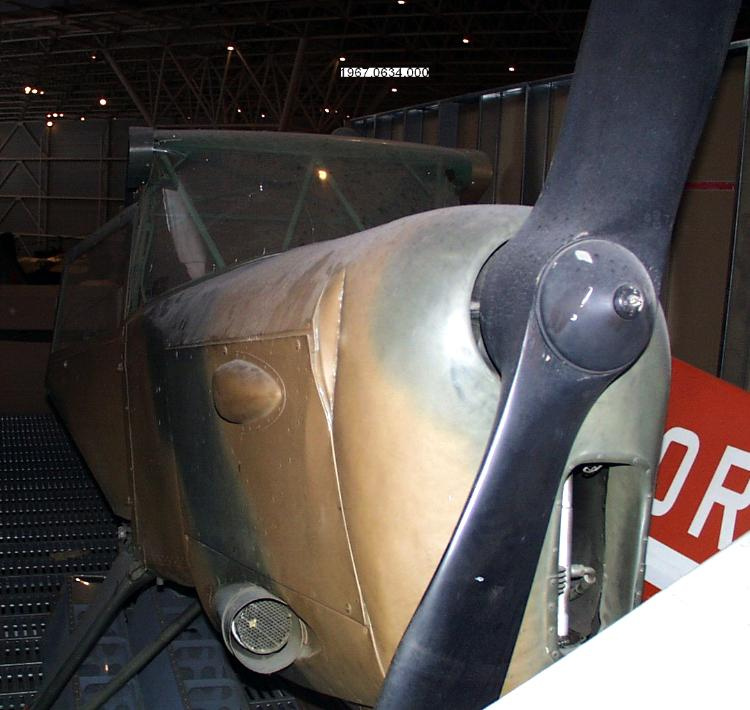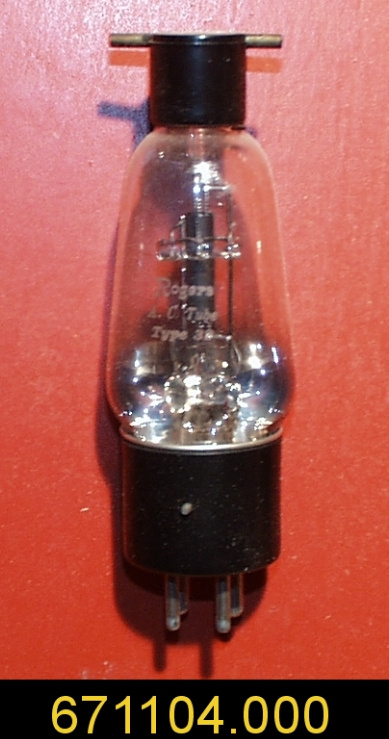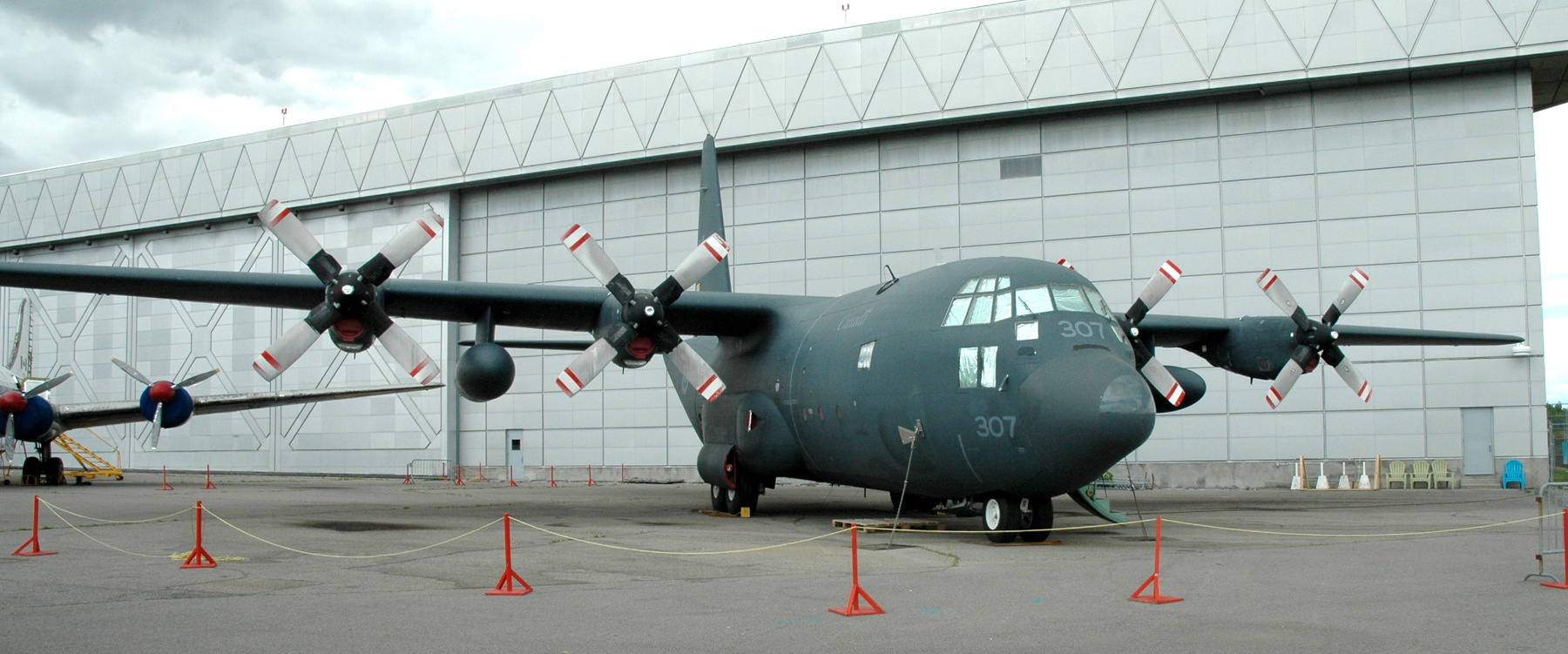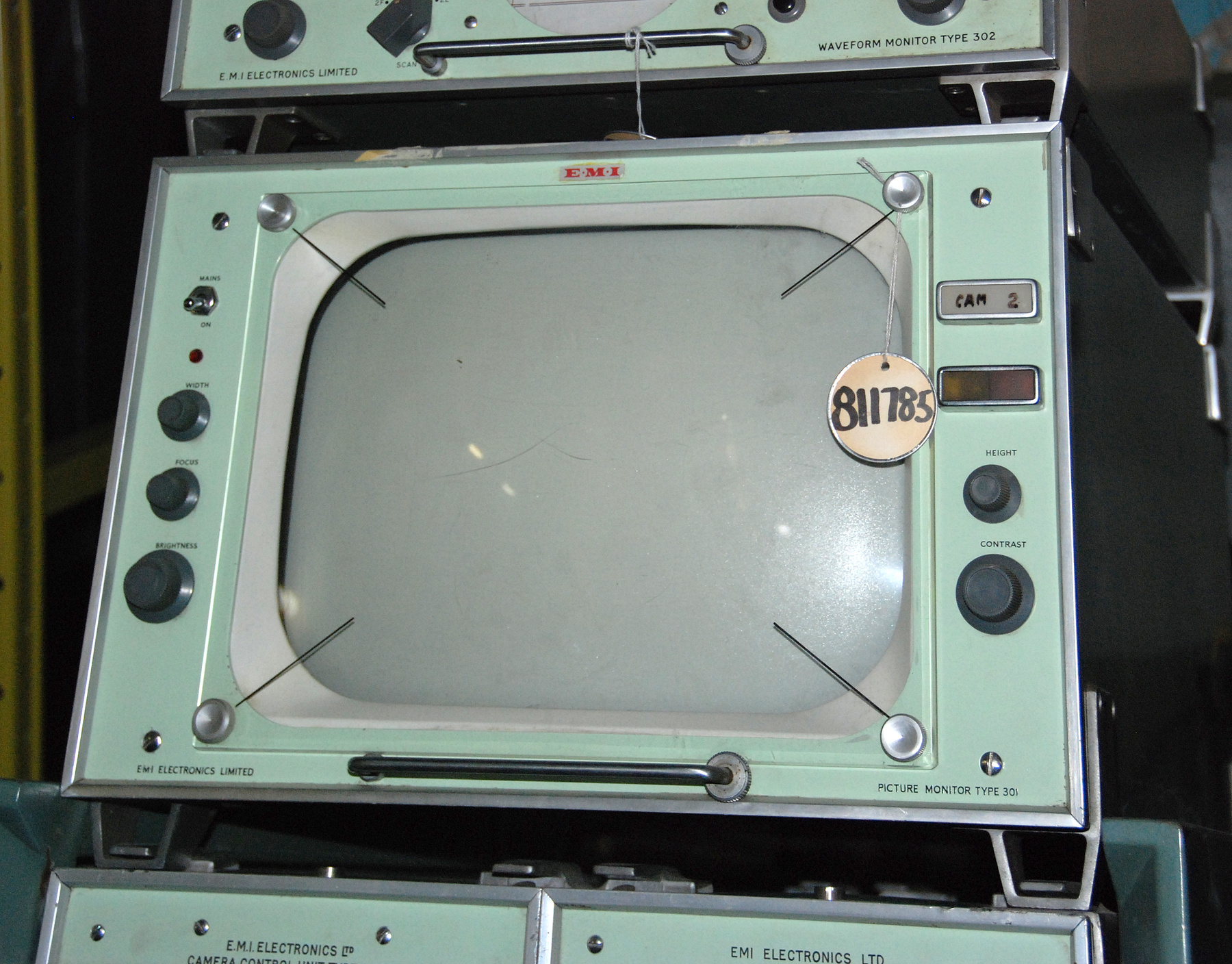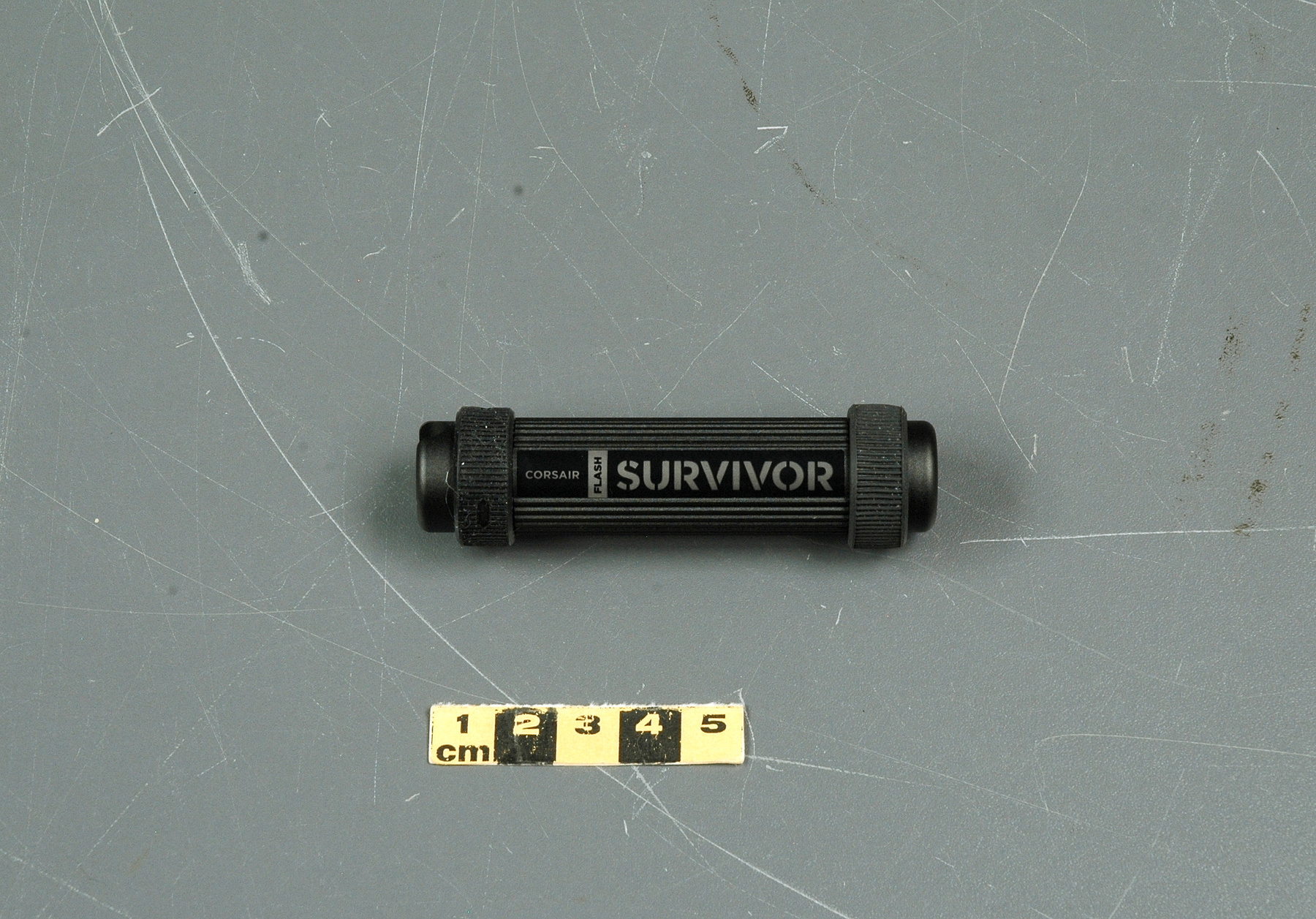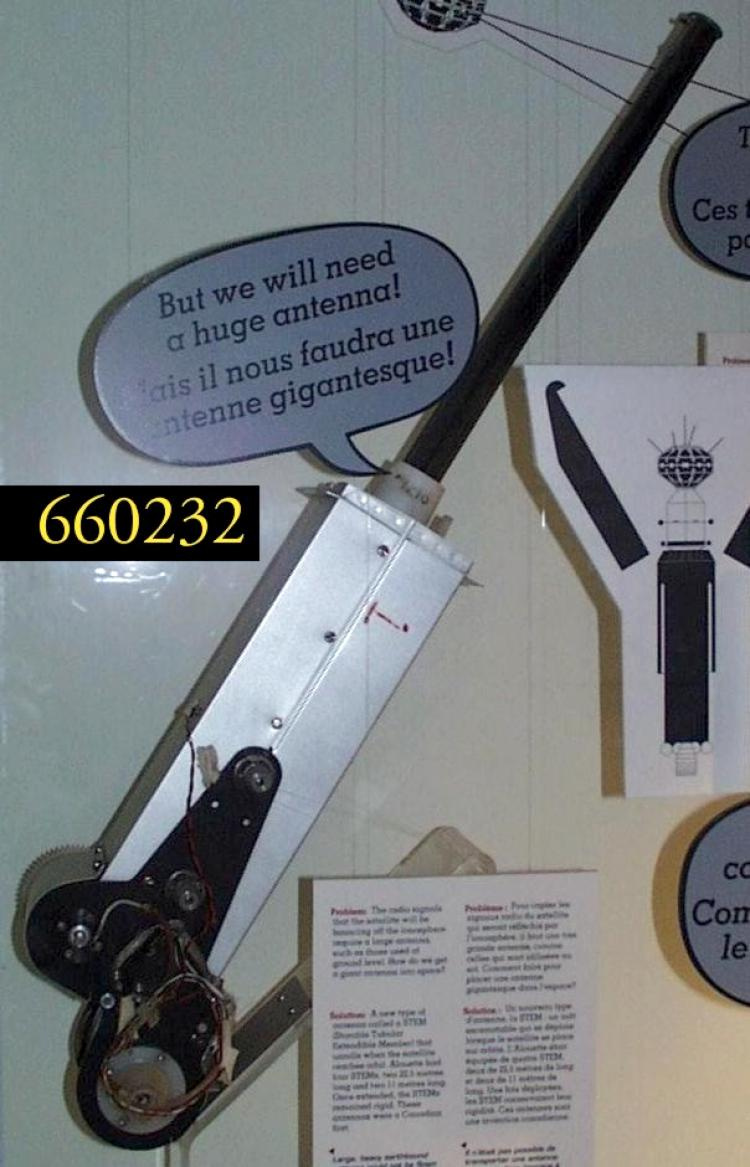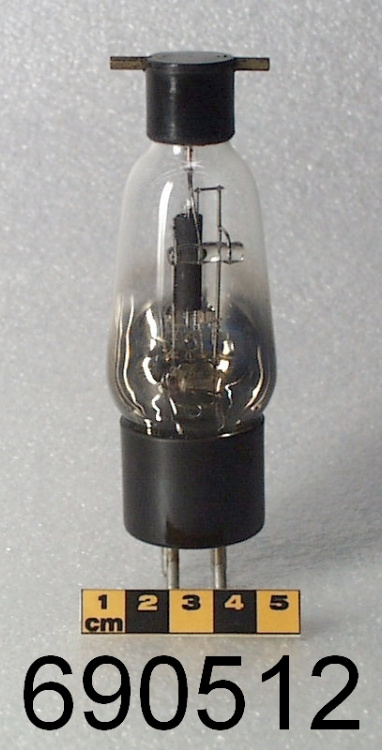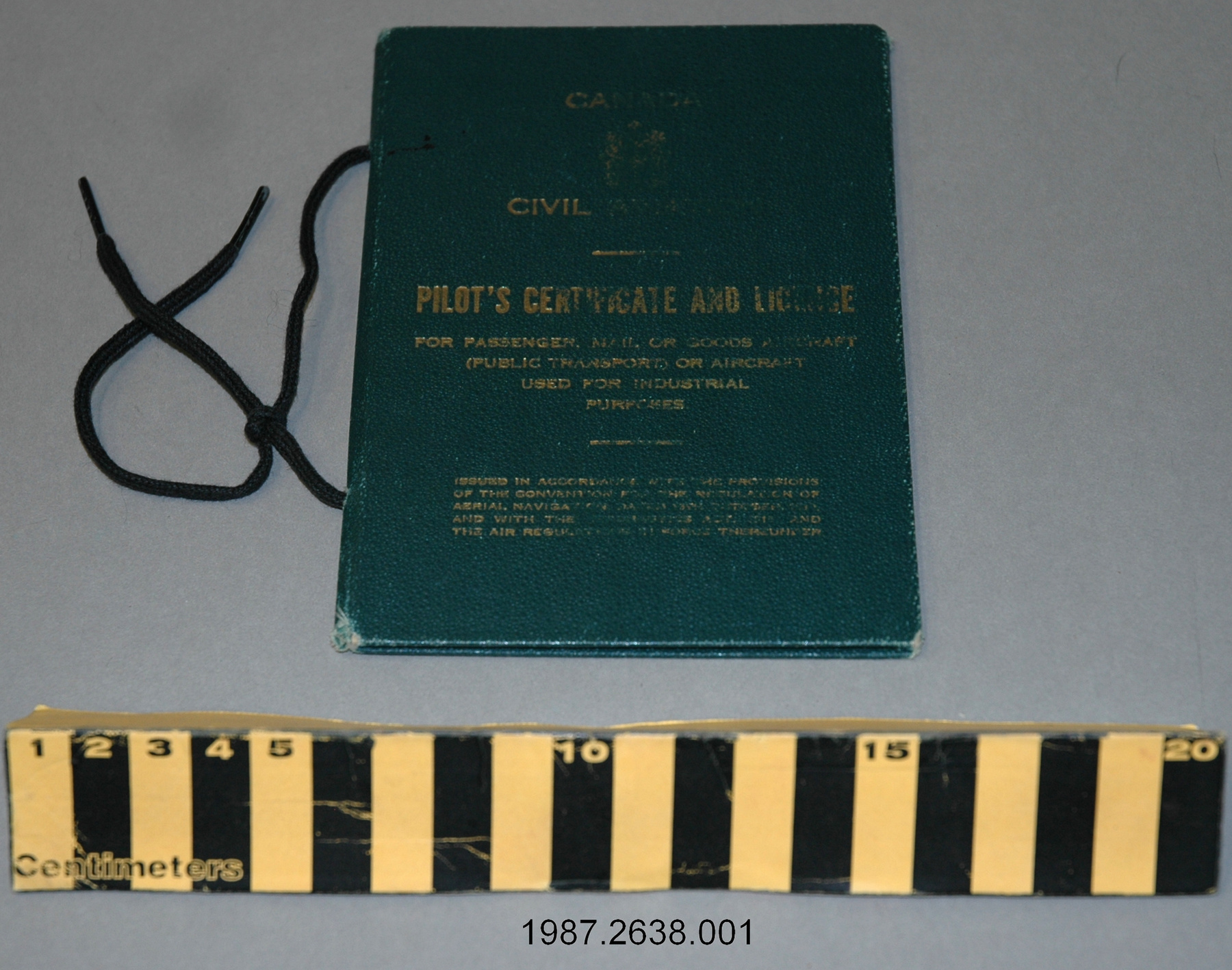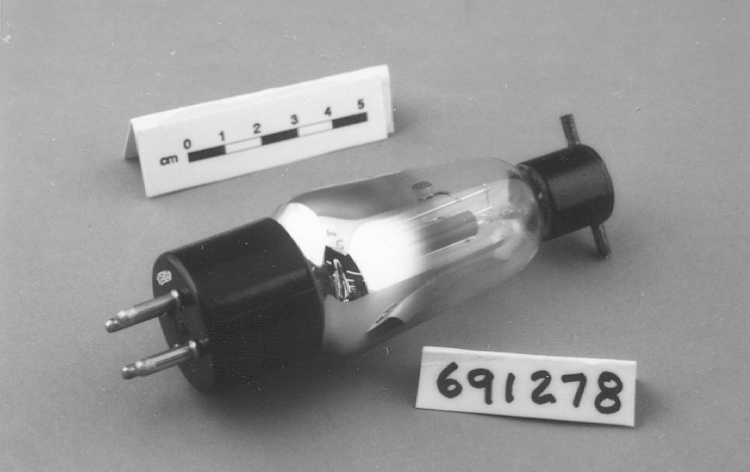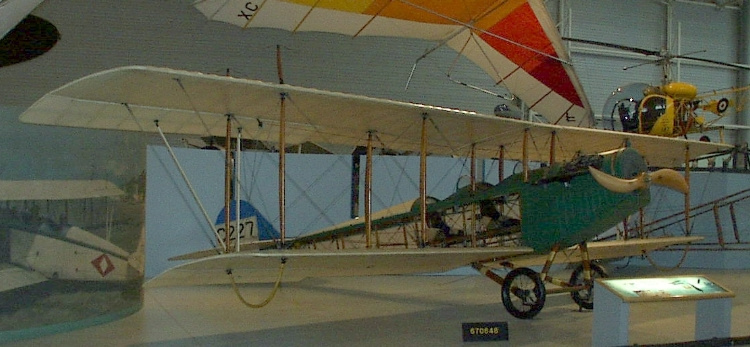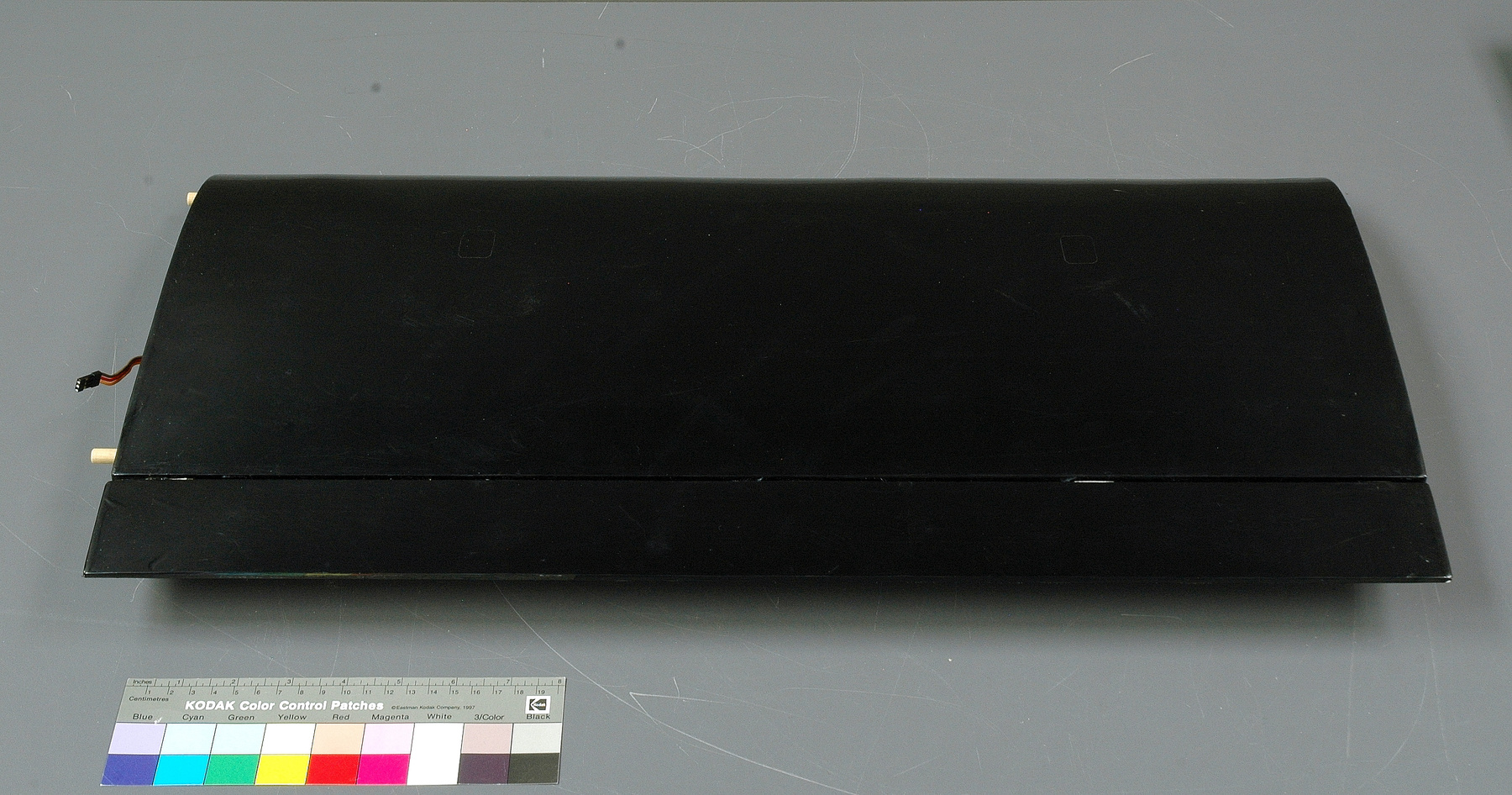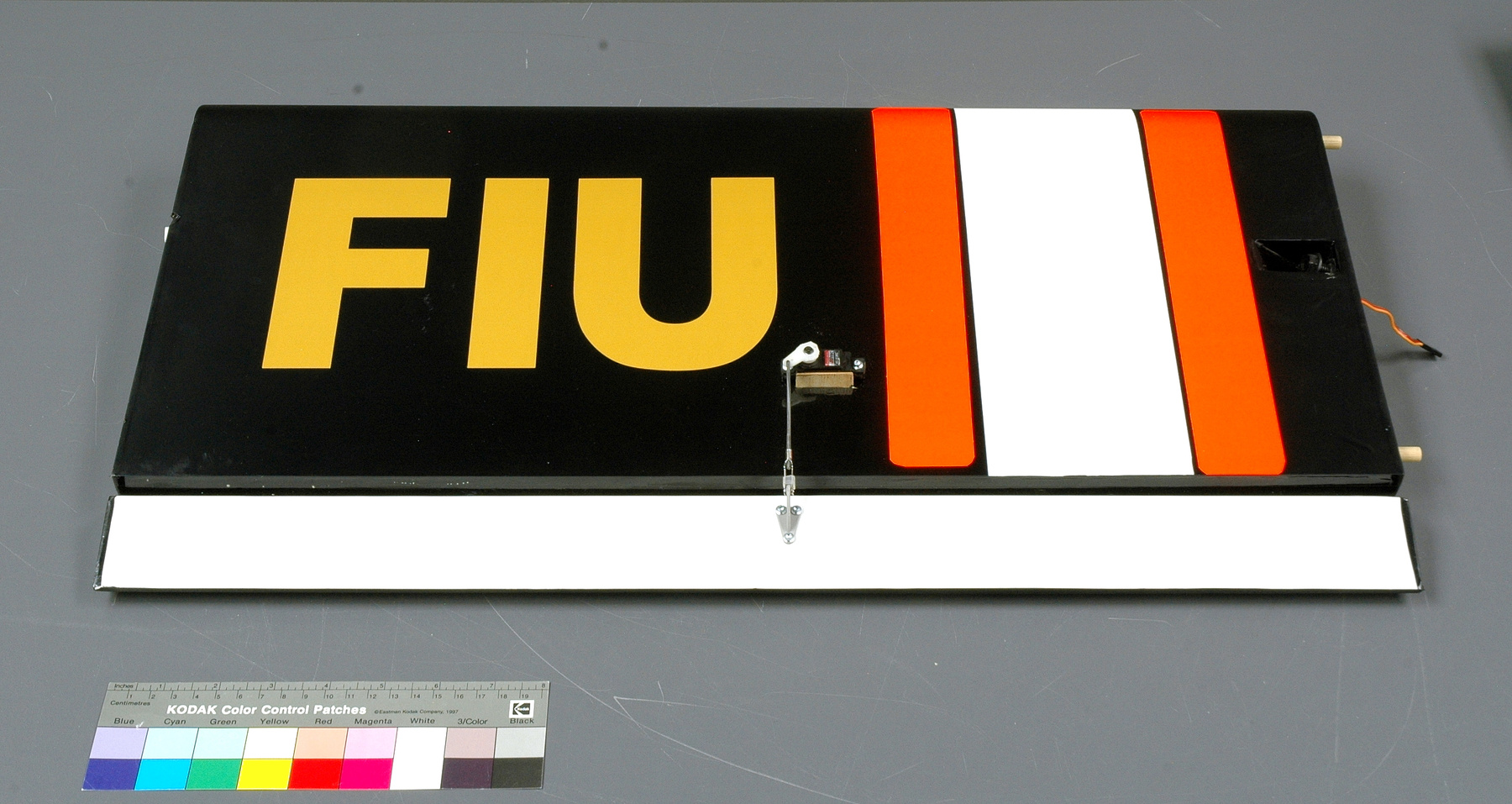Aile
Utiliser cette image
Puis-je réutiliser cette image sans autorisation? Oui
Les images sur le portail de la collection d’Ingenium ont la licence Creative Commons suivante :
Copyright Ingenium / CC BY-NC-ND (Attribution-NonCommercial 4.0 International (CC BY-NC 4.0)
ATTRIBUER CETTE IMAGE
Ingenium,
2011.0158.004
Permalien:
Ingenium diffuse cette image sous le cadre de licence Creative Commons et encourage son téléchargement et sa réutilisation à des fins non commerciales. Veuillez mentionner Ingenium et citer le numéro de l’artefact.
TÉLÉCHARGER L’IMAGEACHETER CETTE IMAGE
Cette image peut être utilisée gratuitement pour des fins non commerciales.
Pour un usage commercial, veuillez consulter nos frais de reproduction et communiquer avec nous pour acheter l’image.
- TYPE D’OBJET
- UAV/civilian/aerial survey
- DATE
- 2005–2007
- NUMÉRO DE L’ARTEFACT
- 2011.0158.004
- FABRICANT
- Sharpe, Marc
- MODÈLE
- Inconnu
- EMPLACEMENT
- Kenora, Ontario, Canada
Plus d’information
Renseignements généraux
- Nº de série
- S/O
- Nº de partie
- 4
- Nombre total de parties
- 25
- Ou
- Wing starboard section
- Brevets
- S/O
- Description générale
- Wood frame with a synthetic skin and wire coverings and metal rods.
Dimensions
Remarque : Cette information reflète la taille générale pour l’entreposage et ne représente pas nécessairement les véritables dimensions de l’objet.
- Longueur
- 65,0 cm
- Largeur
- 33,0 cm
- Hauteur
- 5,8 cm
- Épaisseur
- S/O
- Poids
- S/O
- Diamètre
- S/O
- Volume
- S/O
Lexique
- Groupe
- Aviation
- Catégorie
- Pièces d'aéronef
- Sous-catégorie
- S/O
Fabricant
- Ou
- Sharpe
- Pays
- Canada
- État/province
- Ontario
- Ville
- Kenora
Contexte
- Pays
- Canada
- État/province
- Ontario
- Période
- 2007-2009
- Canada
-
Unmanned Aerial Vehicles, or UAVs, have existed as long as manned aircraft. They have been operated mainly by the military, but recent technological changes are expanding the ways they are used. Wayne Crowe, of Unmanned Systems Canada, writes that “rapid miniaturization of electronics of all sorts and developments in communications technologies, optical sensors and access to cheap, flexible computing devices” have made UAVs more affordable and increased the range of possible civilian applications. In the past decade, UAVs have been used in Canada for the following civilian tasks: photo reconnaissance by police forces; aerial photography; crop monitoring; industrial safety inspections; iceberg monitoring; wildlife research and surveillance; coastal surveillance; geophysical surveys; forest fire monitoring; search and rescue applications (disaster relief); flood monitoring; power line surveys; pipeline monitoring and maintenance; dam inspections; border and harbour patrols; and arctic research and monitoring. People in the field of unmanned vehicles believe that the number of civilian UAVs will continue to increase, arguing that UAVs can have many benefits over manned aircraft, such as cost, environmental situations in which they can be used, and the length of time they can be flown. Though there are a growing number of civilian UAVs, the regularity with which they can be used is severely limited by government regulations. Operators of “non-hobby” UAVs need Transport Canada’s permission to fly their aircraft. Since the Canadian Aviation Regulations (CARs) were written for manned aircraft and do not specifically cover UAVS, operators must apply for a Special Flight Operating Certificate (SFOC). SFOCs limit where the UAV can be used, must be applied for for each mission, and take time to obtain. The UAV being proposed, the FIU-301, was the first UAV to obtain a standing SFOC that is renewable on an annual basis. With this SFOC, the FIU-301 became the first government-approved UAV operated regularly in North America by a civilian agency. FIU-301 was designed and built by Marc Sharpe, Identification Constable for the Kenora Forensic Unit, Ontario Provincial Police (OPP). Along with the Thunder Bay Unit, the Kenora Forensic Unit provides forensic identification services to the OPP’s 560, 000 sq/km Northwest Region with forensic identification services. Constable Sharpe developed the FIU-301 to replace manned aircraft chartered by the OPP to take aerial photos of crime scenes. Sharpe believed a UAV could provide the same service at a much cheaper cost. A number of factors influenced Constable Sharpe’s decision to build a UAV, rather than purchase a commercially produced model. Besides the fact that he had 15 years experience building radio controlled model aircraft and he looked forward to the challenge, there was nothing available that met his needs and was affordable for the police force. The OPP was unwilling to invest in a lot of money in a technology that had not been regularly employed in North America,. Sharpe believed that if he “could come up with a proof of concept system that would demonstrate the value of [the] technology, it would lead to use of commercially produced systems in the future.” Constable Sharpe started working on the UAV in early 2005. Having an existing workshop in his garage, he worked out of his home on what was to become the FIU-301. The project took over 400 hours and involved not only the development and testing of three different aircraft, but also consultations with government to produce a SFOC that was good for one year and was not limited to a specific time or location. The FIU-301’s first operational mission was on 3 October, 2007, at a homicide scene on the Severn River, 4 km upstream from Hudson’s Bay. Over the next year, the FIU-301 was used at the scenes of six other homicides and saved the police force an estimated $20,000. Images from these missions were used as evidence in court. The FIU-301’s success led to Marc Sharpe and the OPP’s further involvement the UAV community. Sharpe and the OPP have been offered commercially produced UAVs by three different companies in exchange for operational assessments. Only two of these UAVs, Draganfly Innovations Inc.’s X-6 and Aeryon Labs Inc.’s Scout, both Canadian, received Federal approval. (The X-6 made the FIU-301 obsolete, and it was retired 1 January, 2009.) Constable Sharpe is now on the Board of Directors for Unmanned Systems Canada, has organized a workshop training emergency services on UAV use, and was part of a Transport Canada working group that rewrote the ministry’s staff instruction. (From Acquisition Proposal, see Ref. 1) - Fonction
-
Forms the proper right side of the wing of a UAV. - Technique
-
The FIU-301 is technologically significant for a number of reasons. First, it represents developments in, and the decreasing price of, technologies used in UAVs. Though the Kenora OPP does not pay for its commercially produced UAVs, it is significant that Constable Sharpe was able to build one for $3000 and donated electronic components. Second, the homebuilt FIU-301 is an important step in bringing commercially produced UAVs to civilian users. The FIU-301 convinced the OPP that UAVs are a valuable technology and, by testing and promoting commercially produced UAVs, the OPP has marketed them to other emergency services. Third, the FIU-301 was a stage in the continuing technological development of civilian UAV technology. Sharpe learnt what changes were needed for a better UAV by regularly operating the FIU-301. He applied what he learnt in the partnerships he formed with Draganfly and Aeryon Labs. (From Acquisition Proposal, see Ref. 1) - Notes sur la région
-
Inconnu
Détails
- Marques
- On the proper bottom: "FIU"/ On the proper right end: "POLICE"/ Sticker on the proper right end: "Nikon"
- Manque
- Appears complete
- Fini
- Predominantly black finished body. The proper bottom has one white and two orange stripes and has yellow-orange letters.
- Décoration
- On the proper right end of the wing is a Canadian flag.
FAIRE RÉFÉRENCE À CET OBJET
Si vous souhaitez publier de l’information sur cet objet de collection, veuillez indiquer ce qui suit :
Sharpe, Marc, Aile, entre 2005–2007, Numéro de l'artefact 2011.0158, Ingenium - Musées des sciences et de l'innovation du Canada, http://collections.ingeniumcanada.org/fr/item/2011.0158.004/
RÉTROACTION
Envoyer une question ou un commentaire sur cet artefact.
Plus comme ceci

